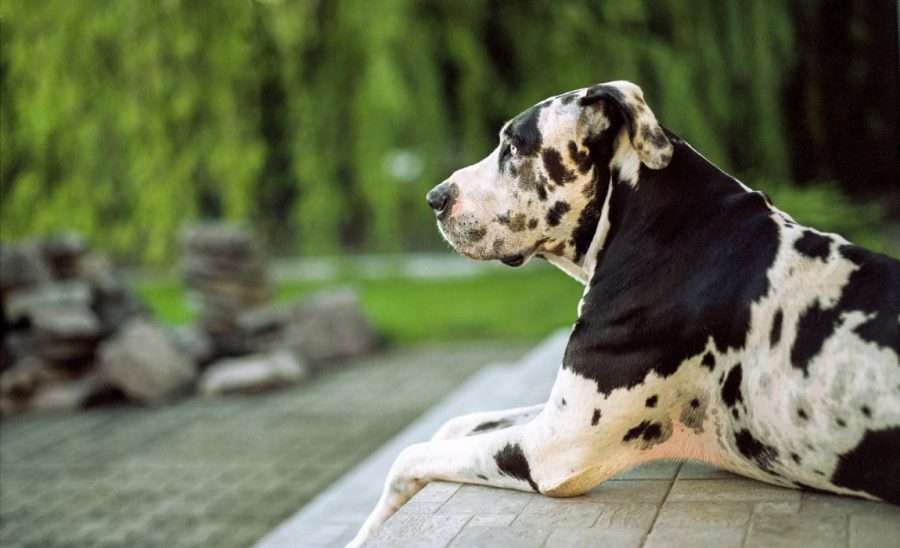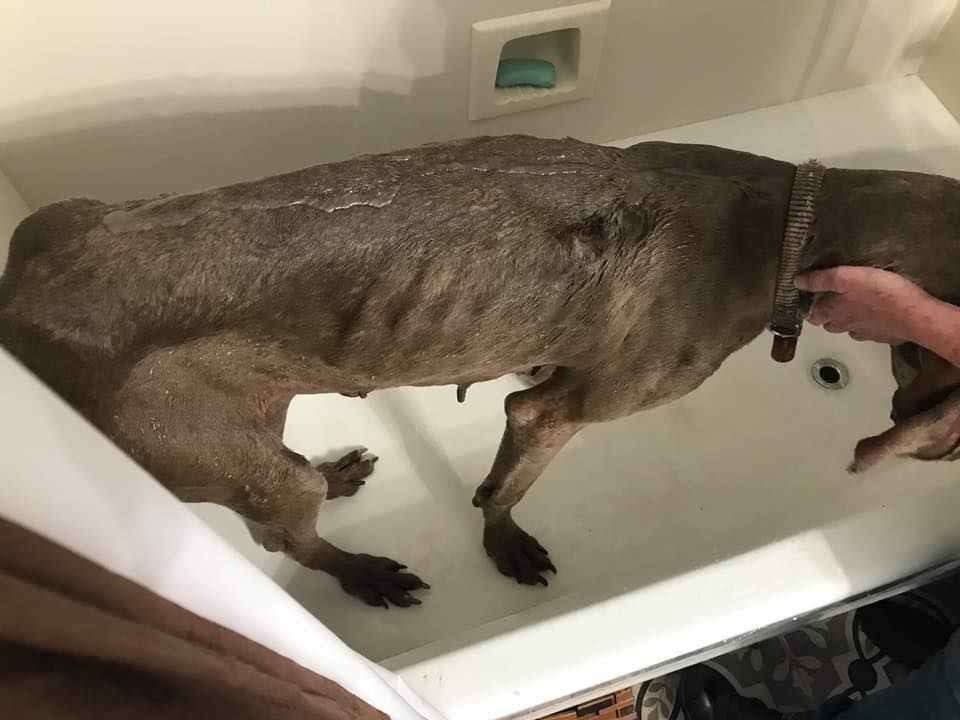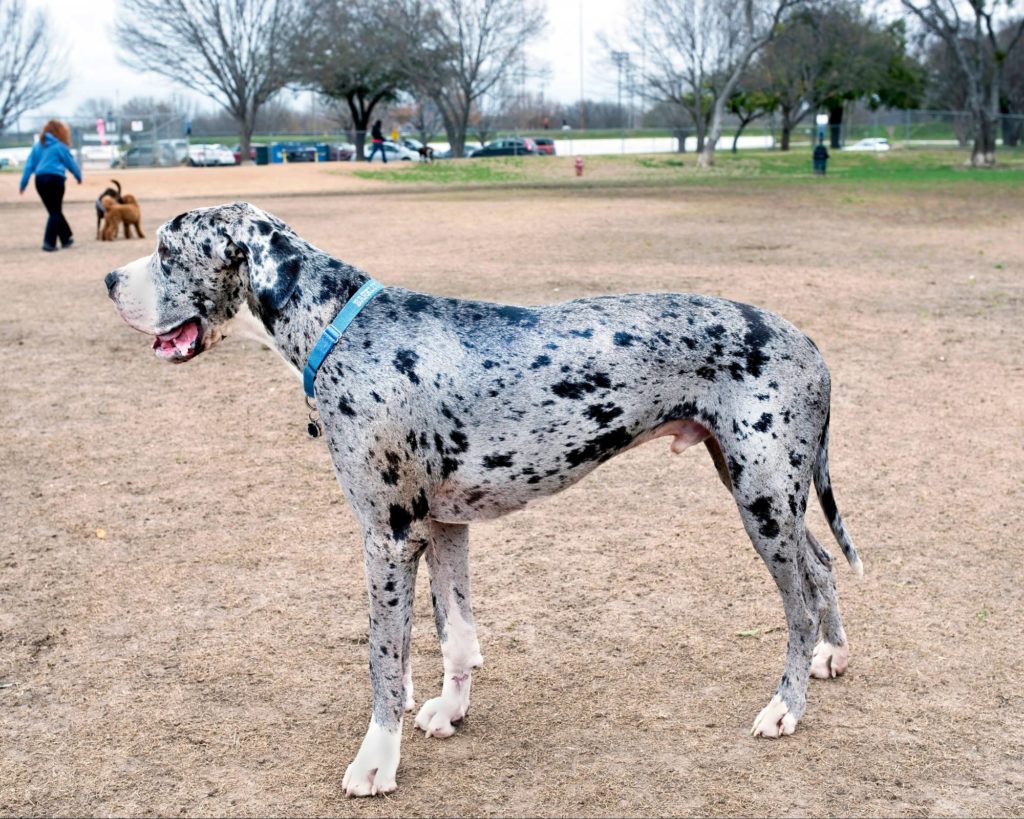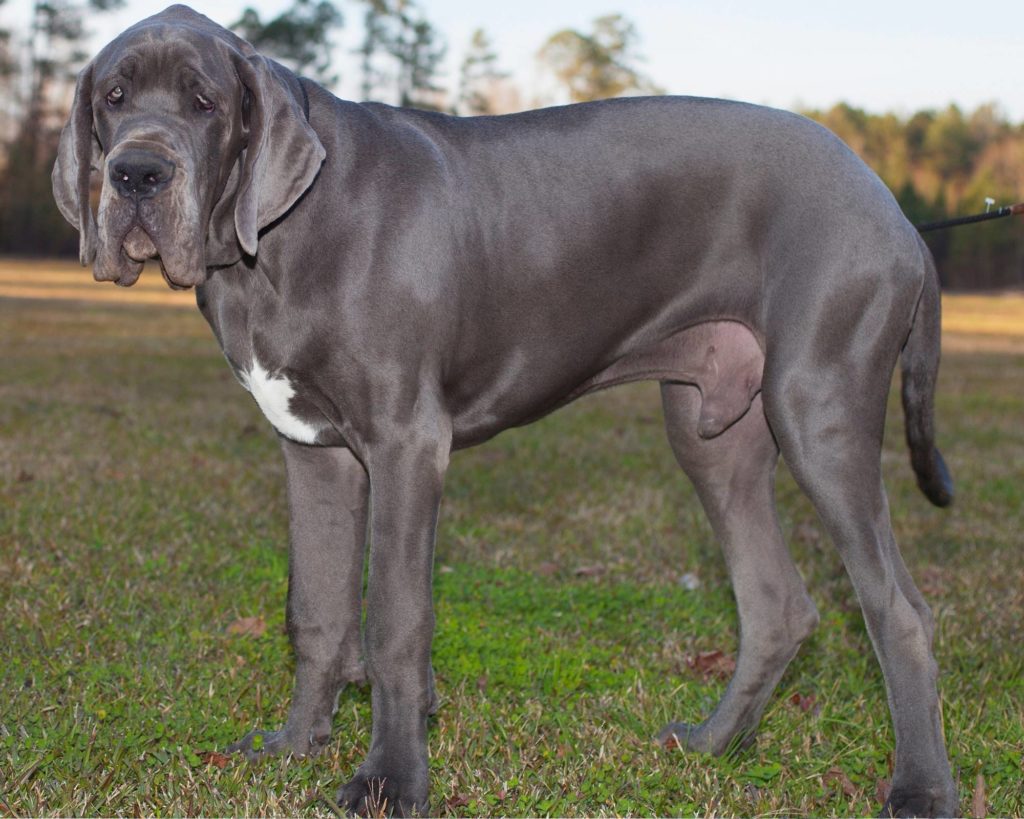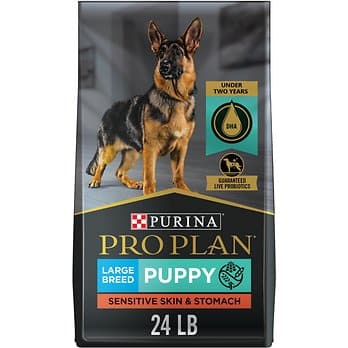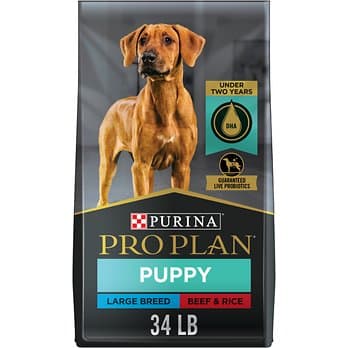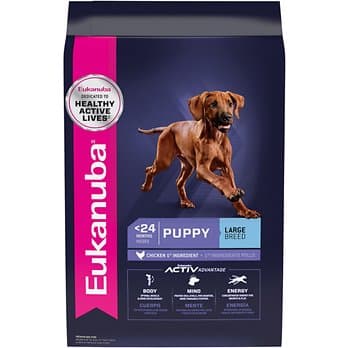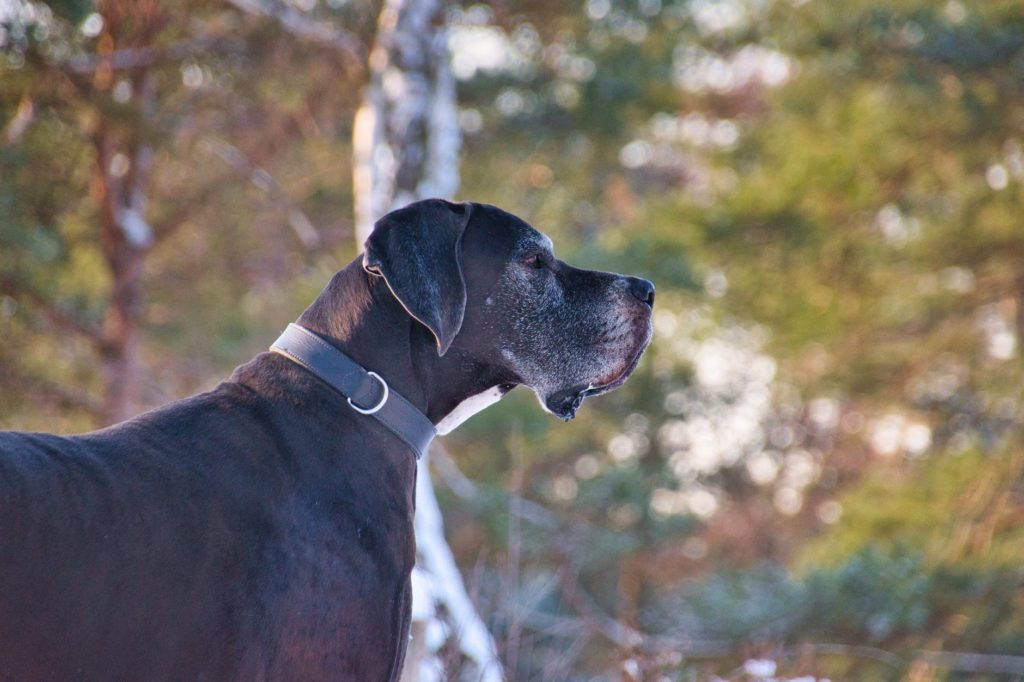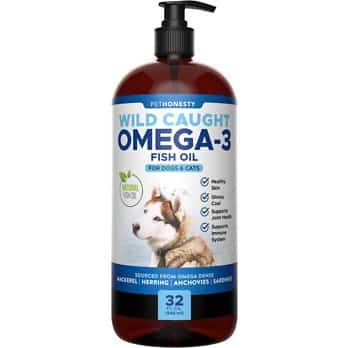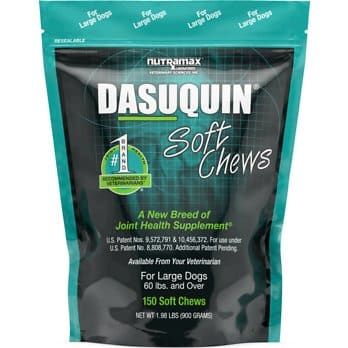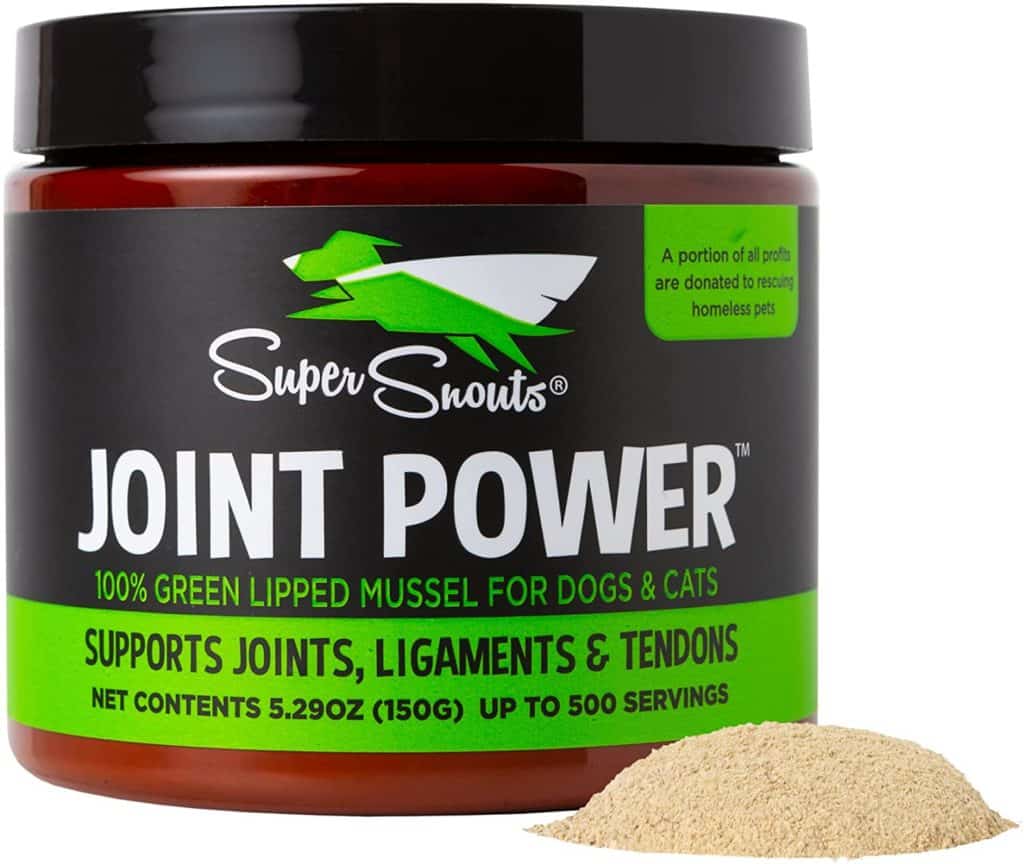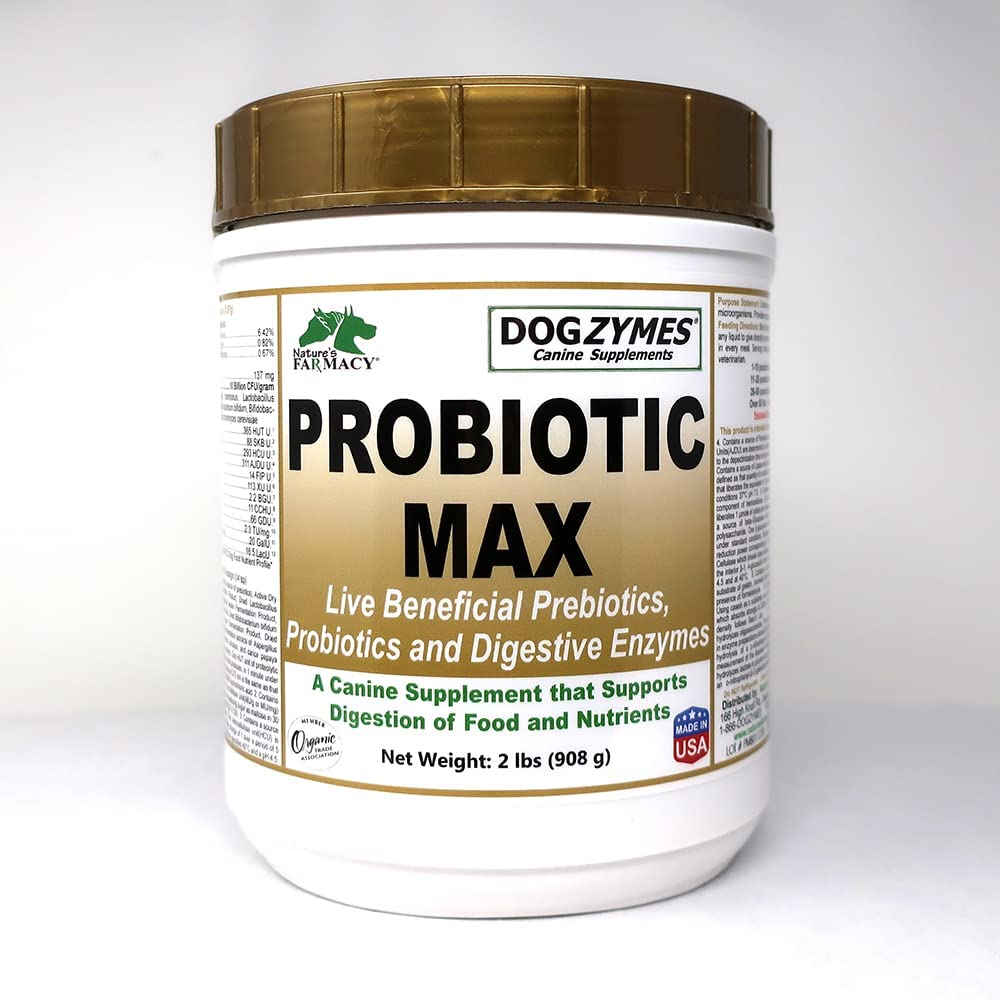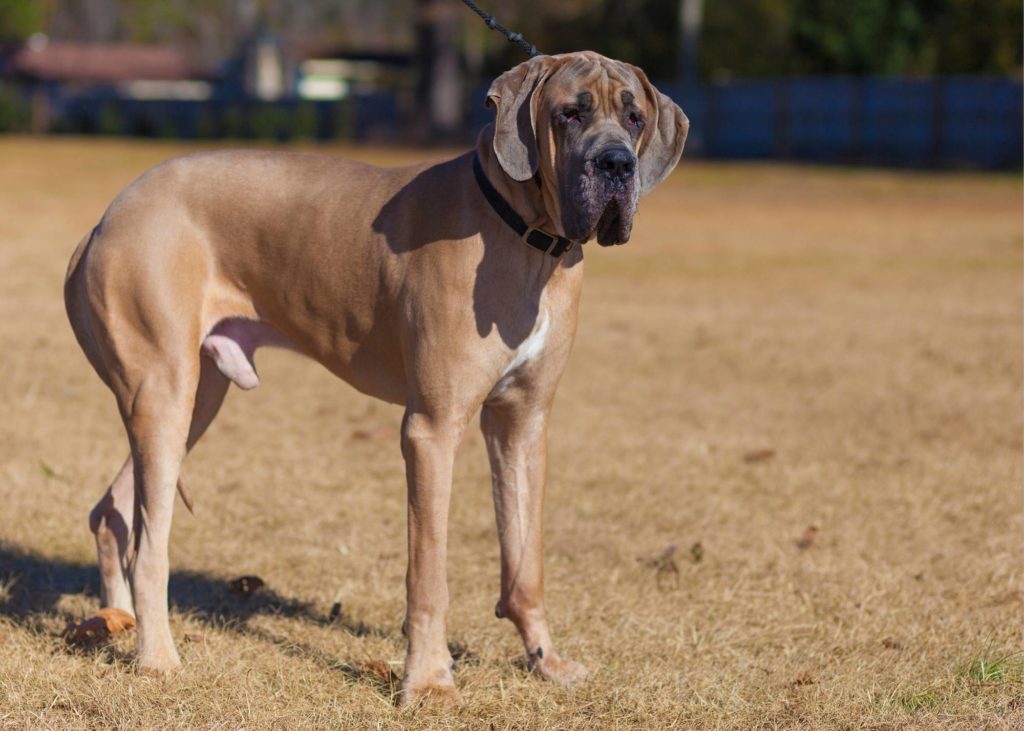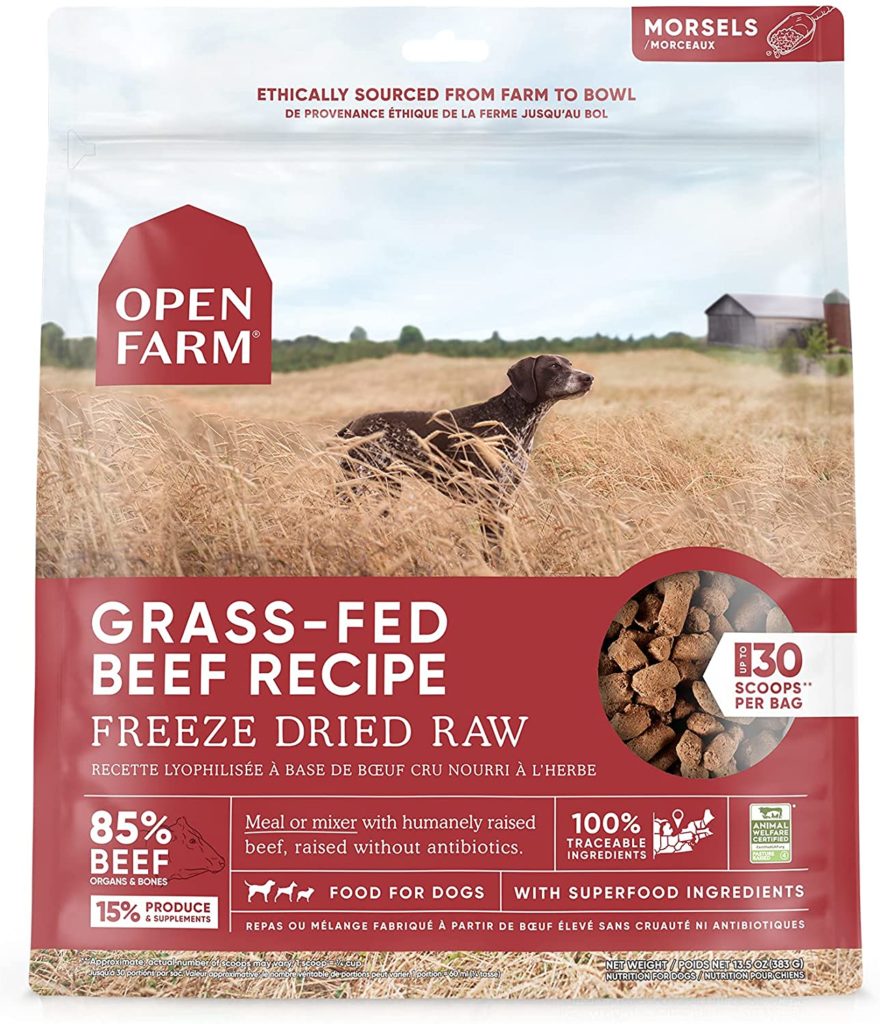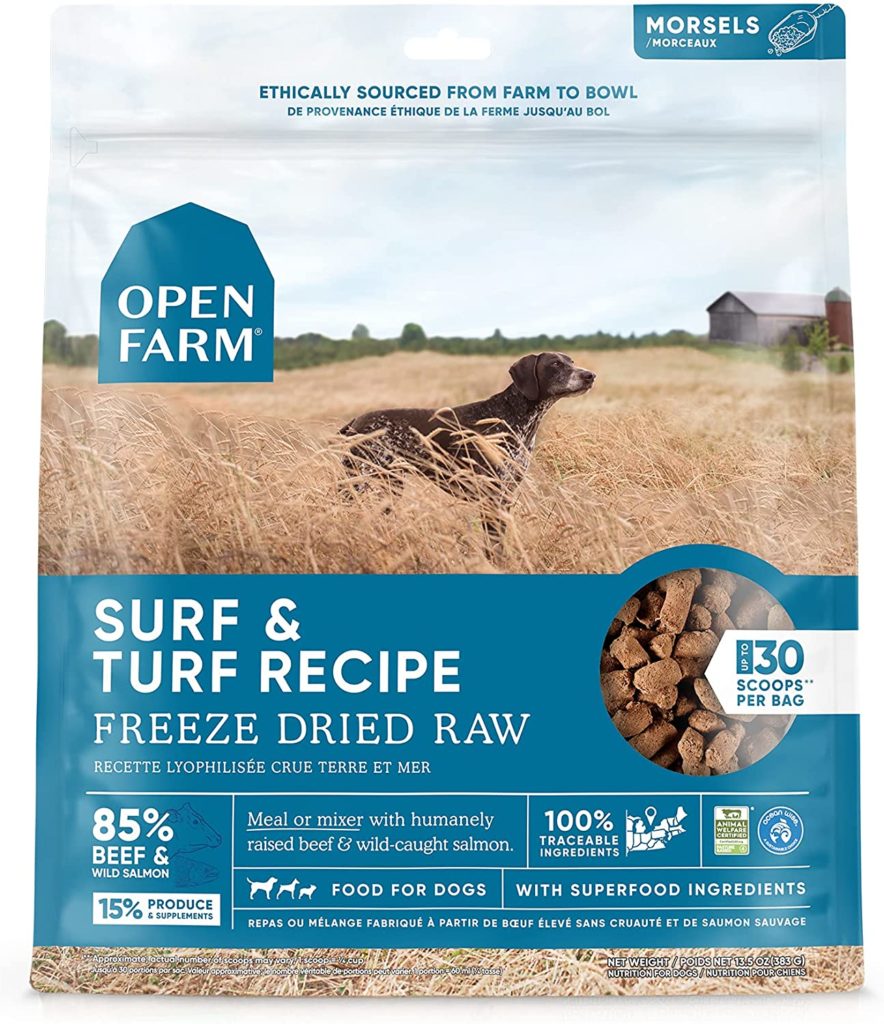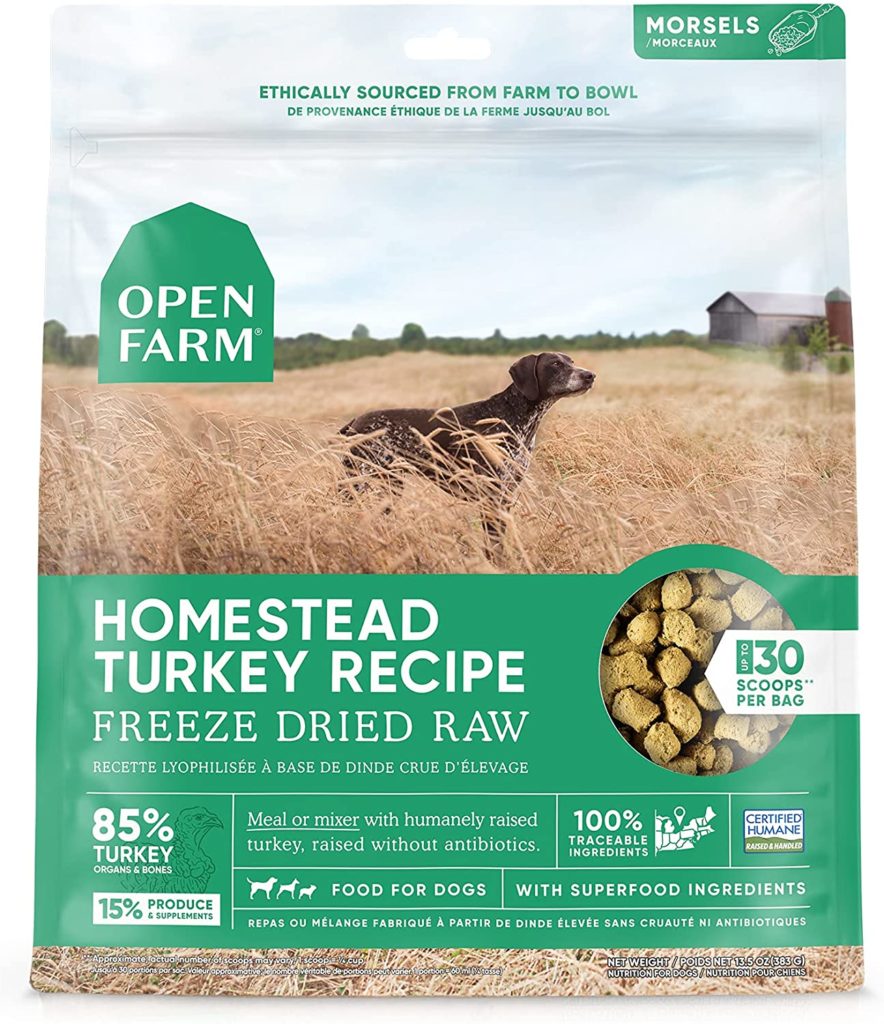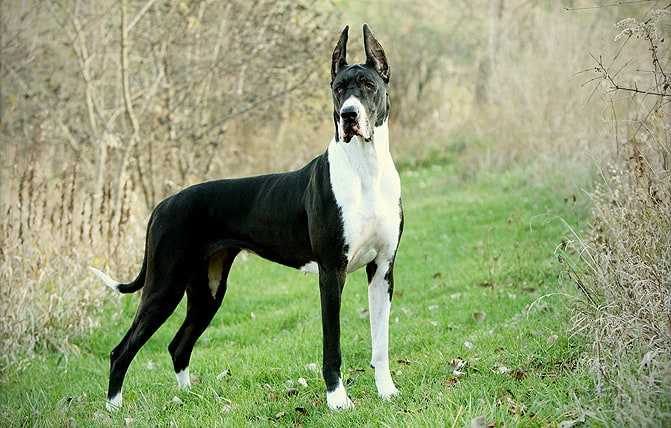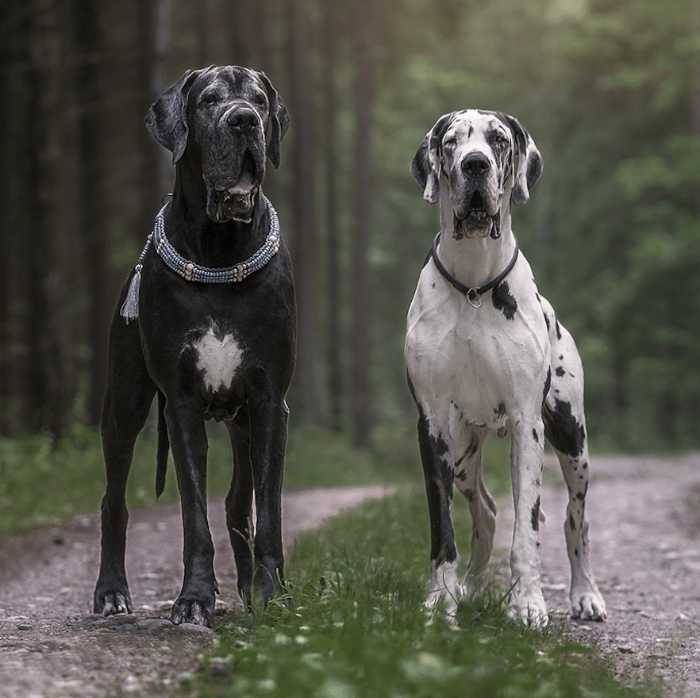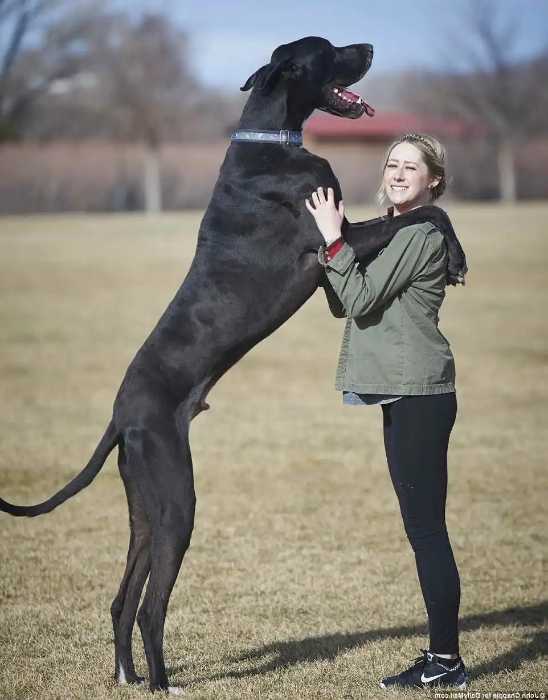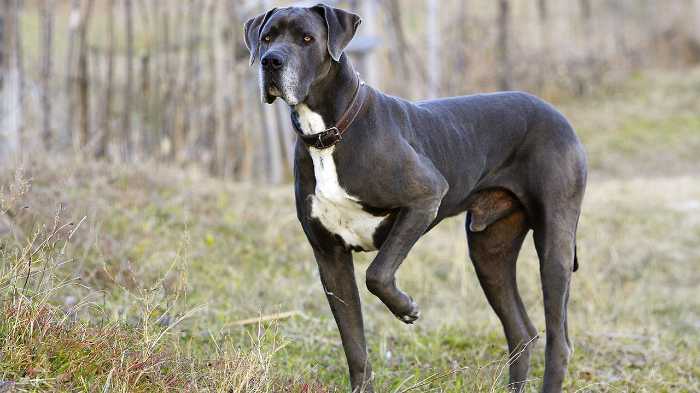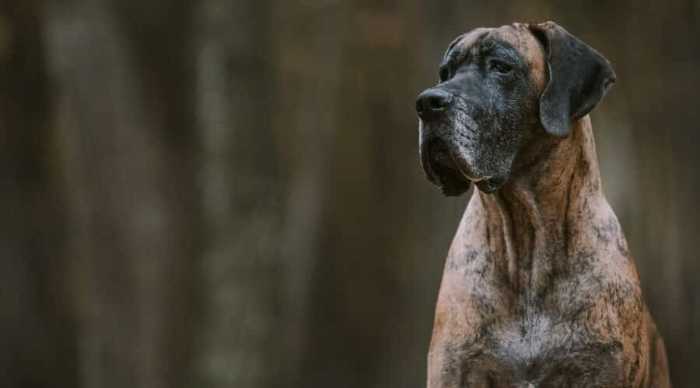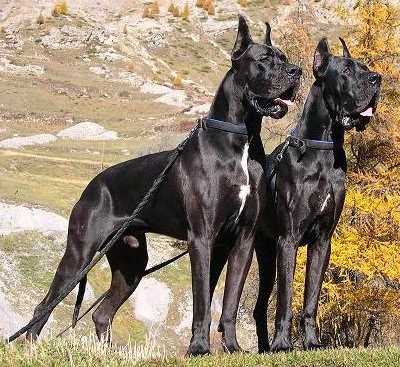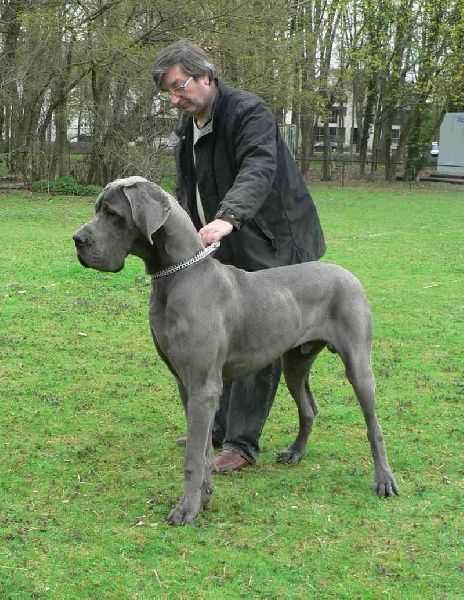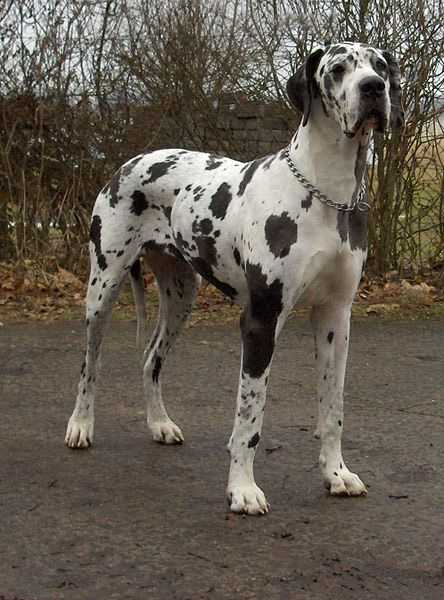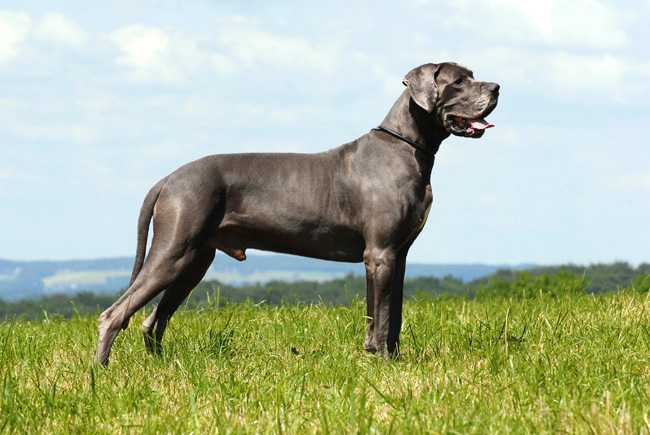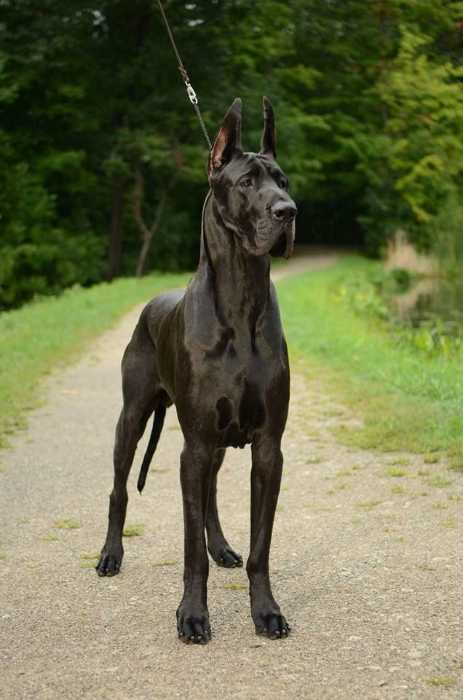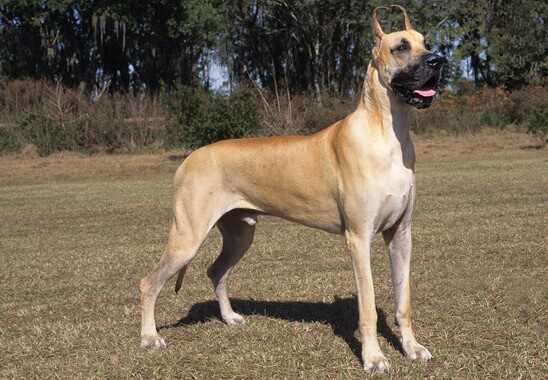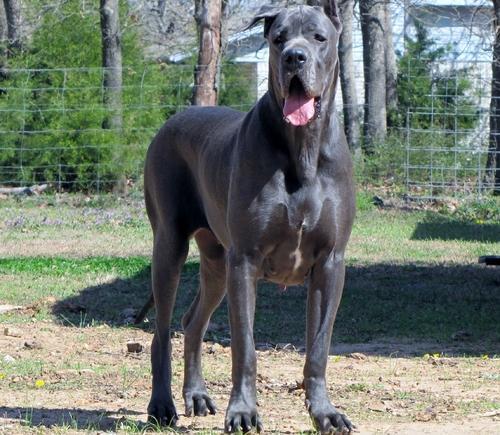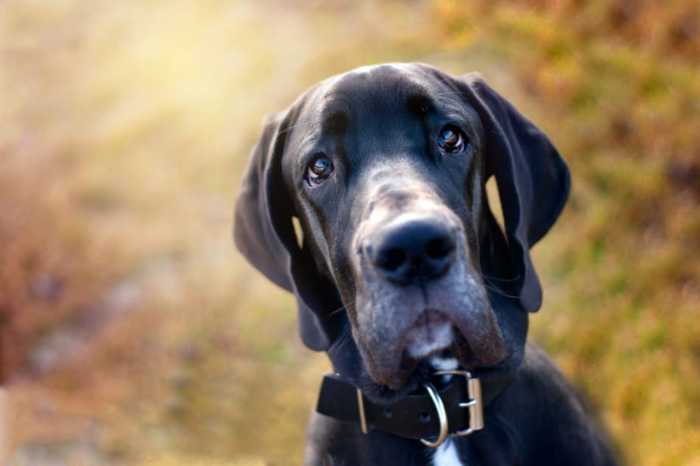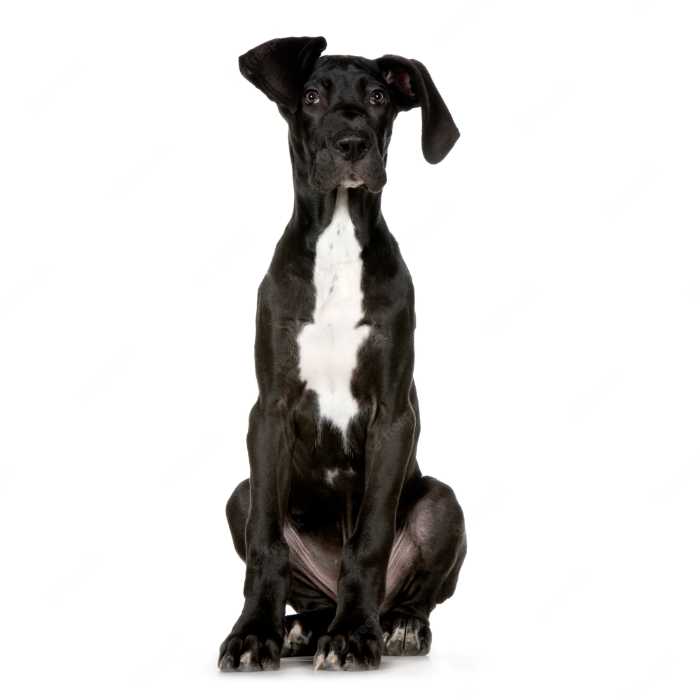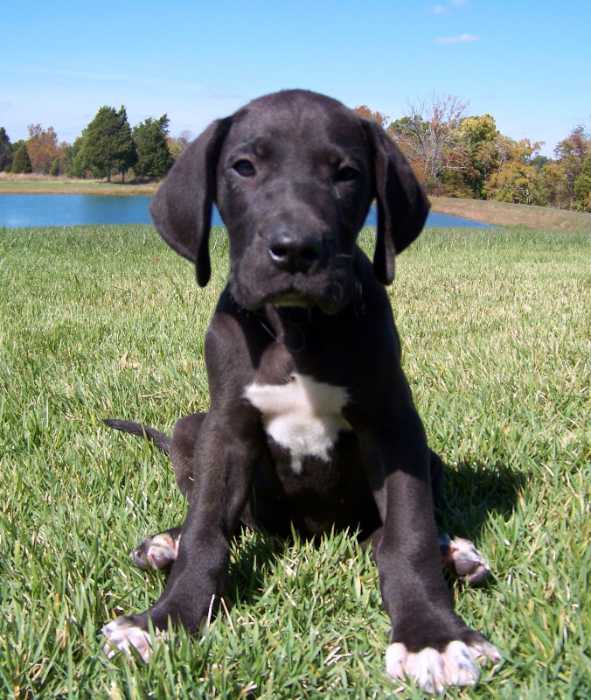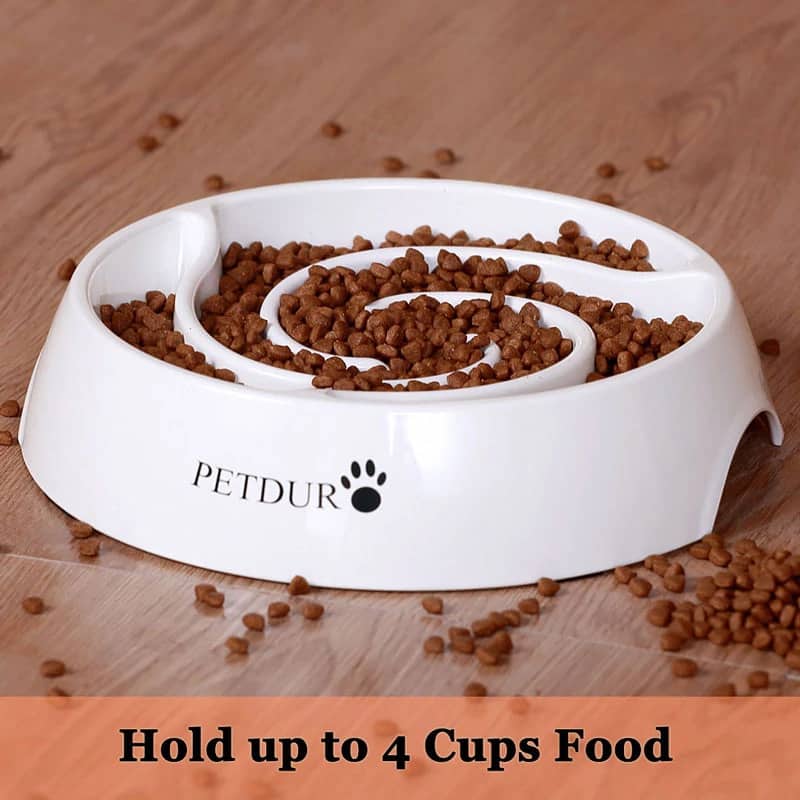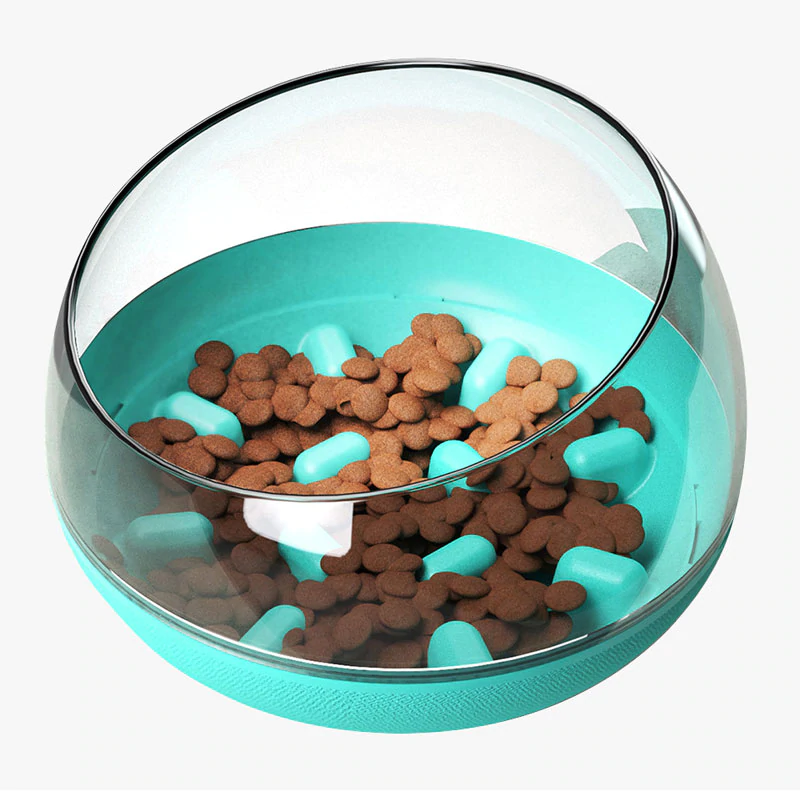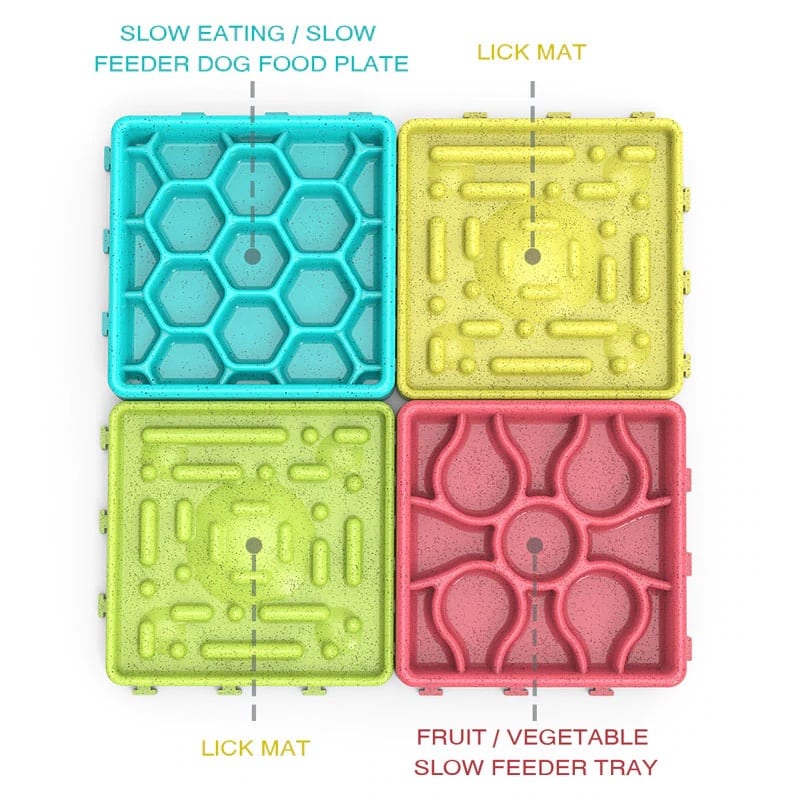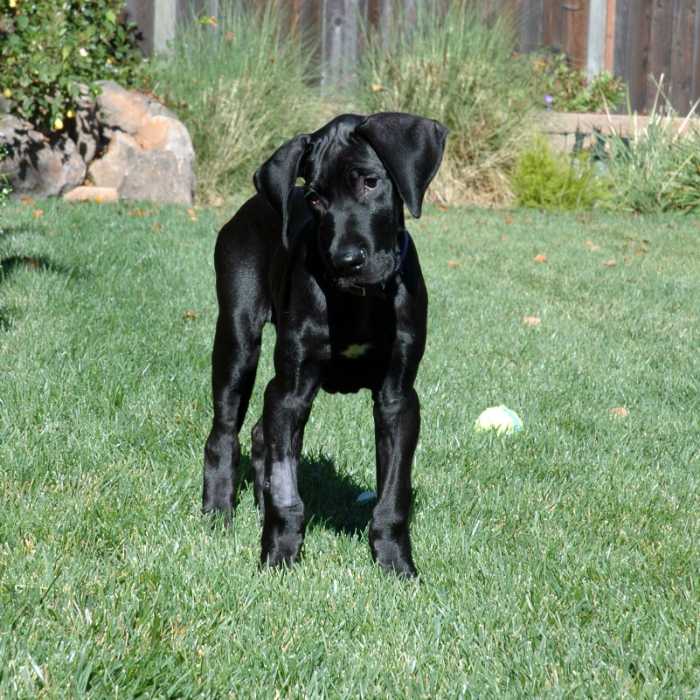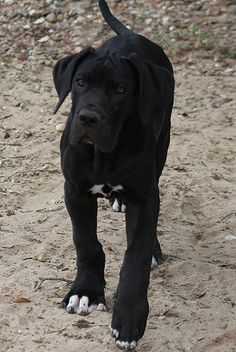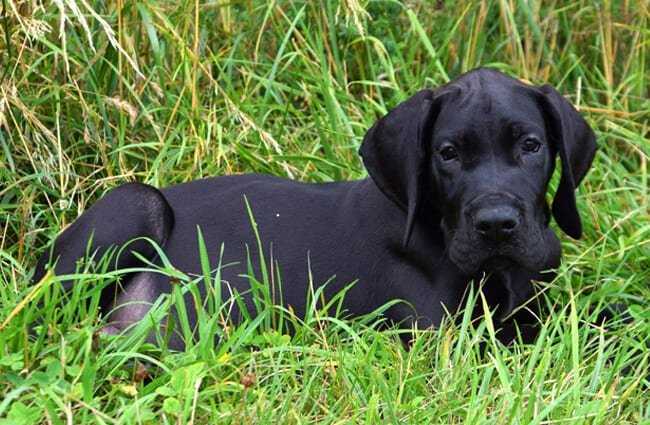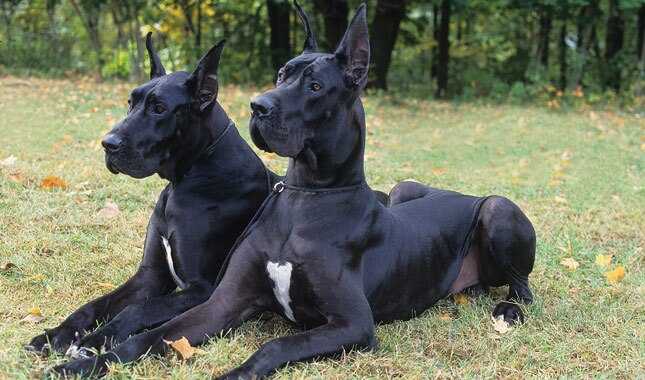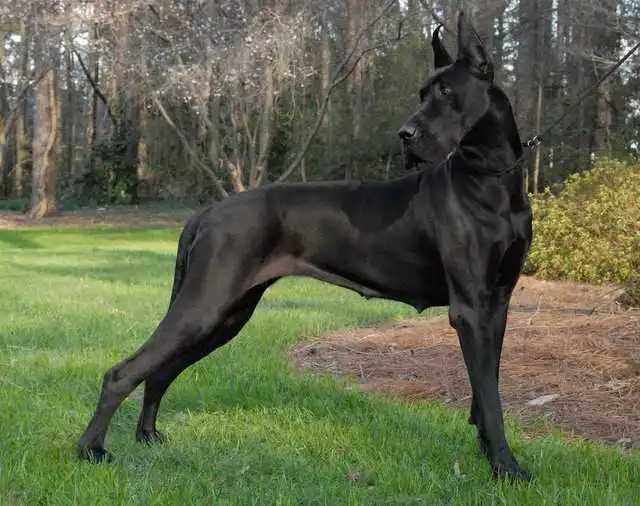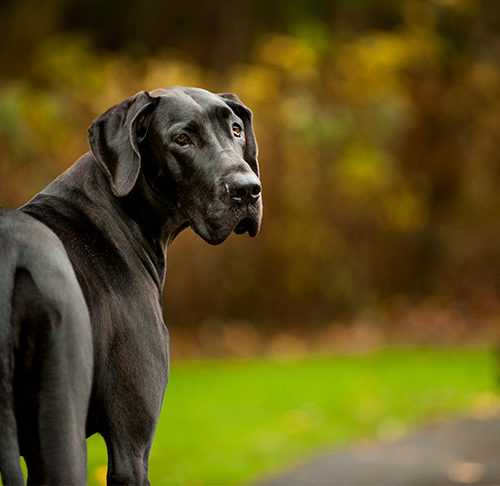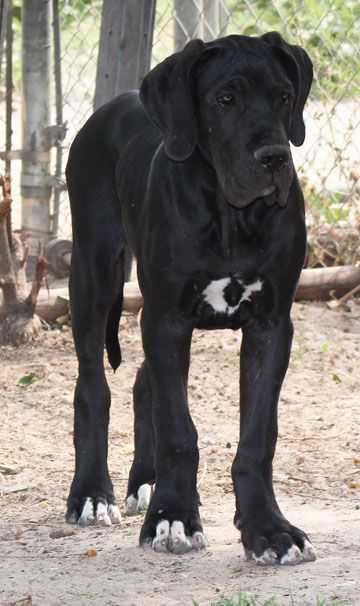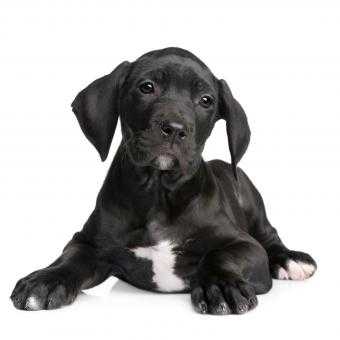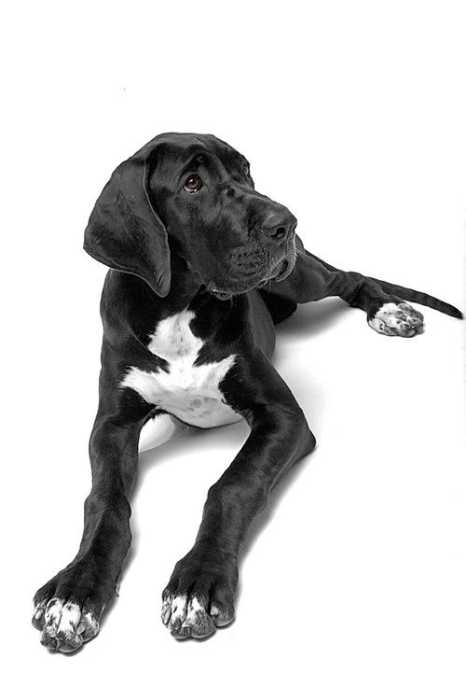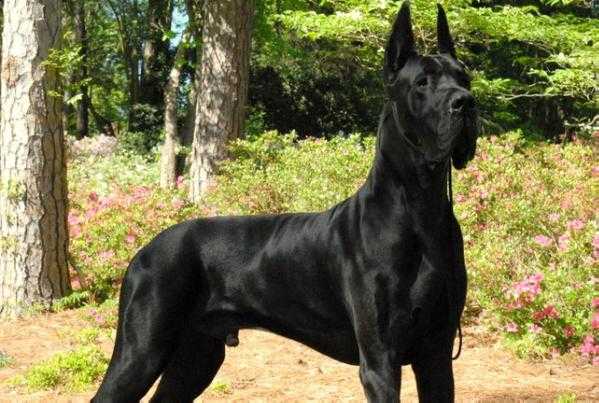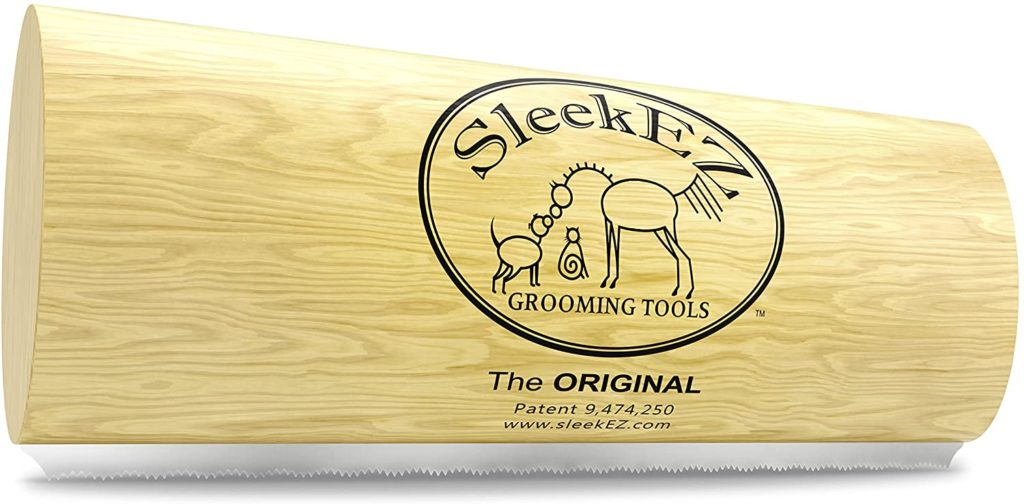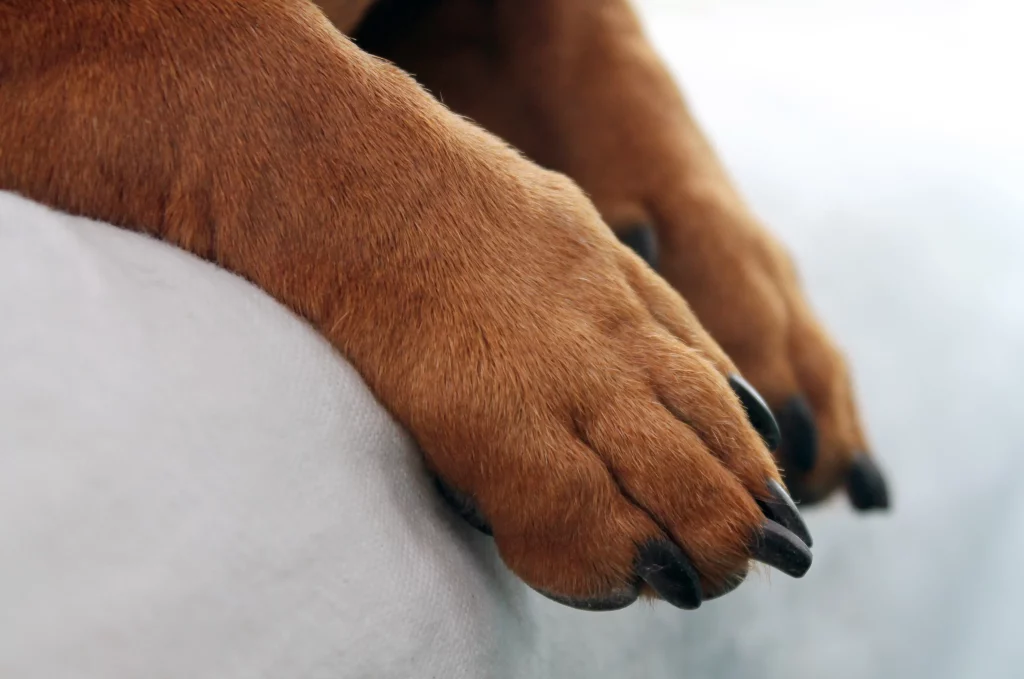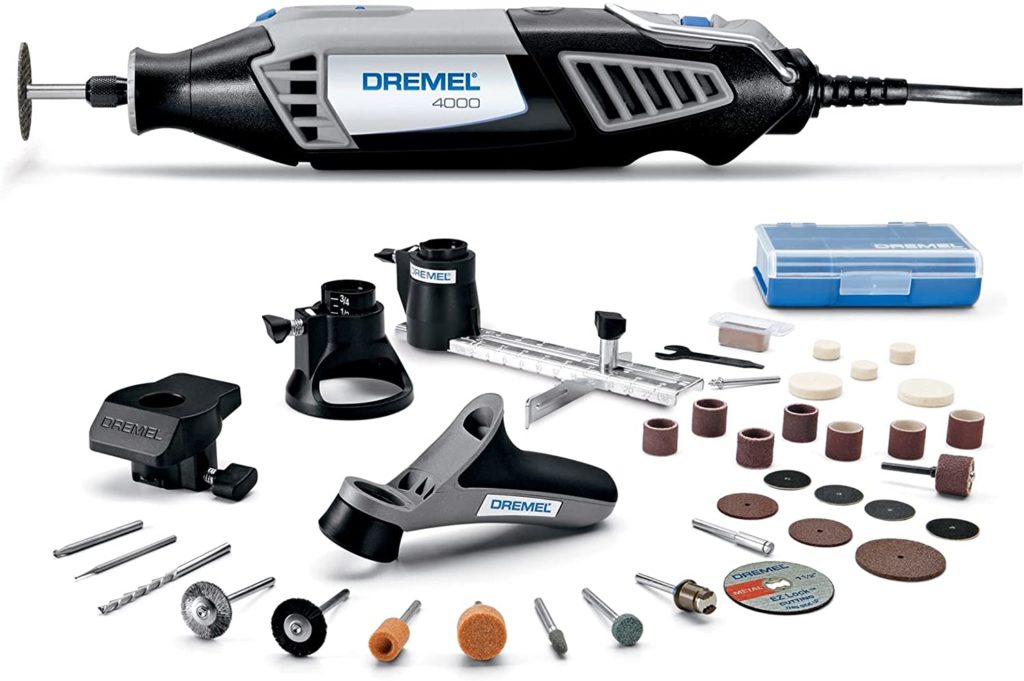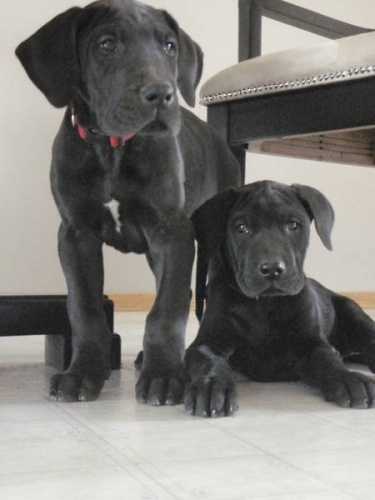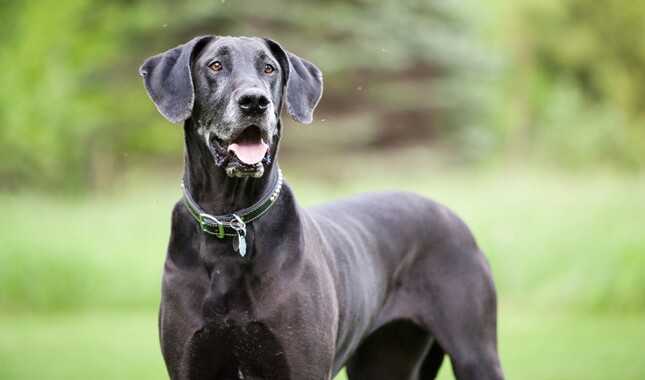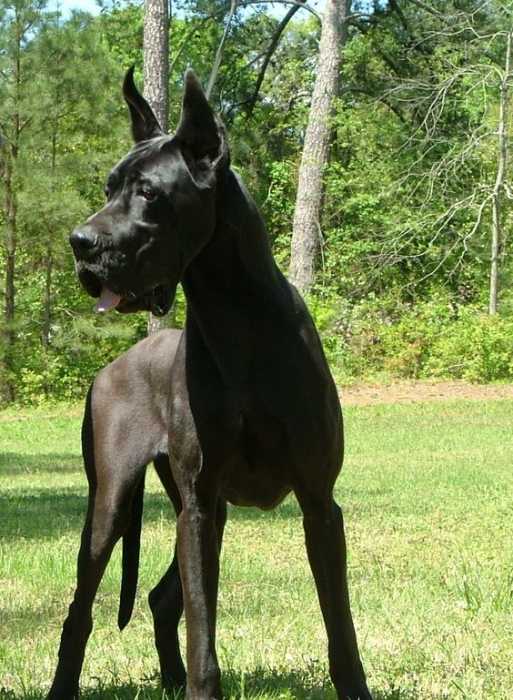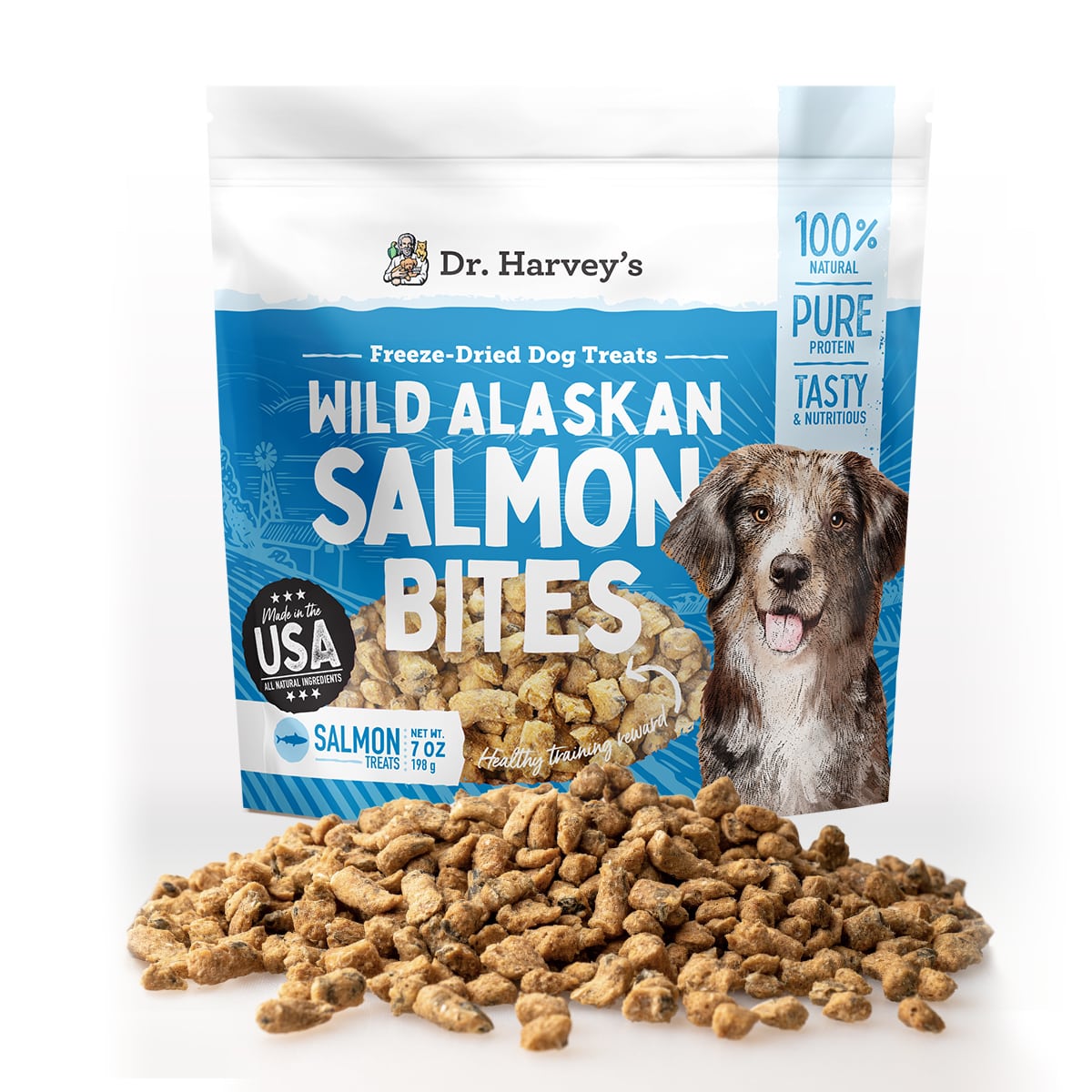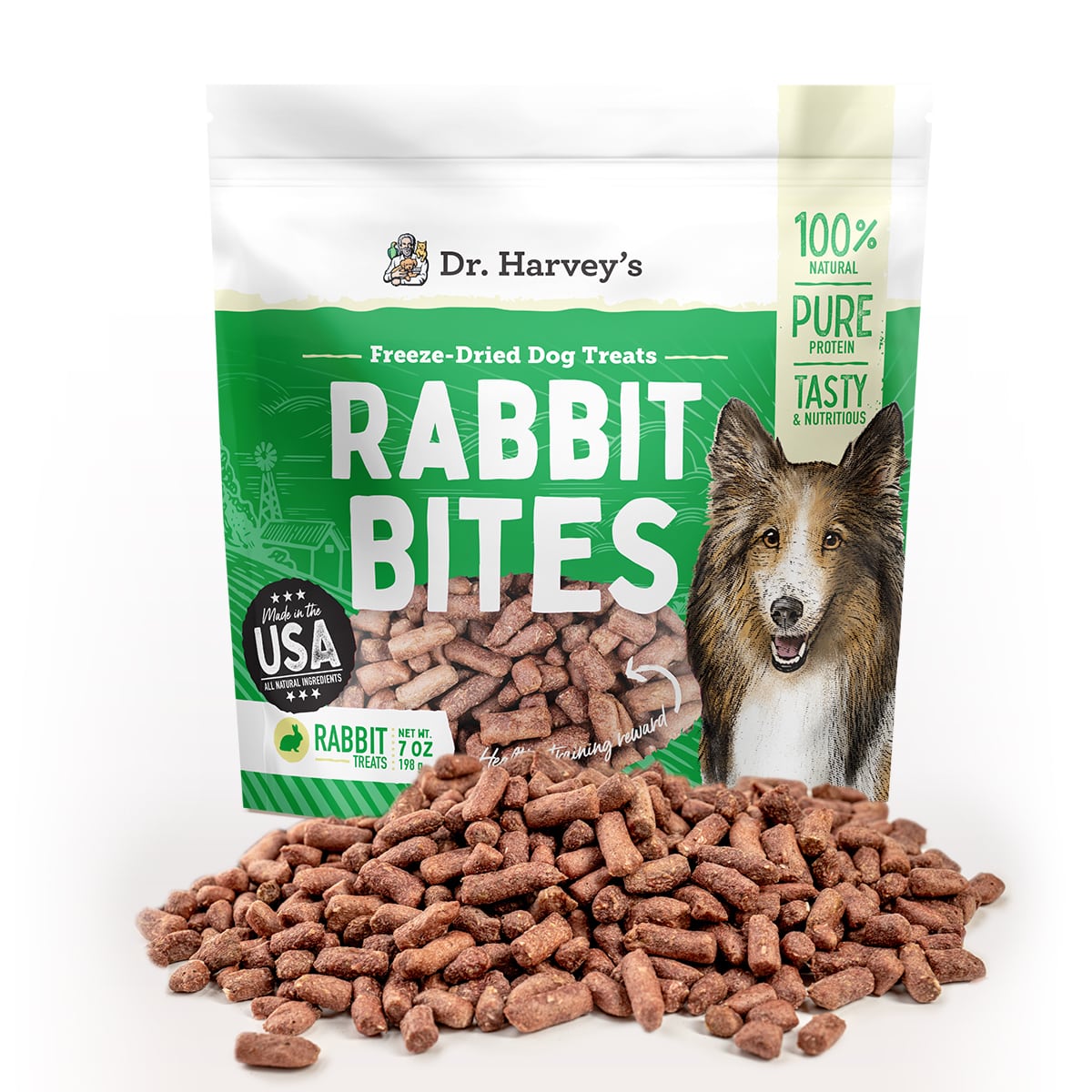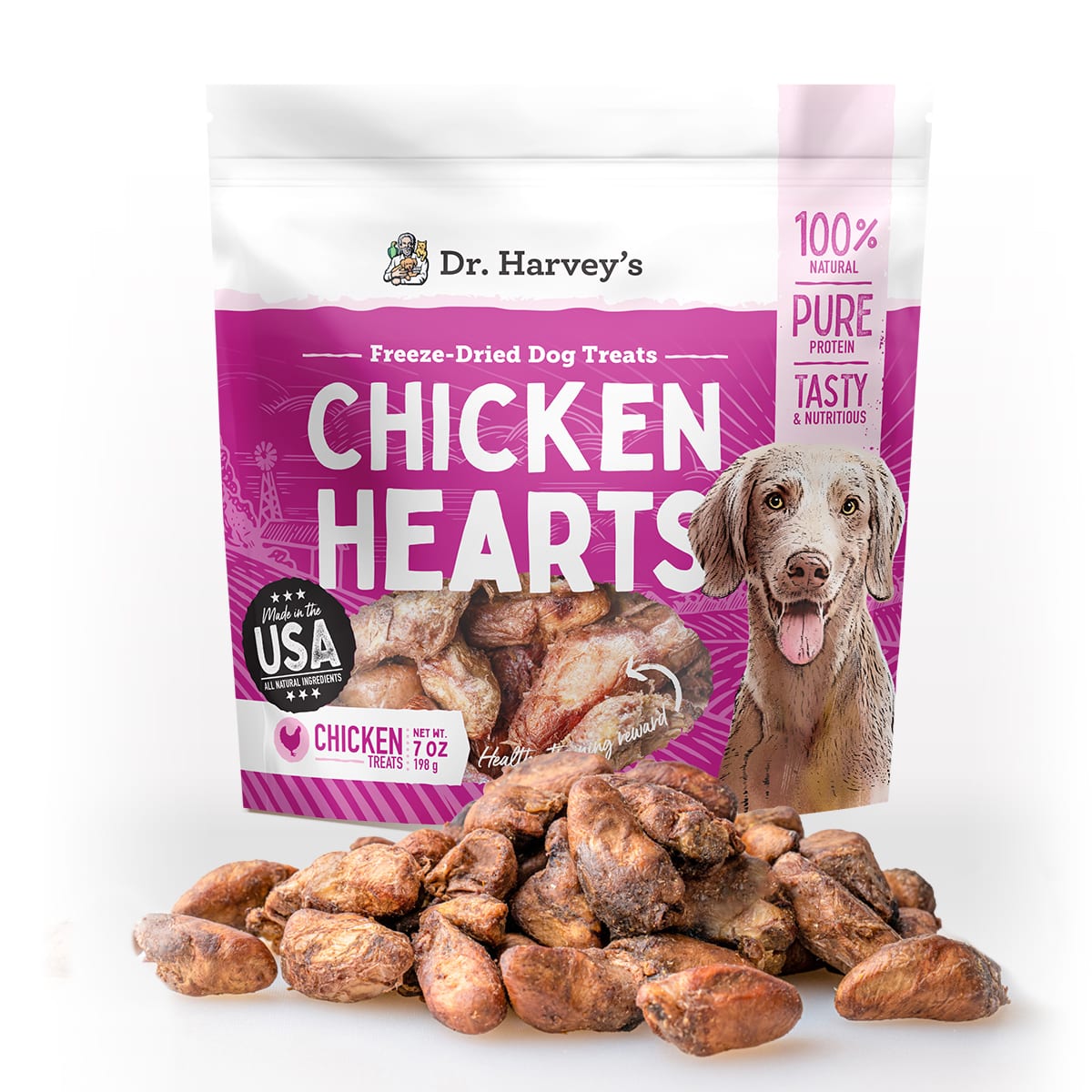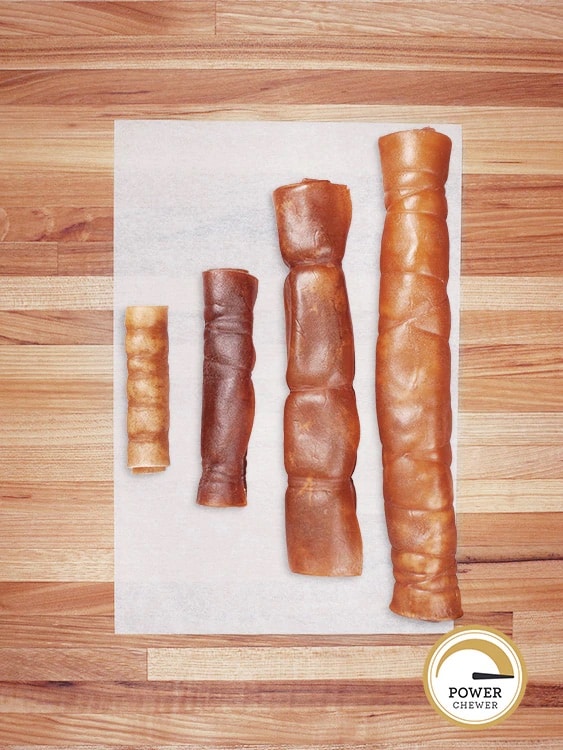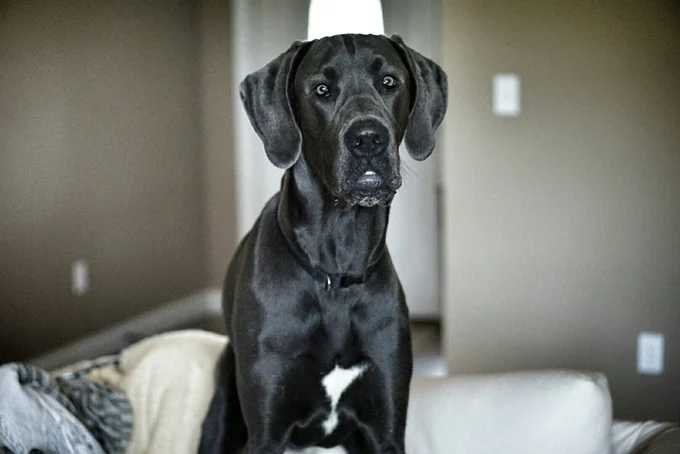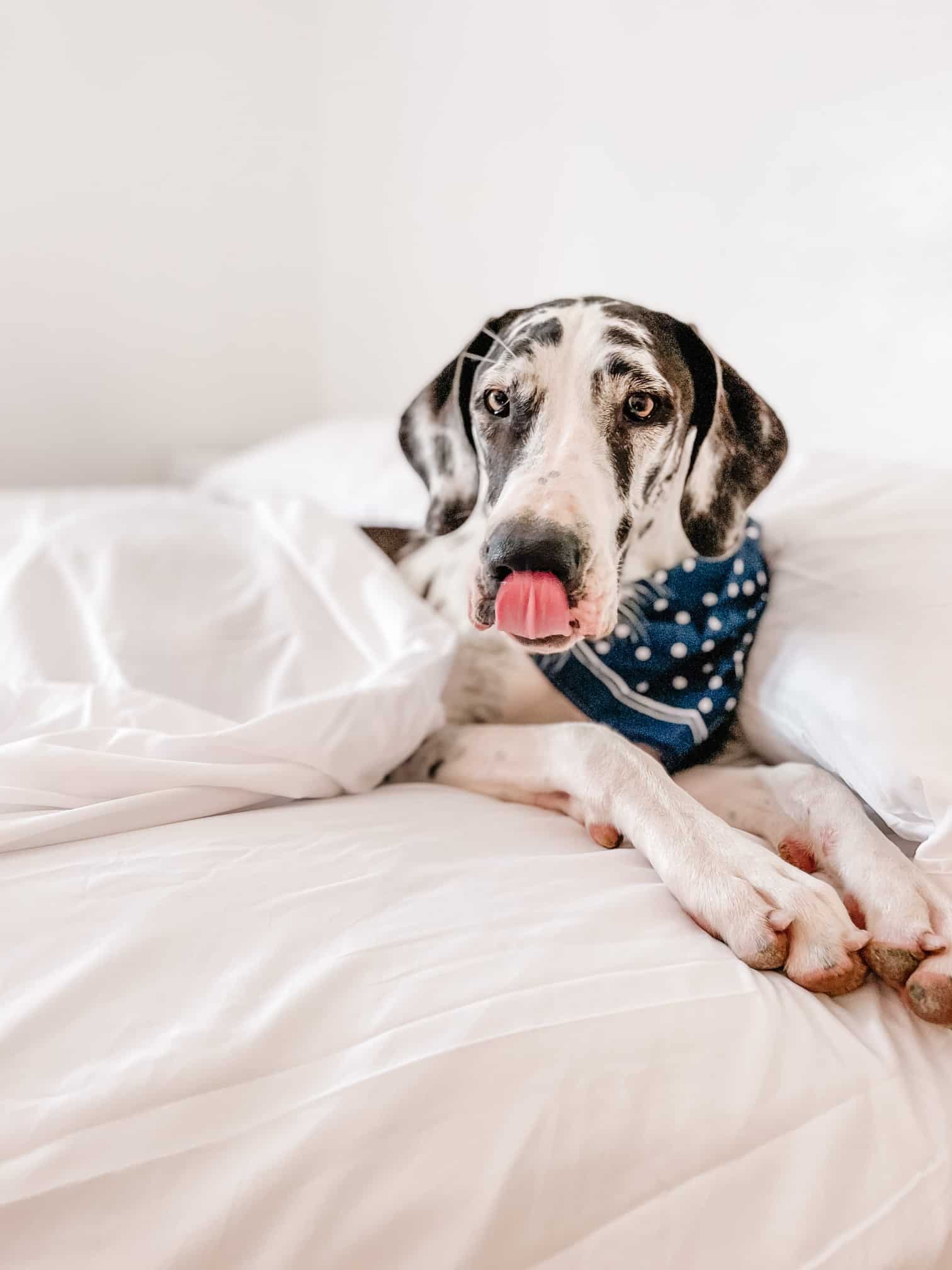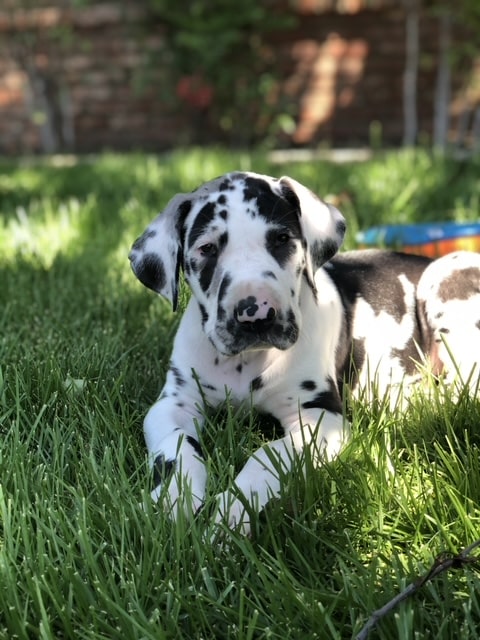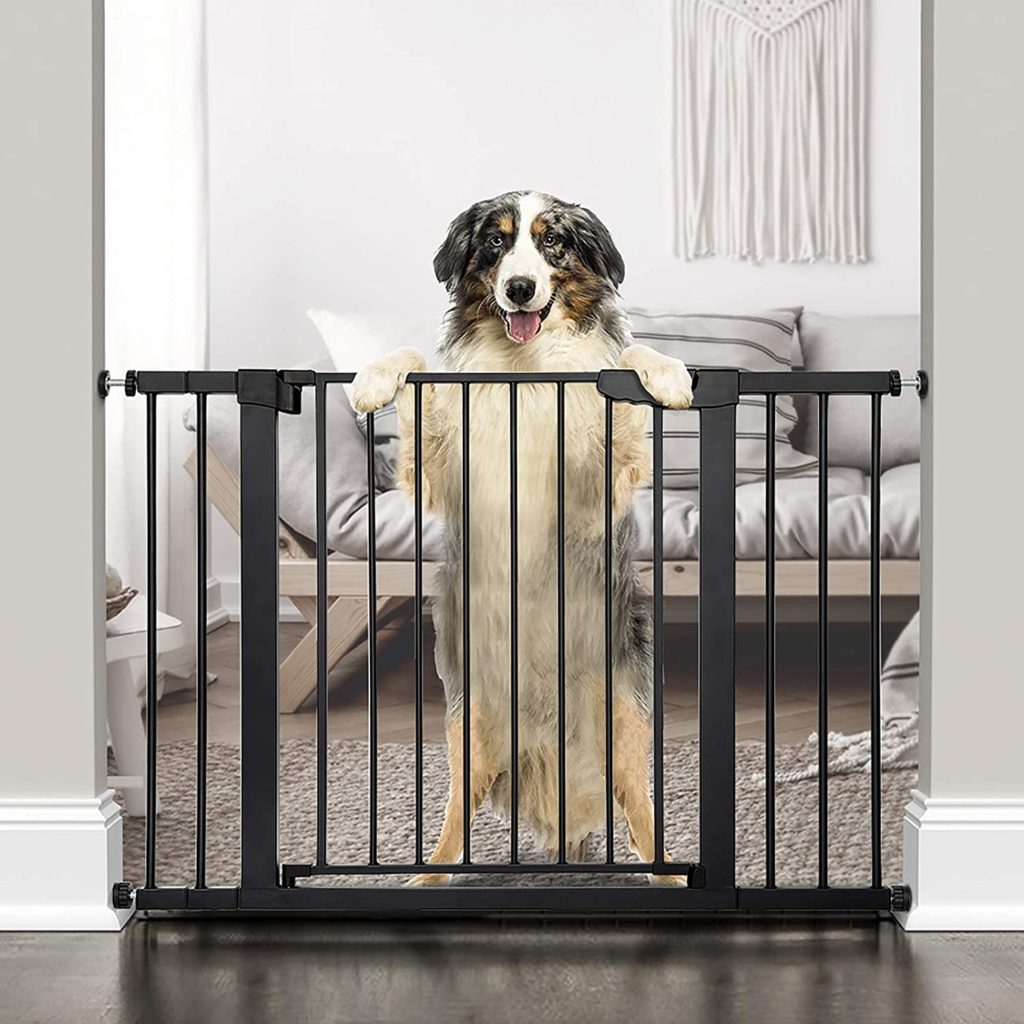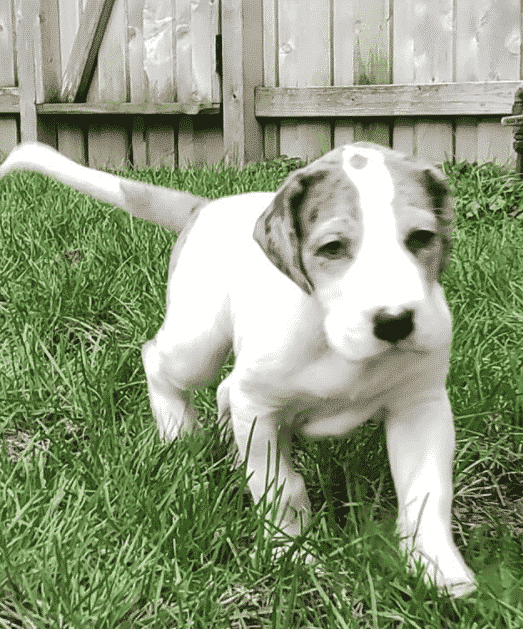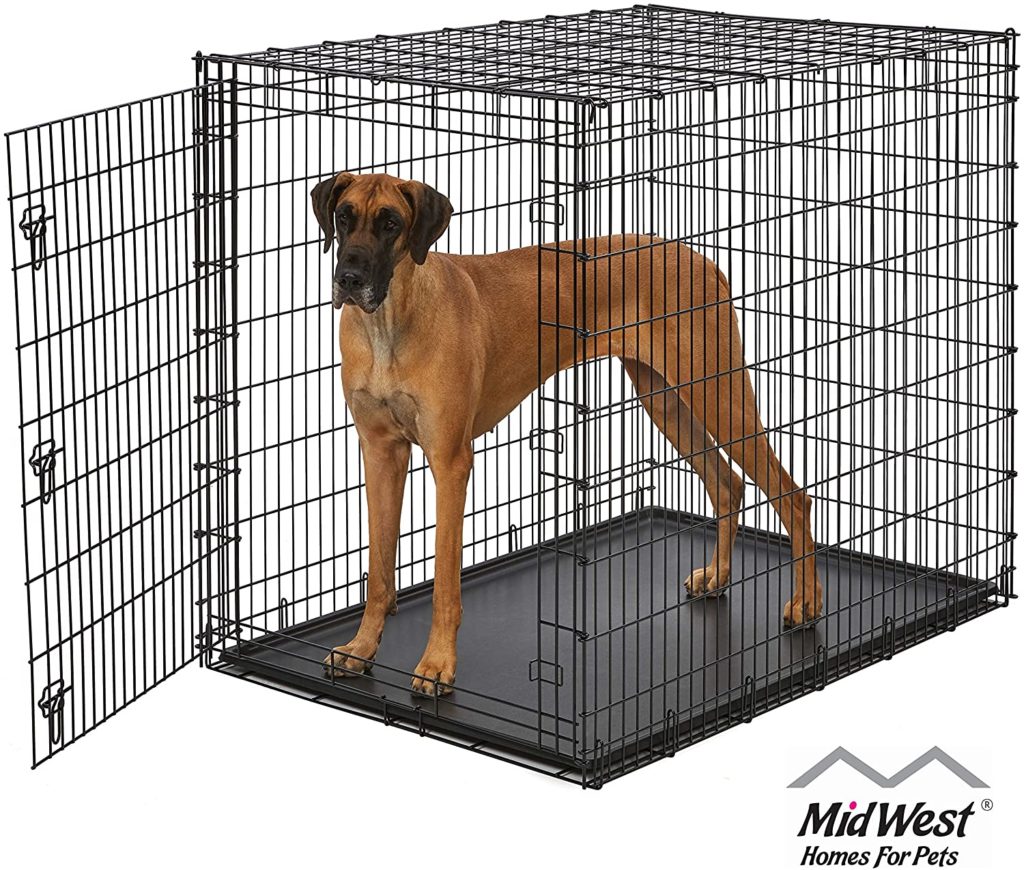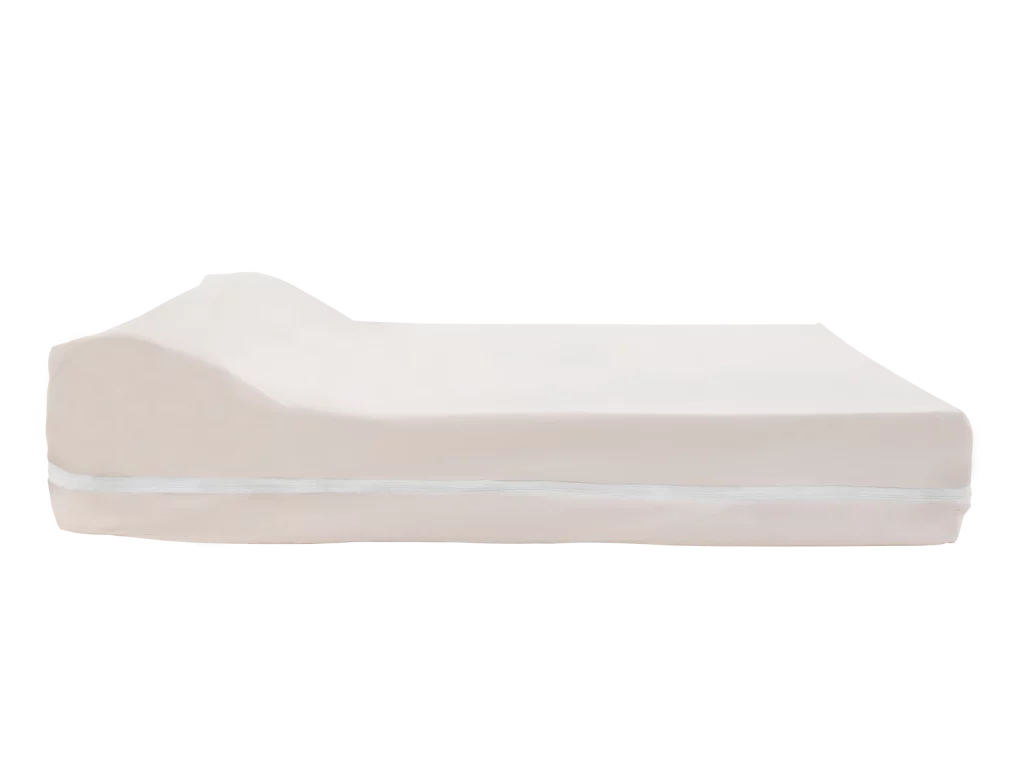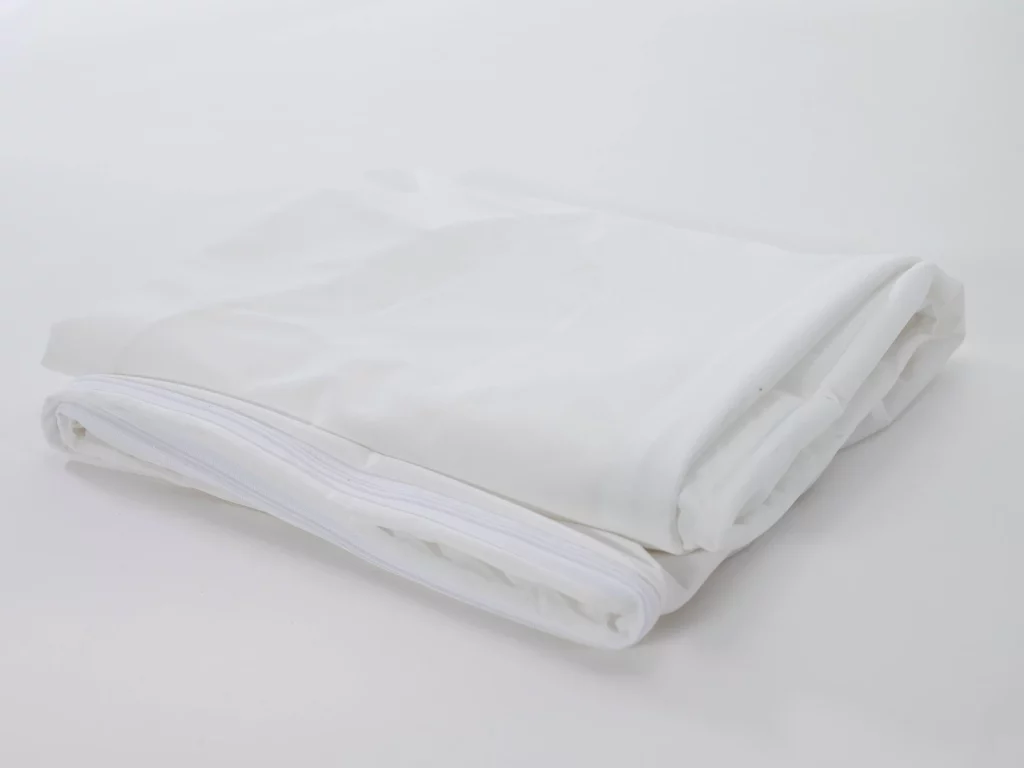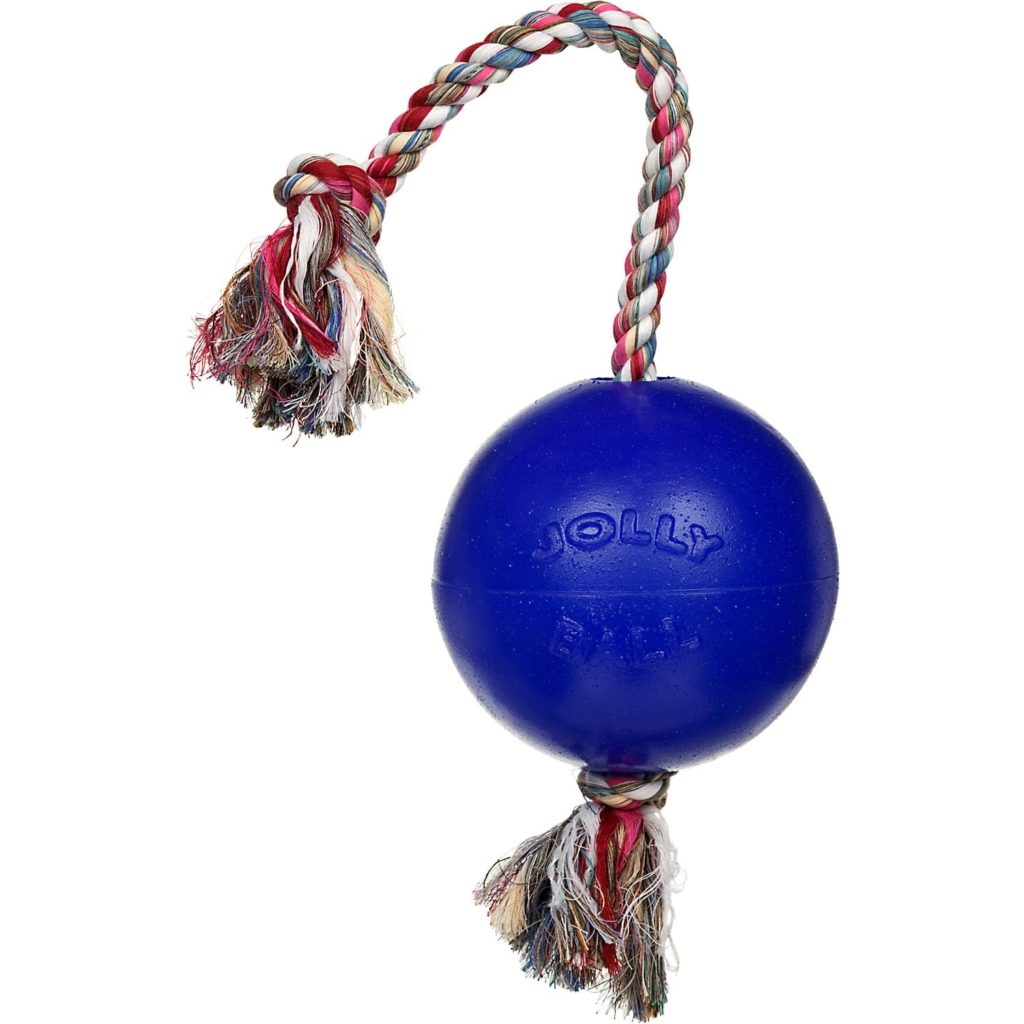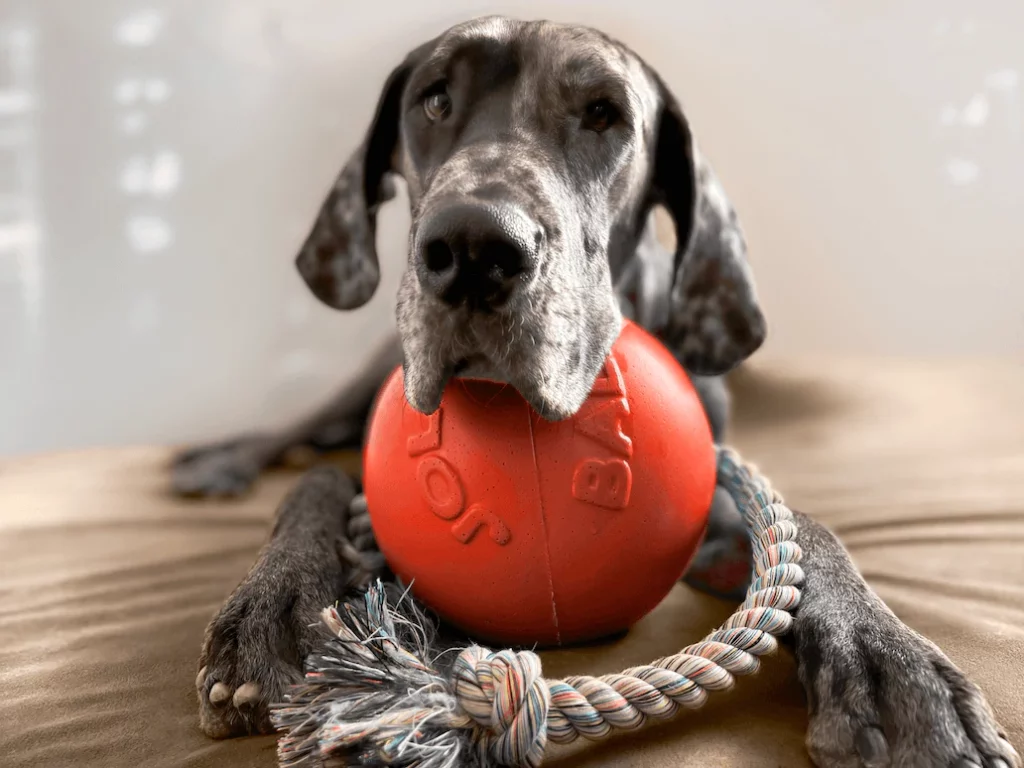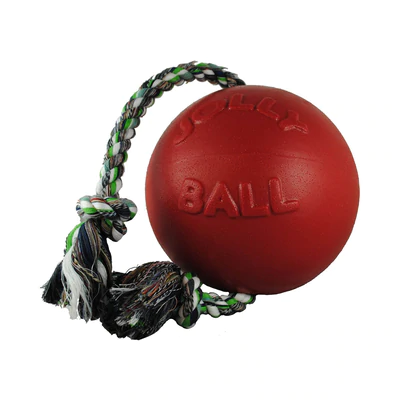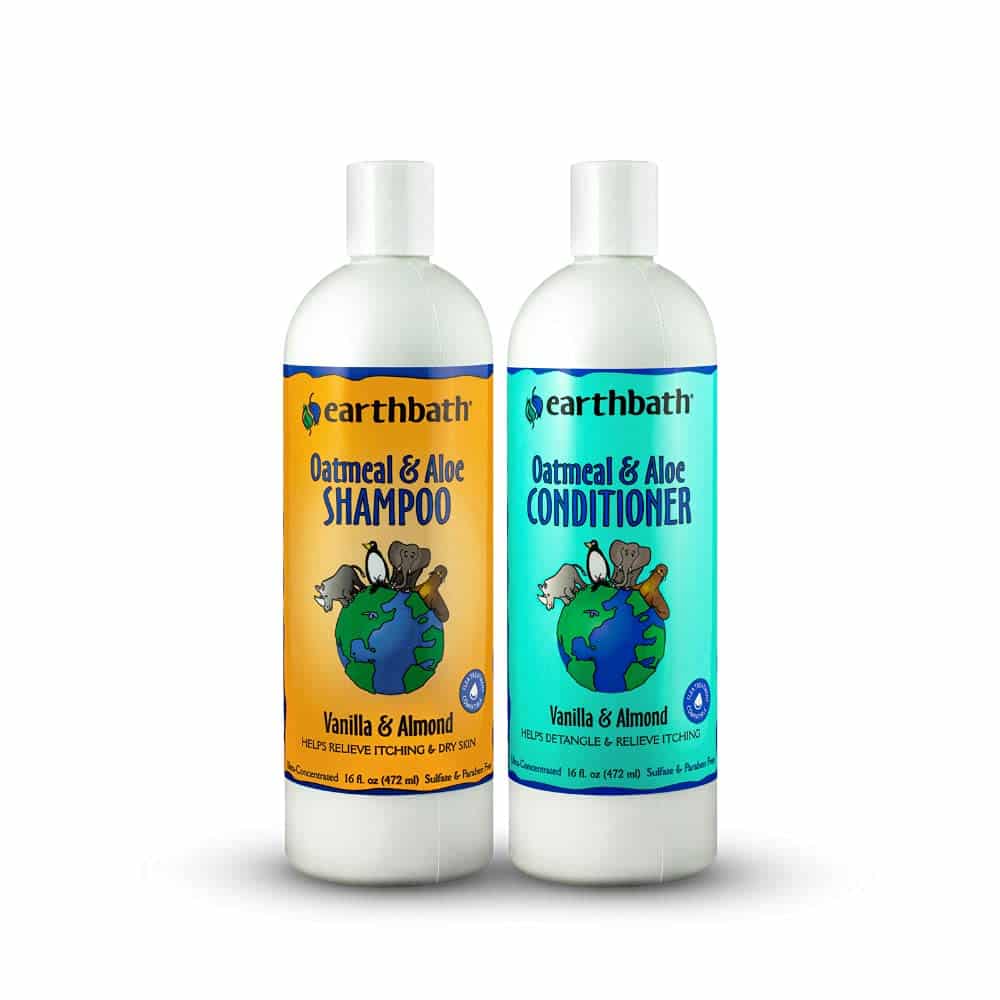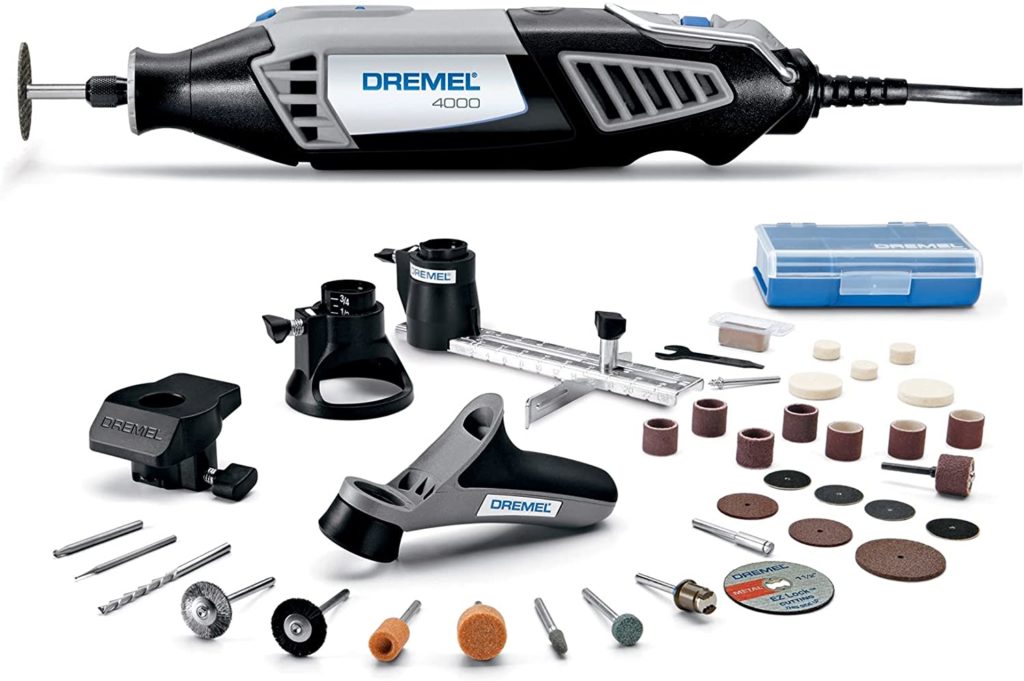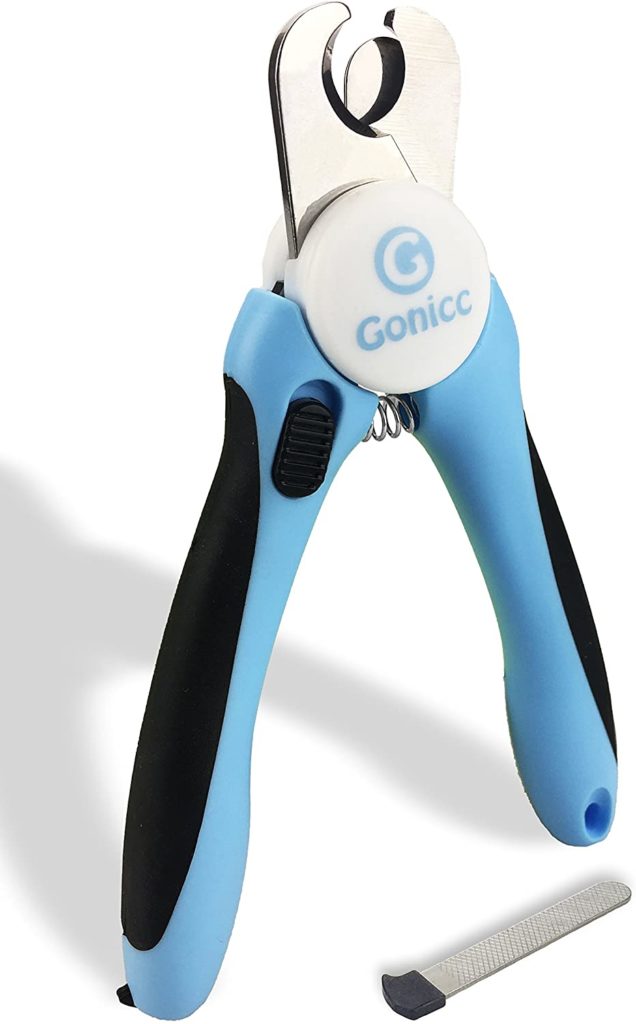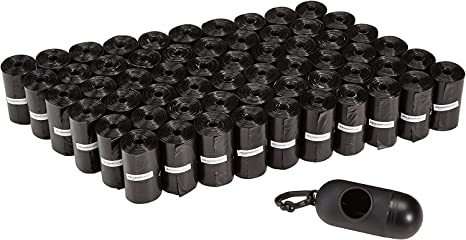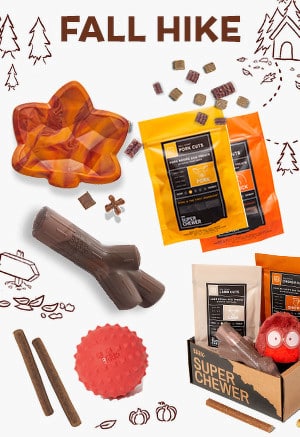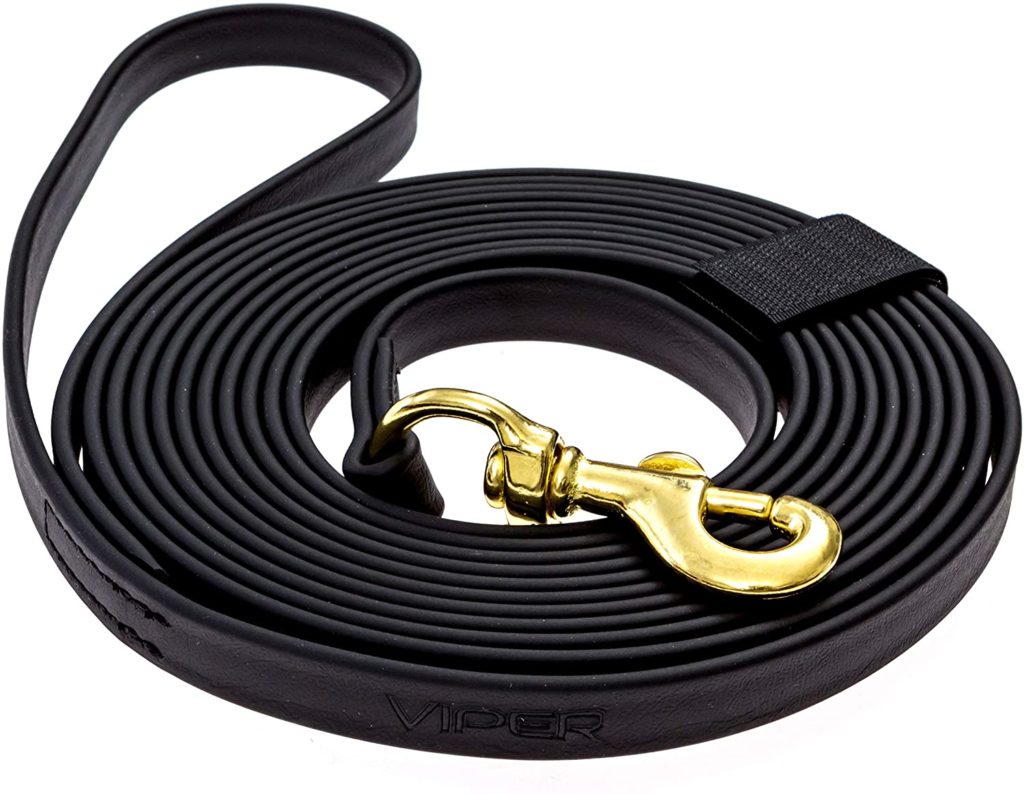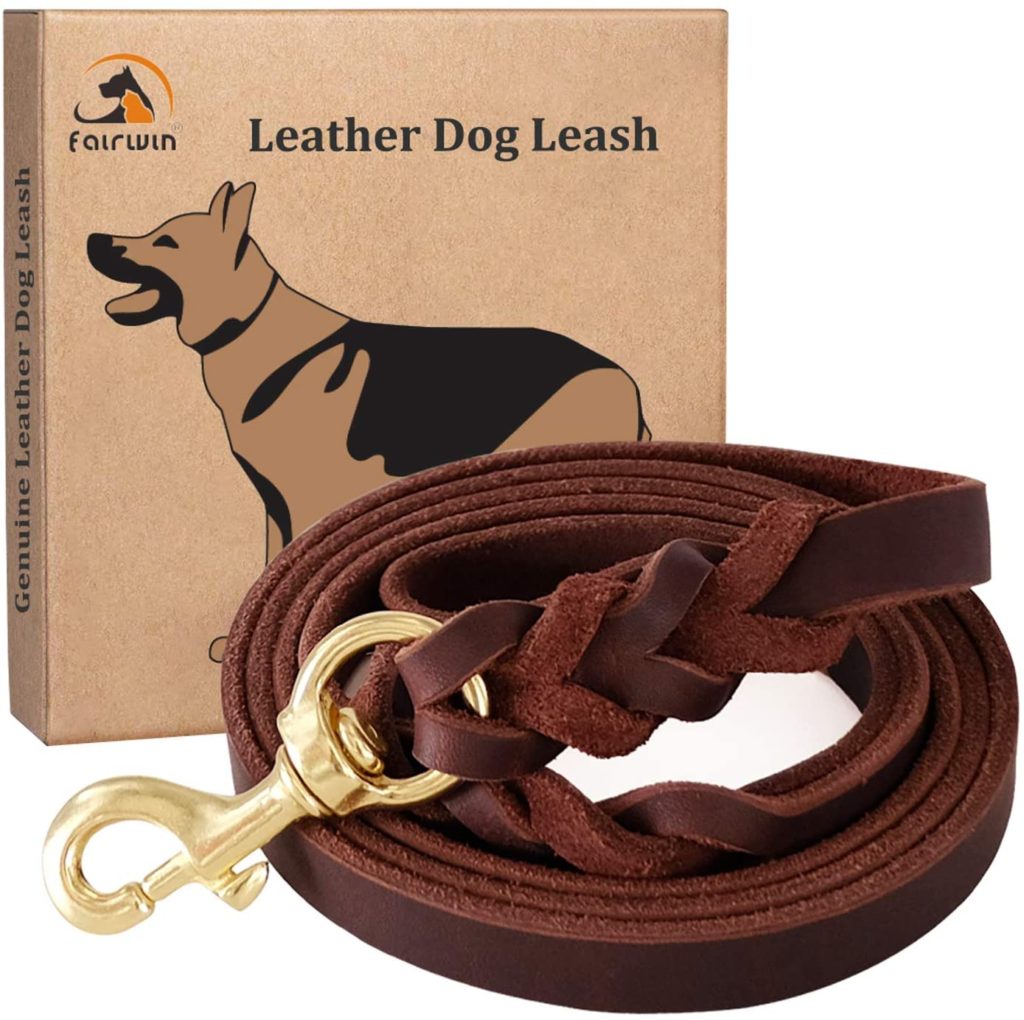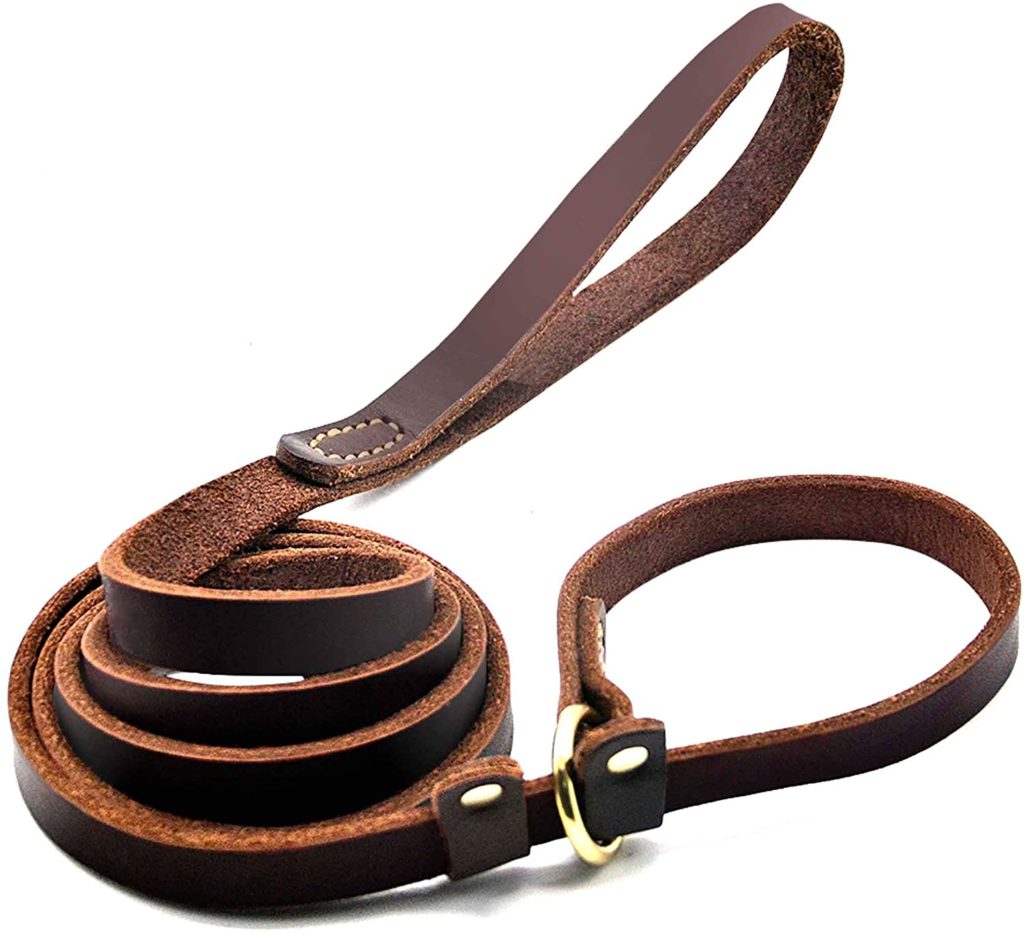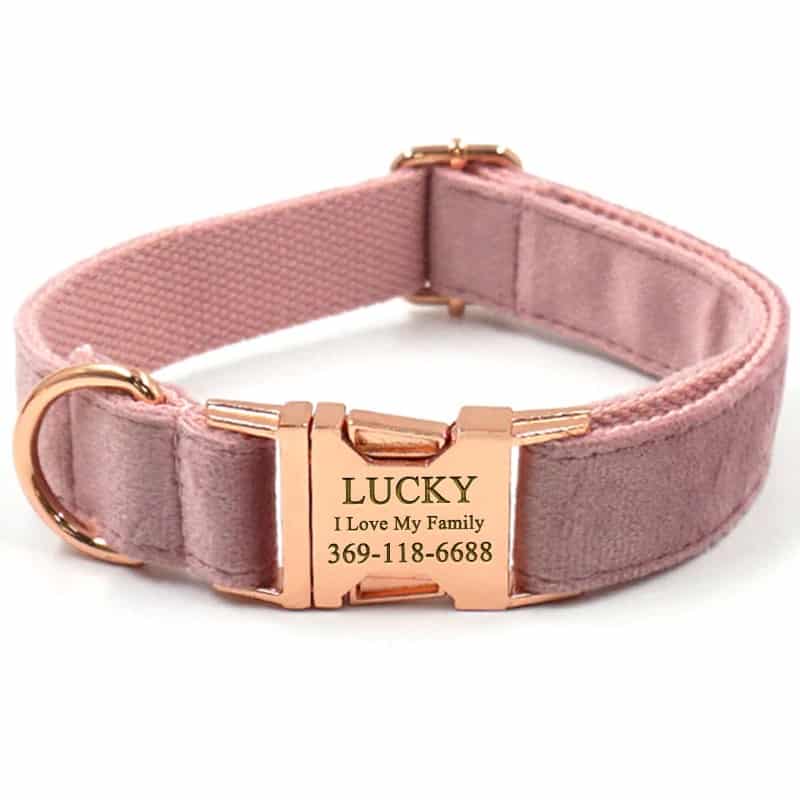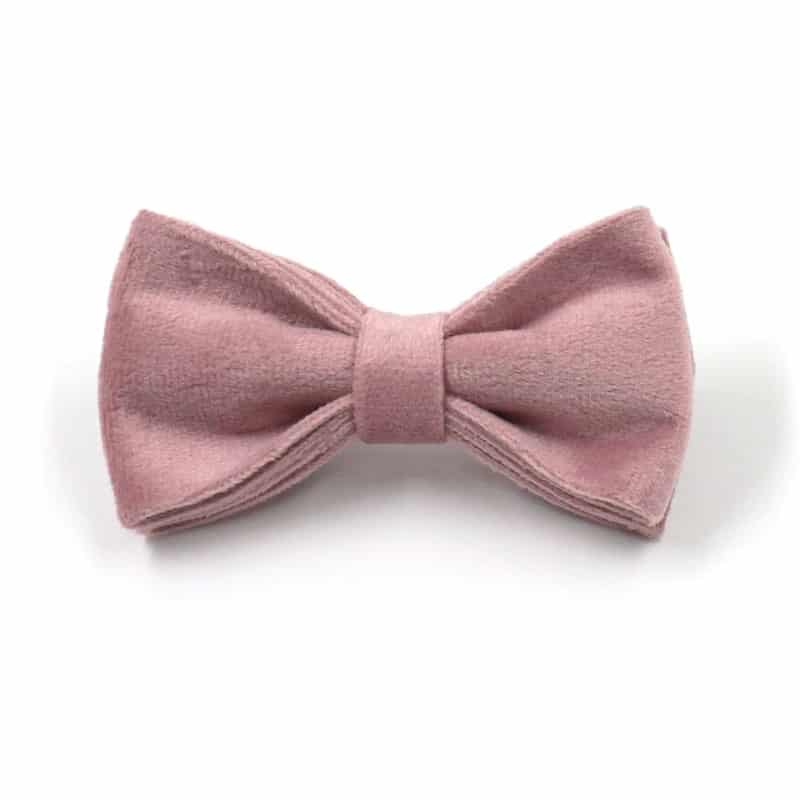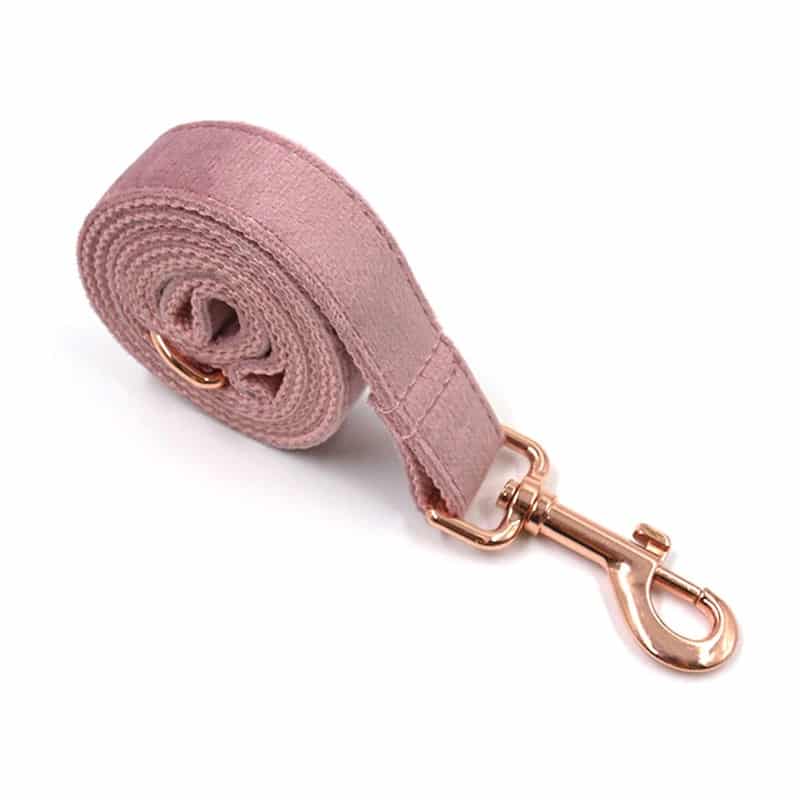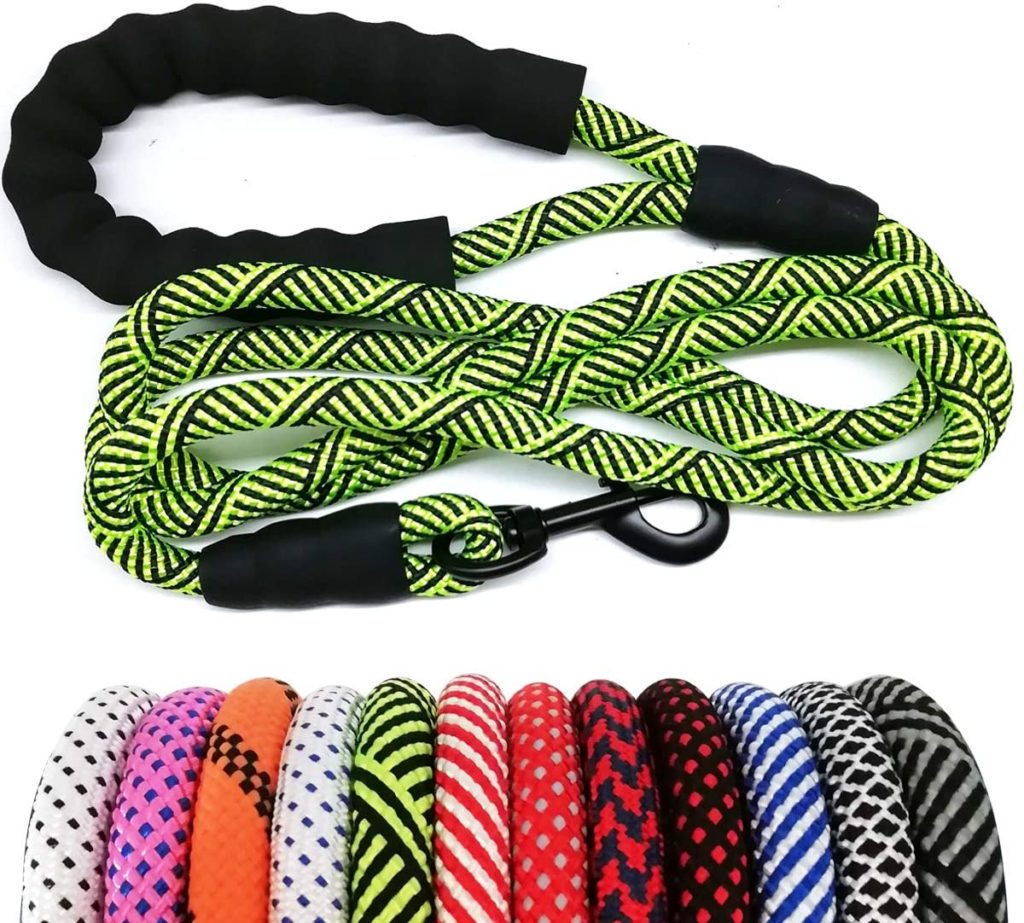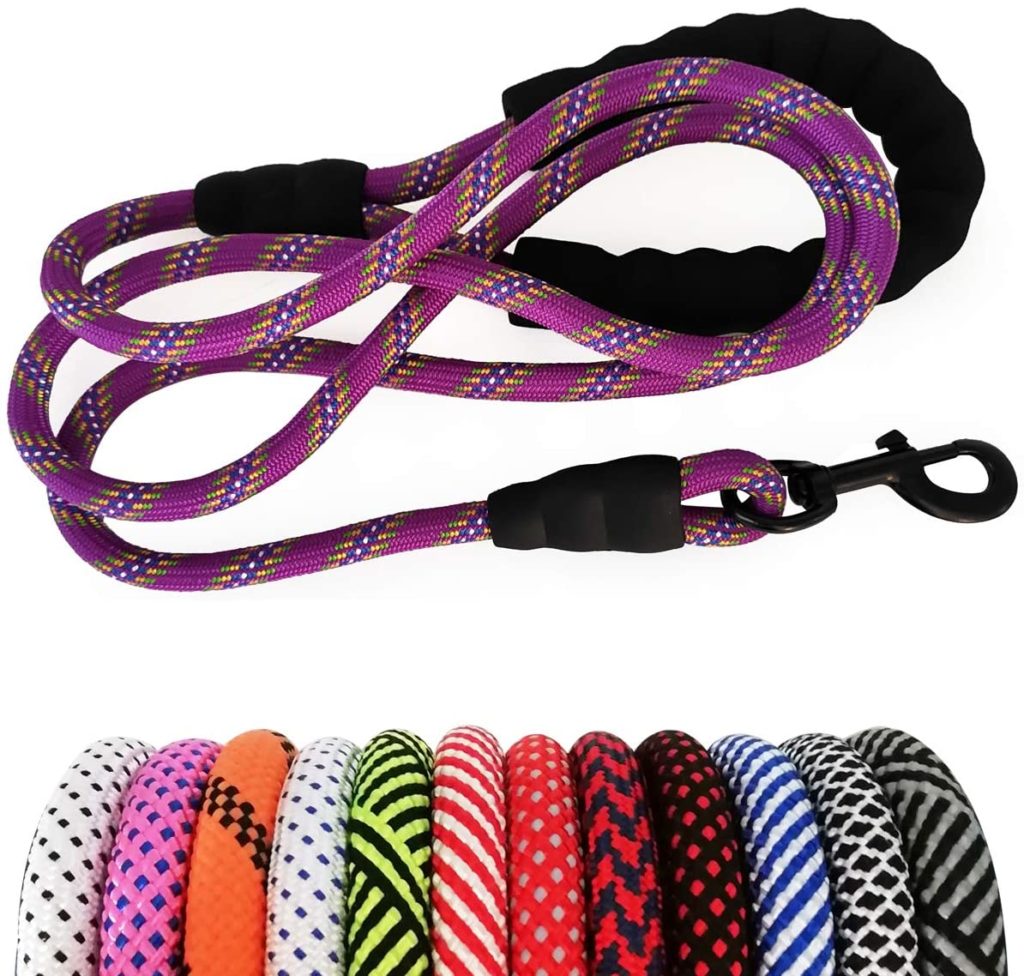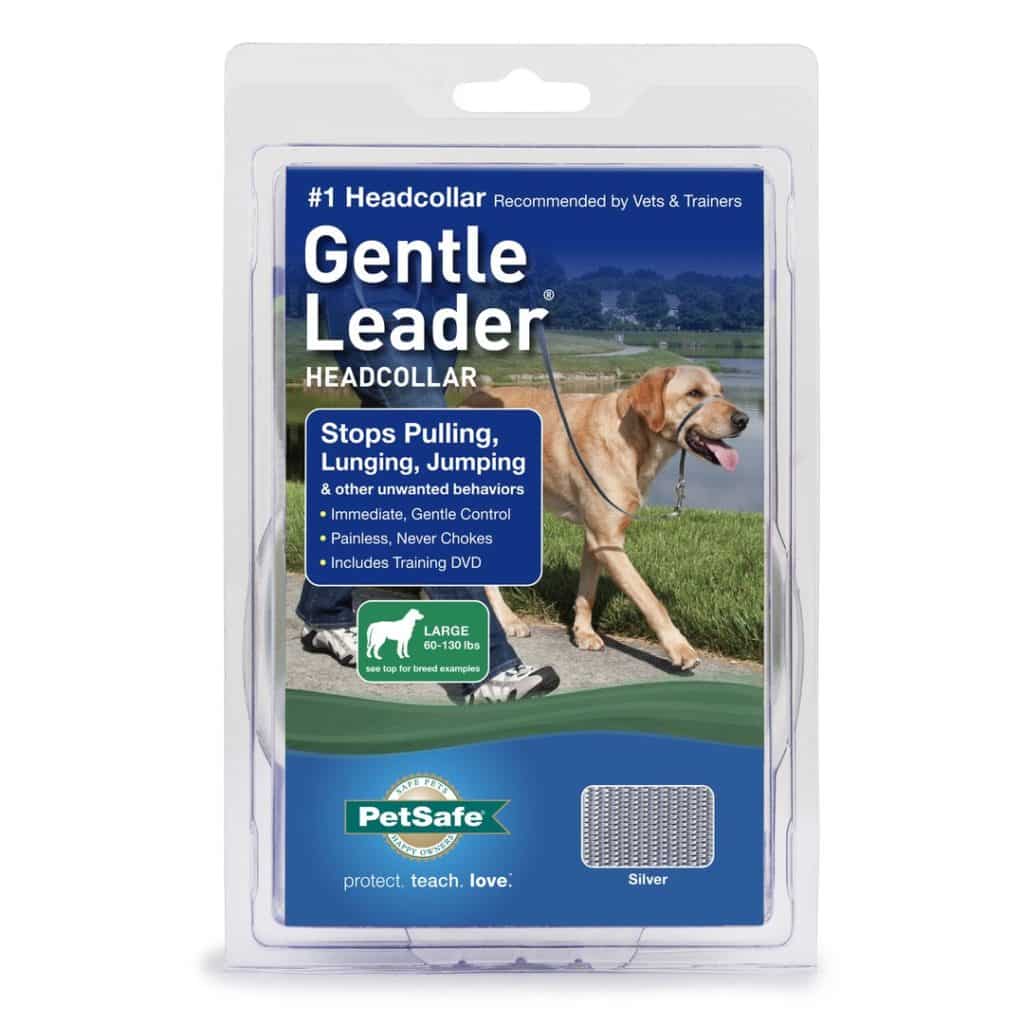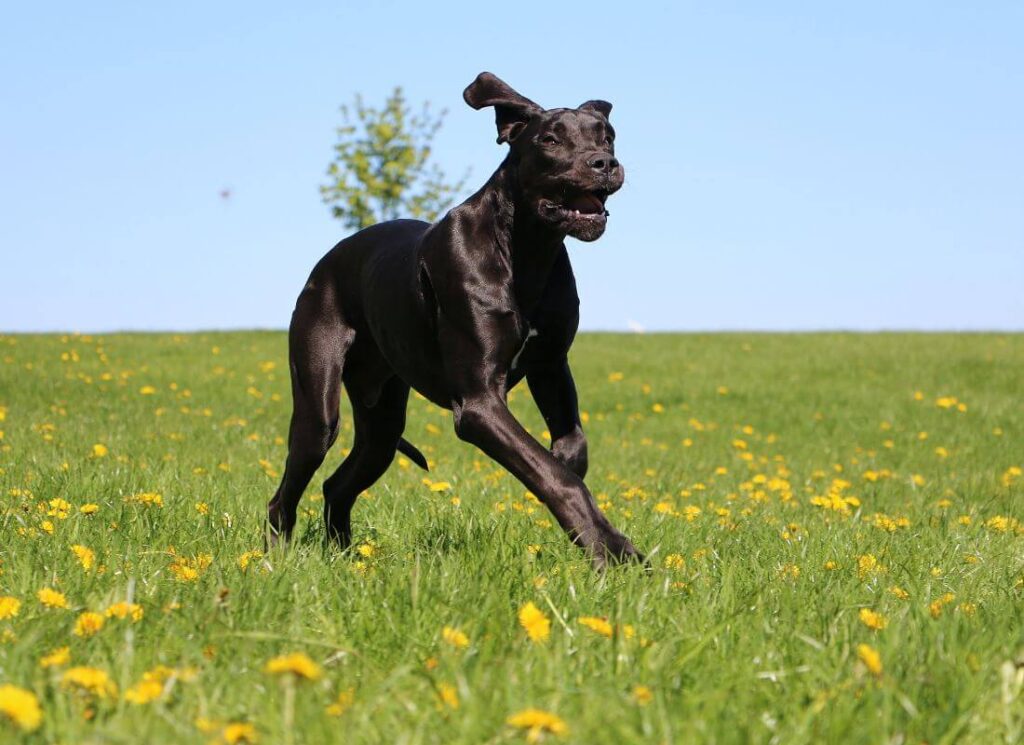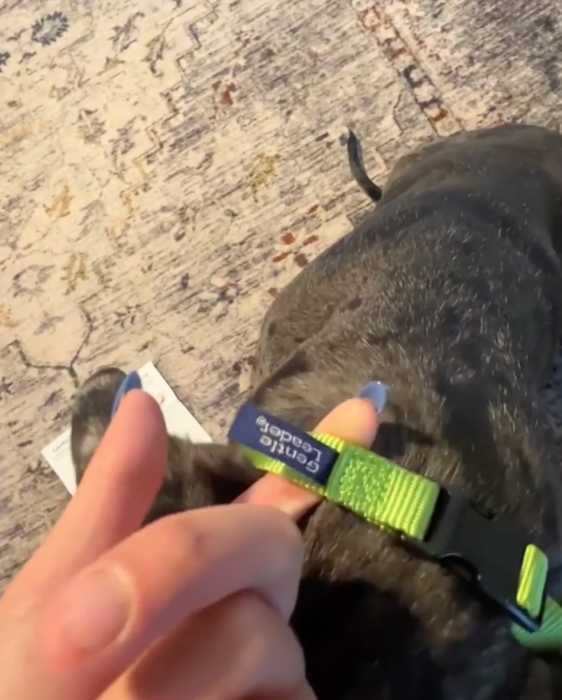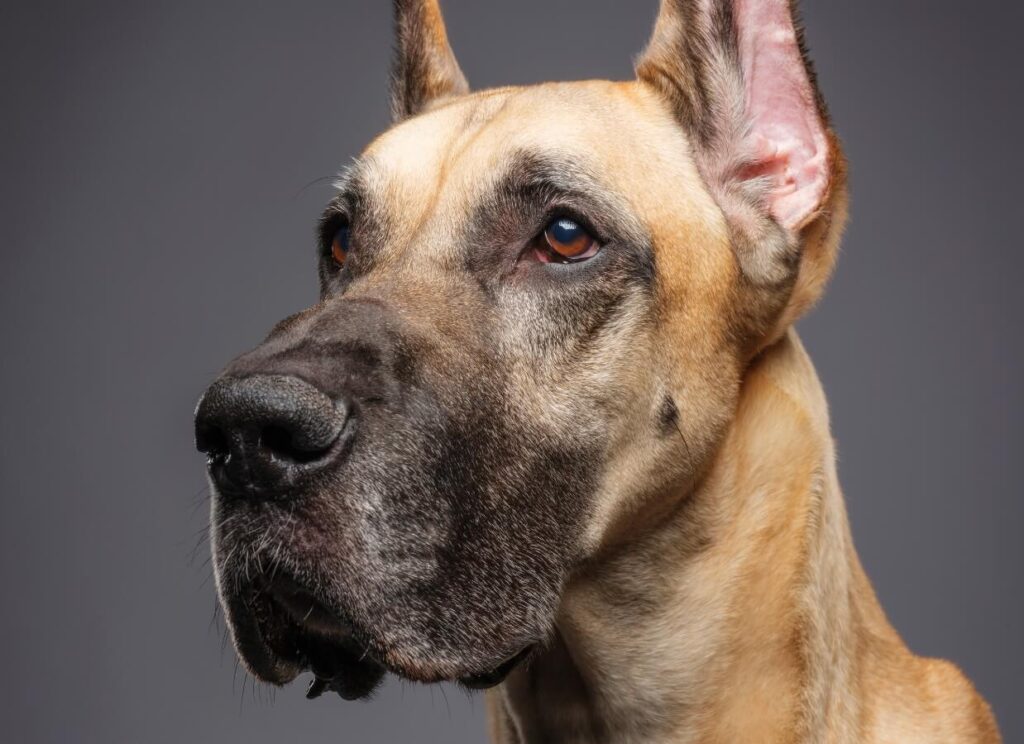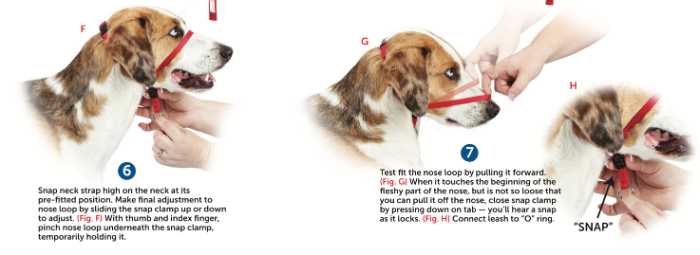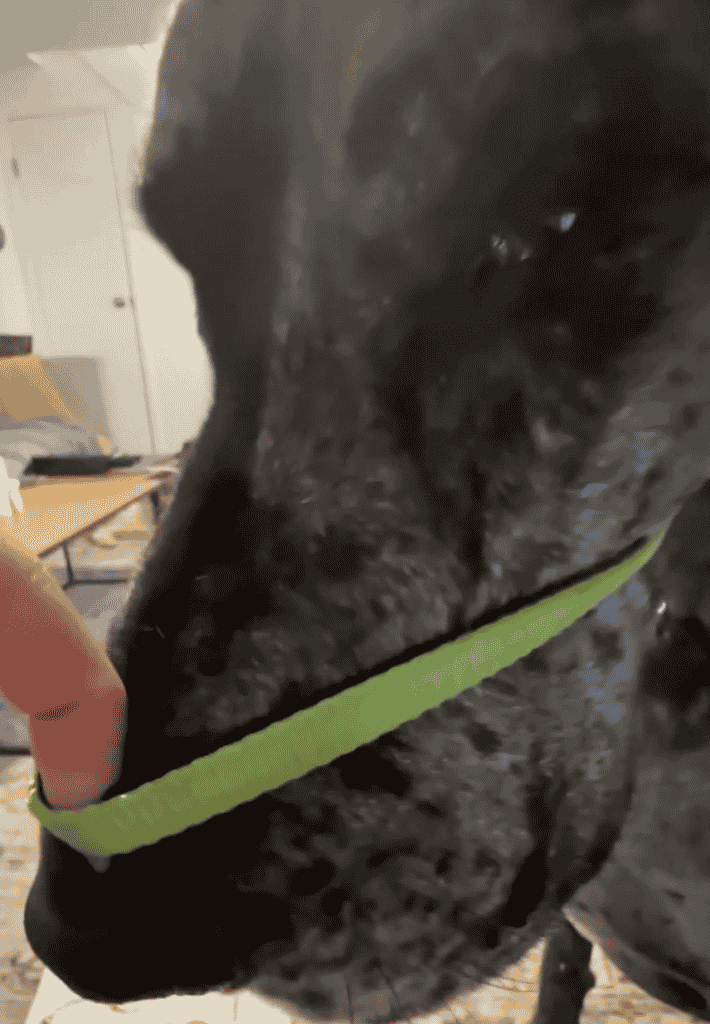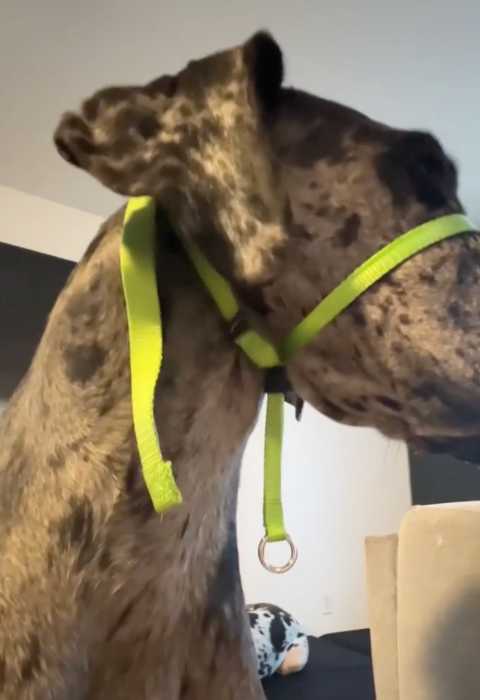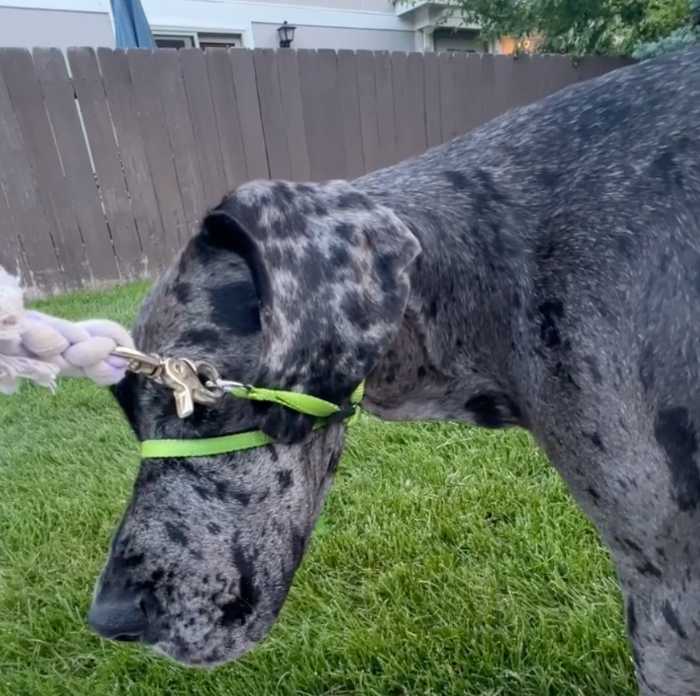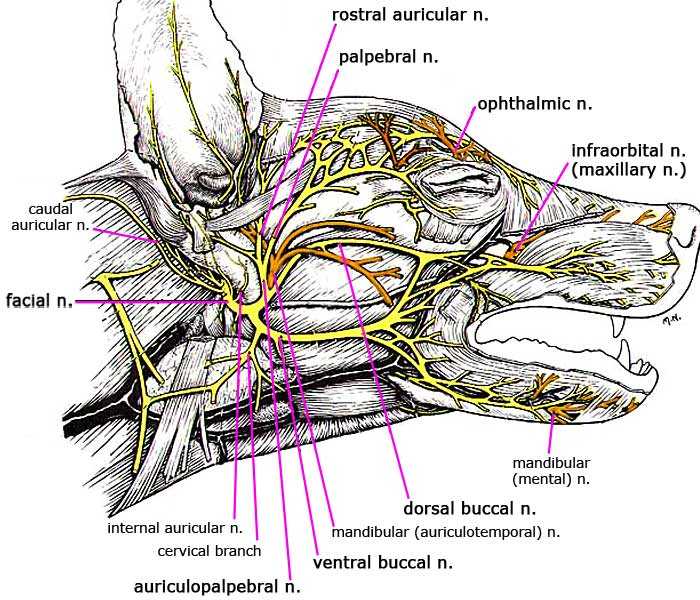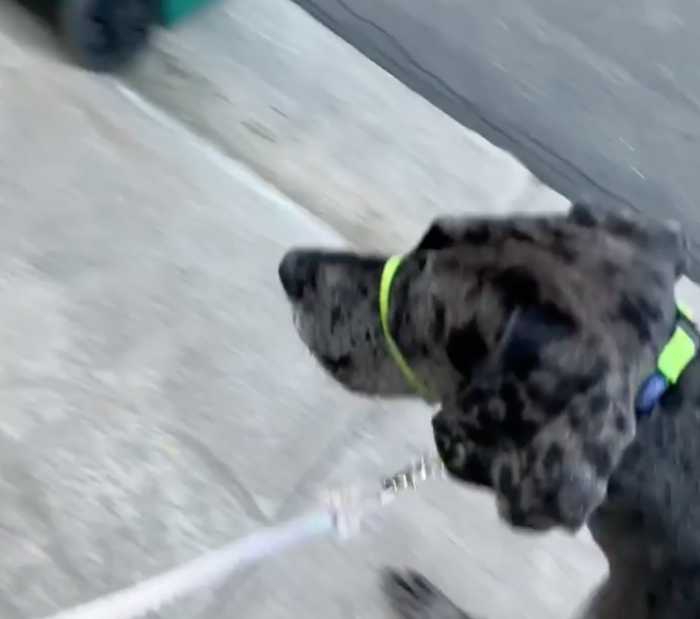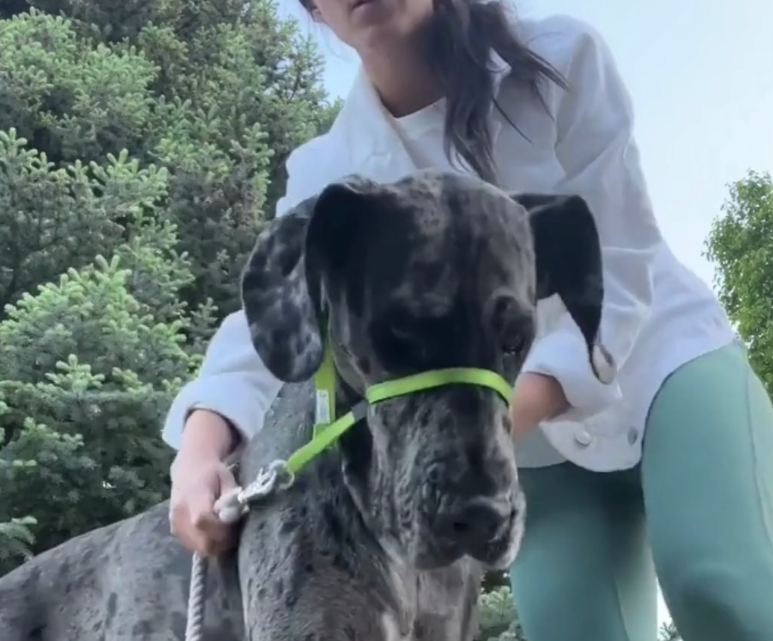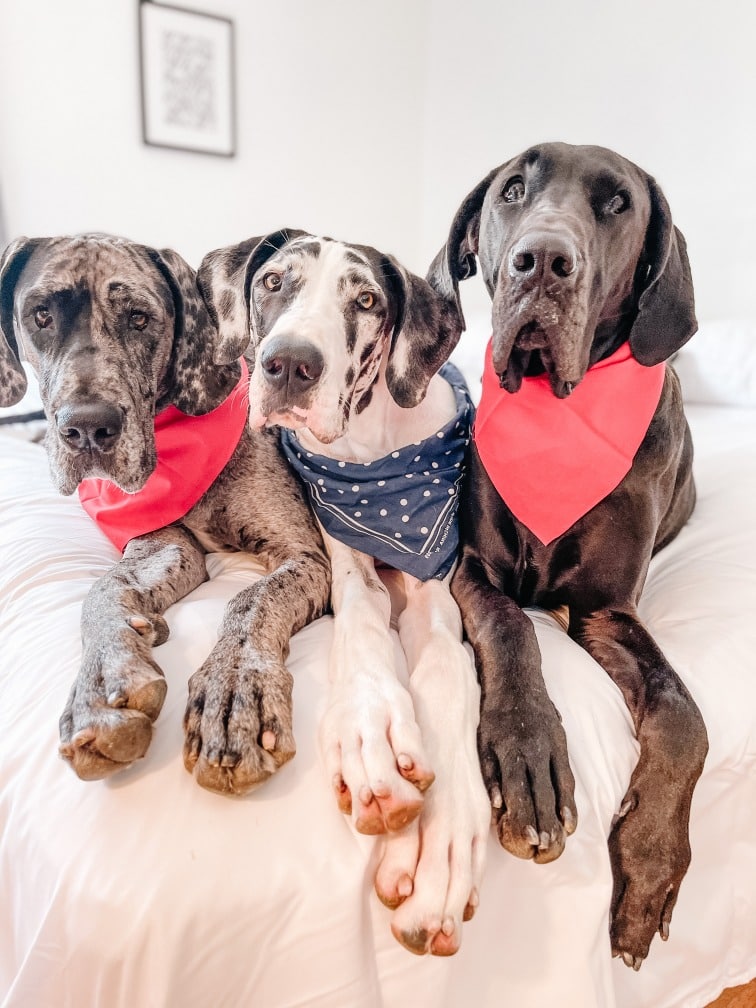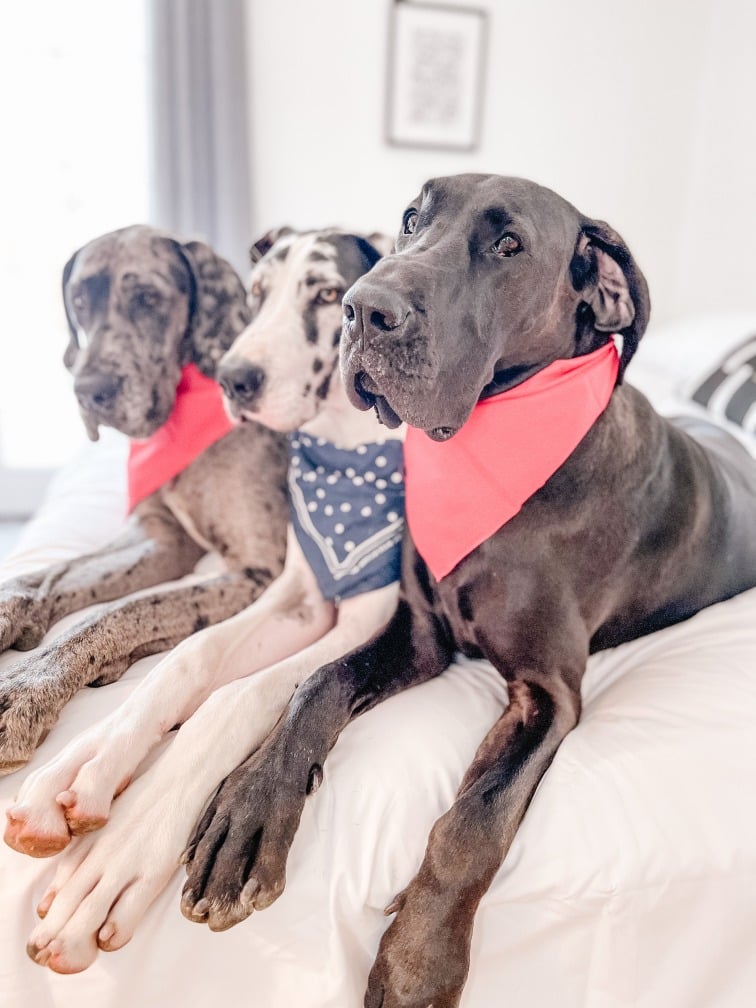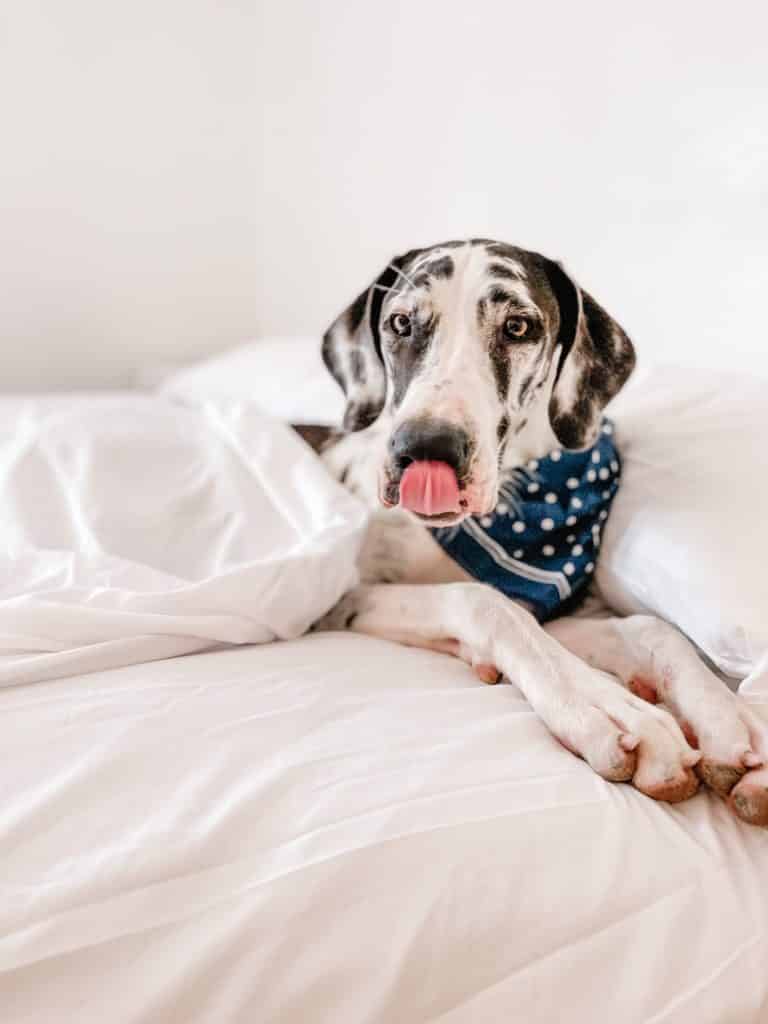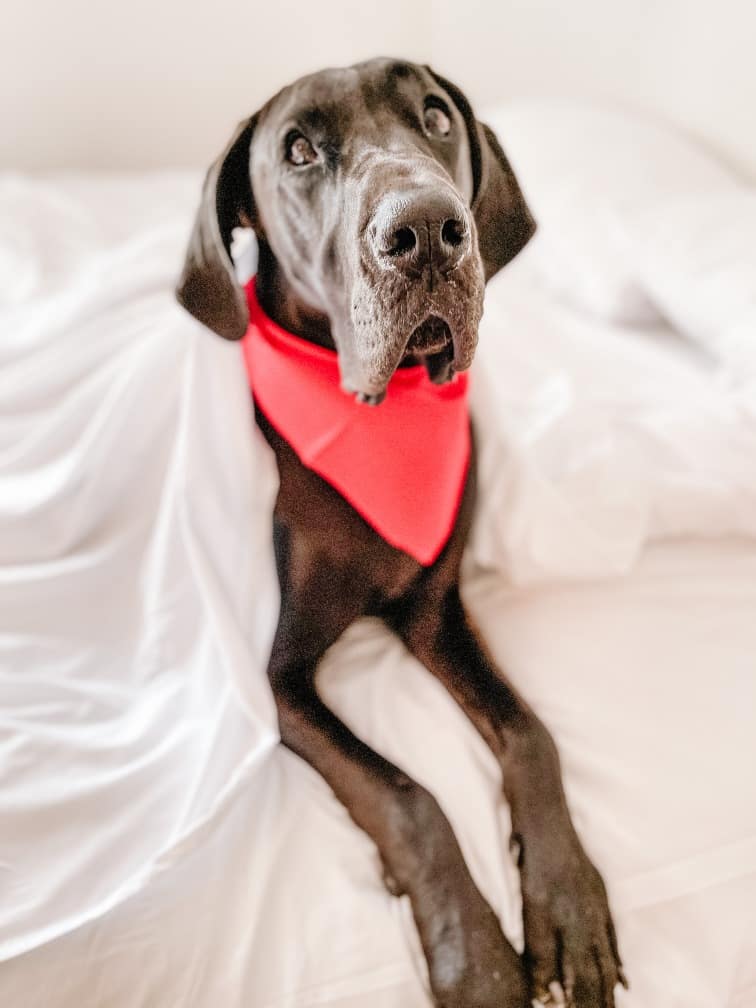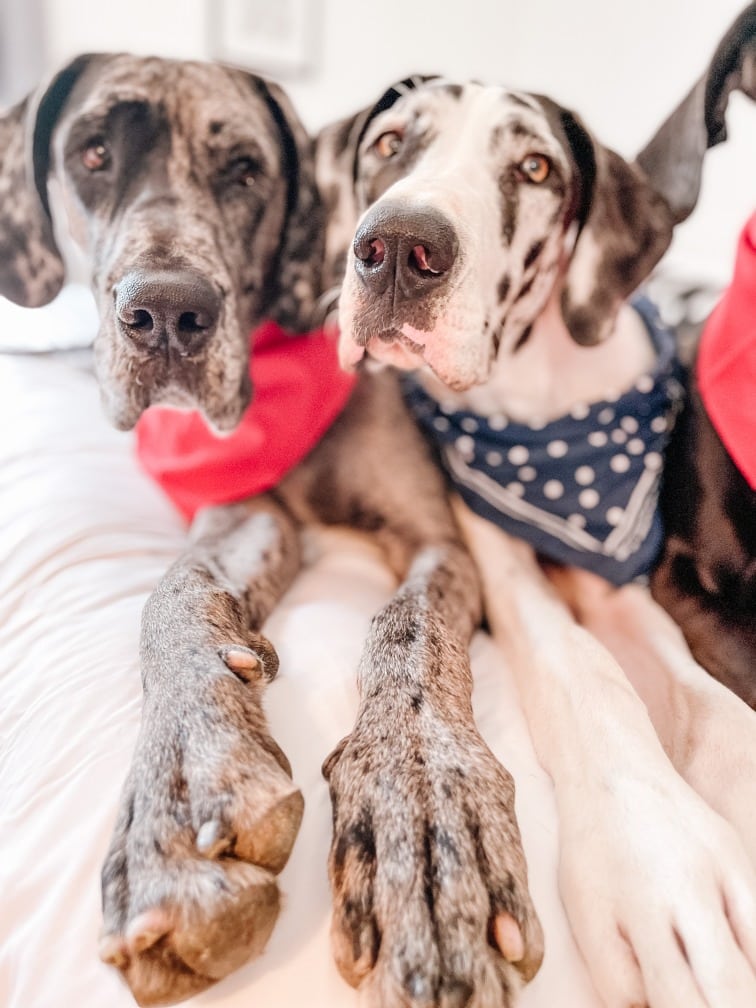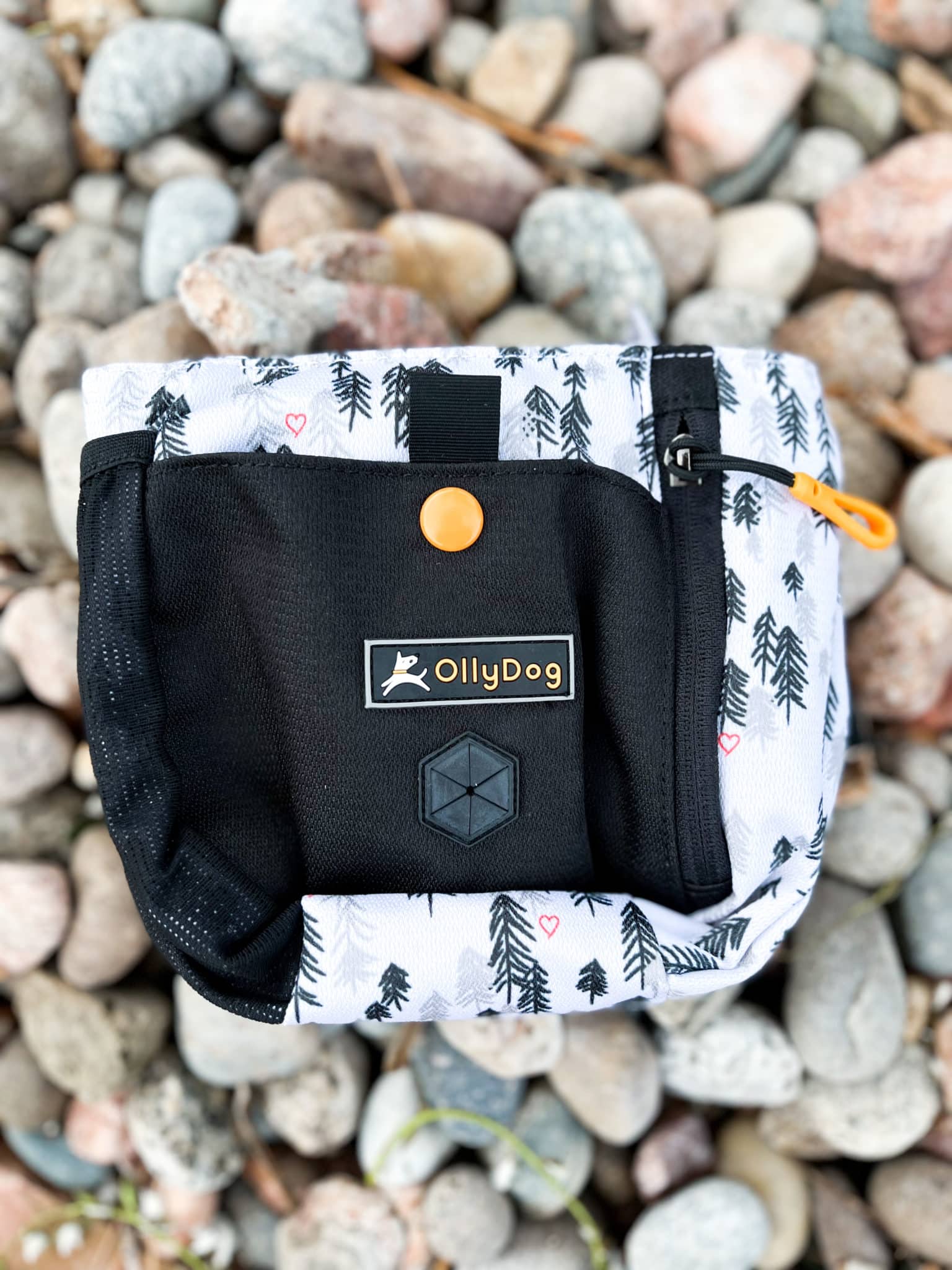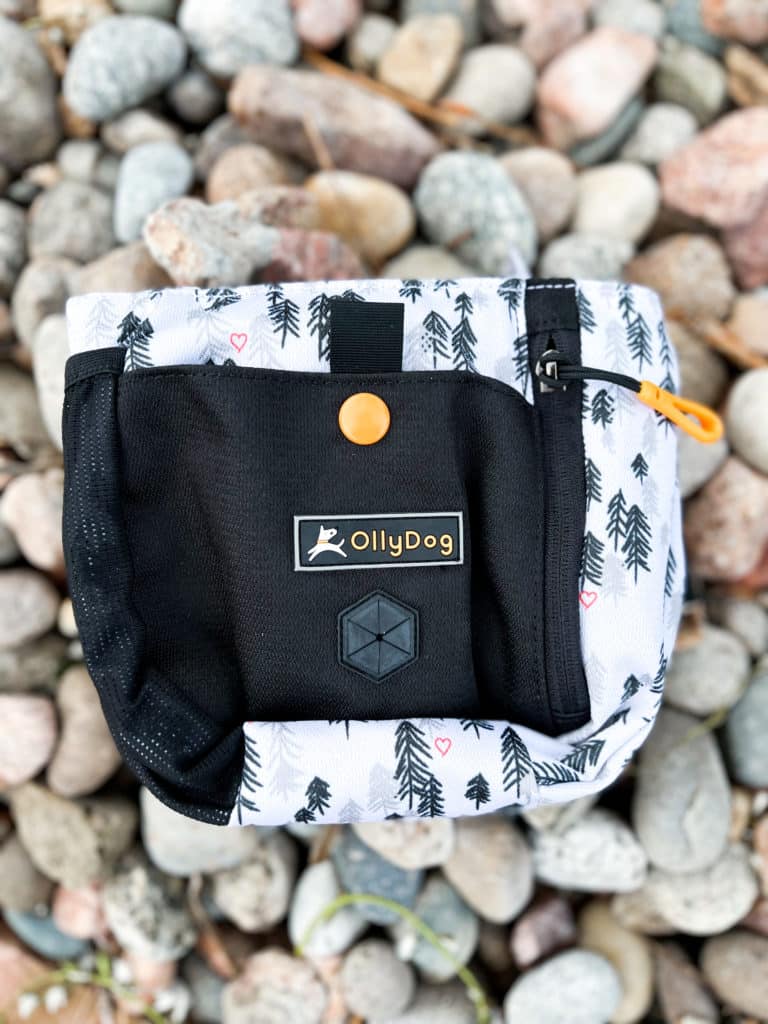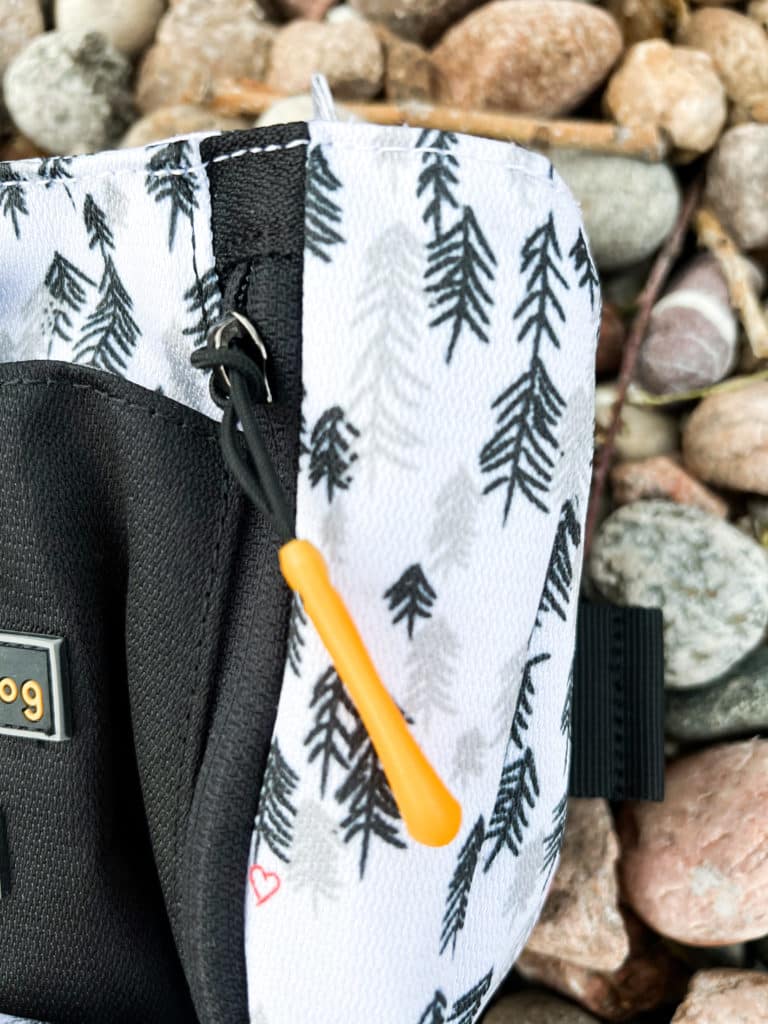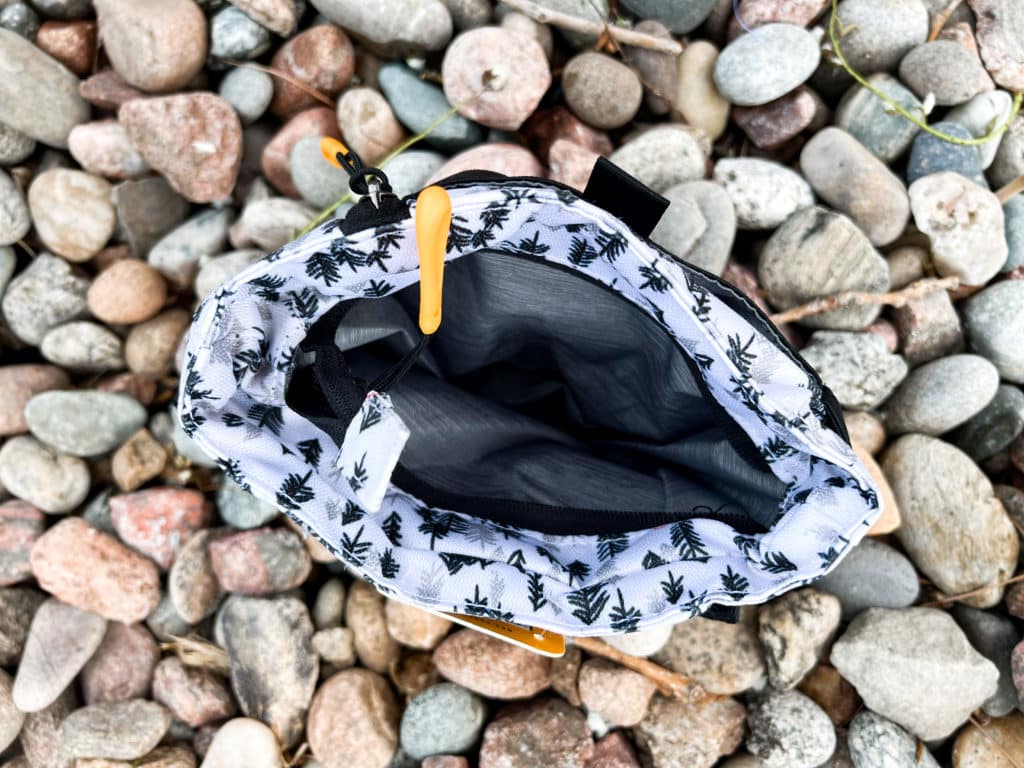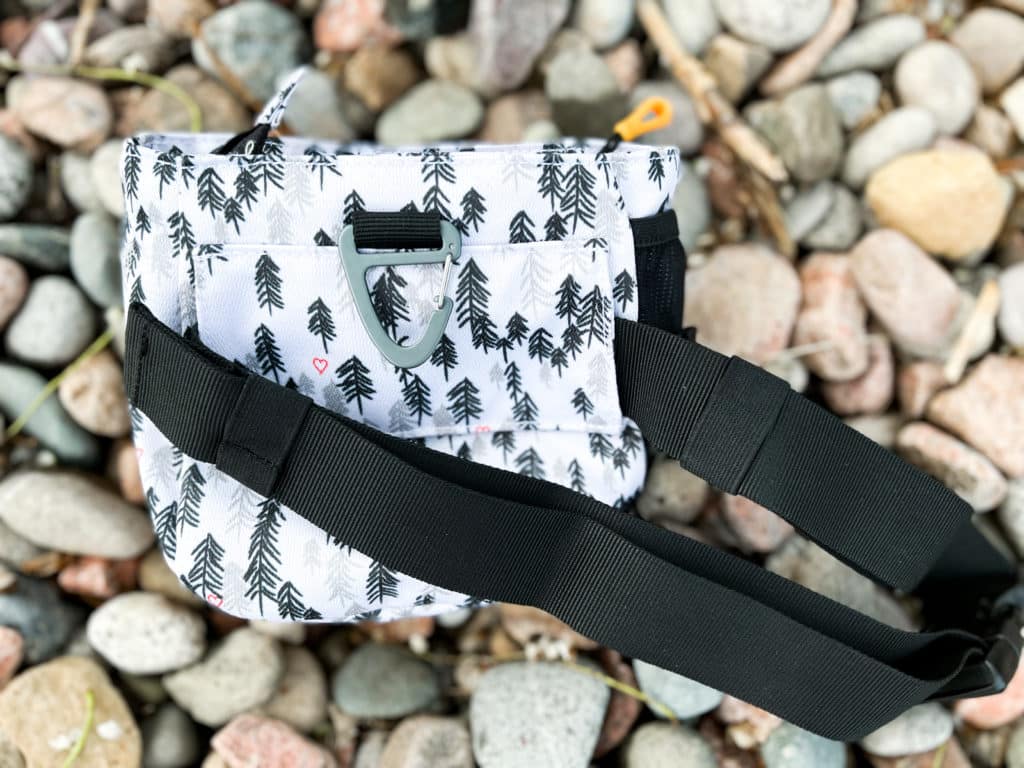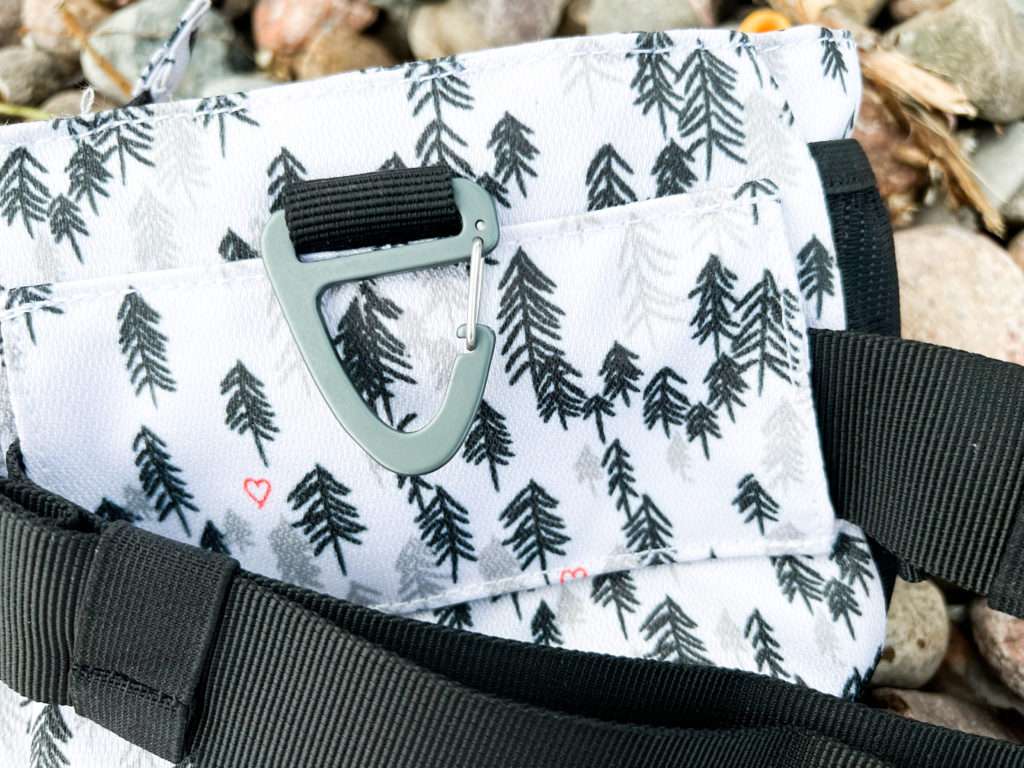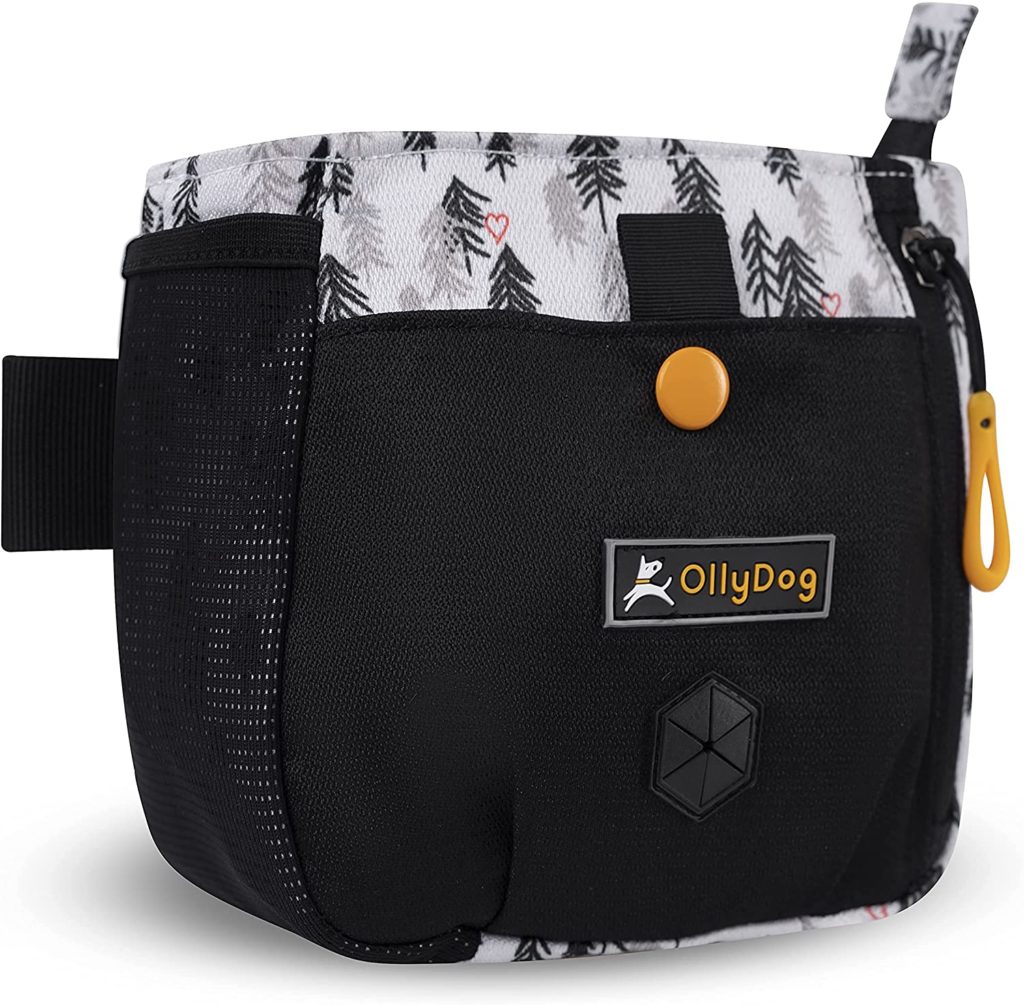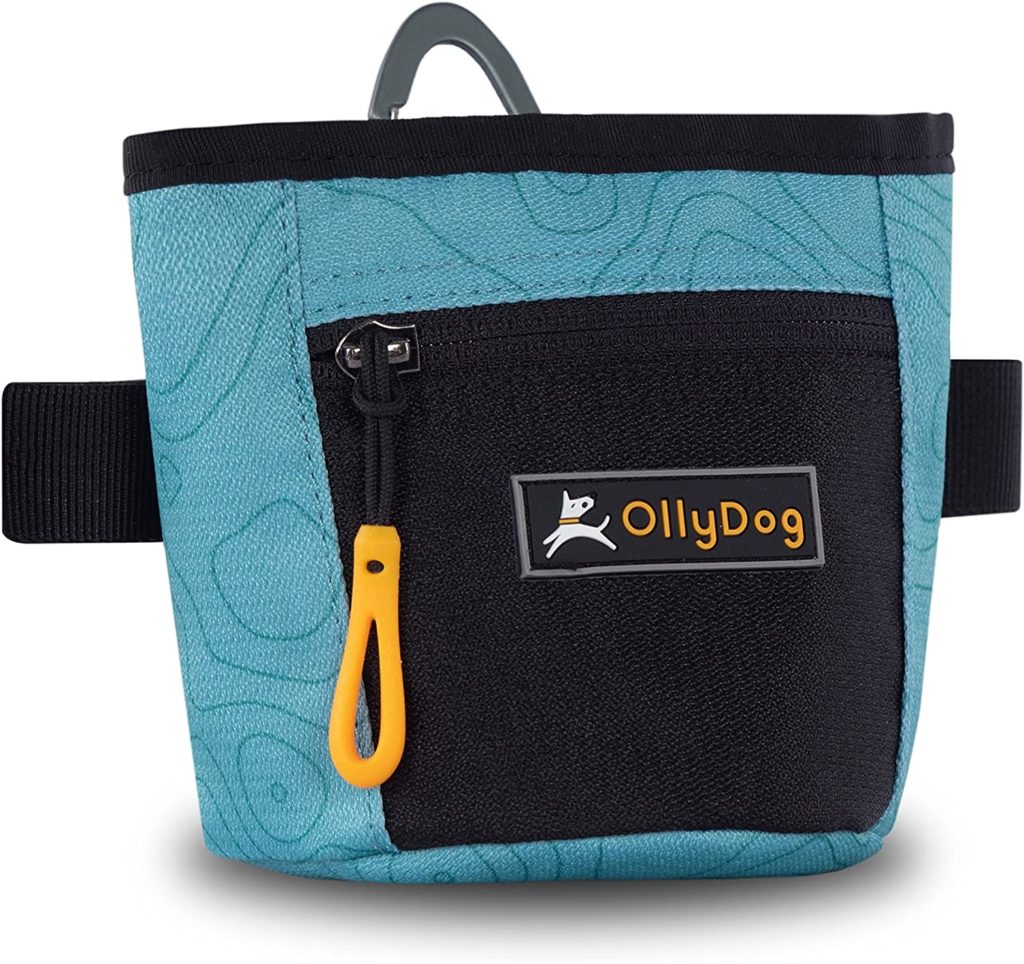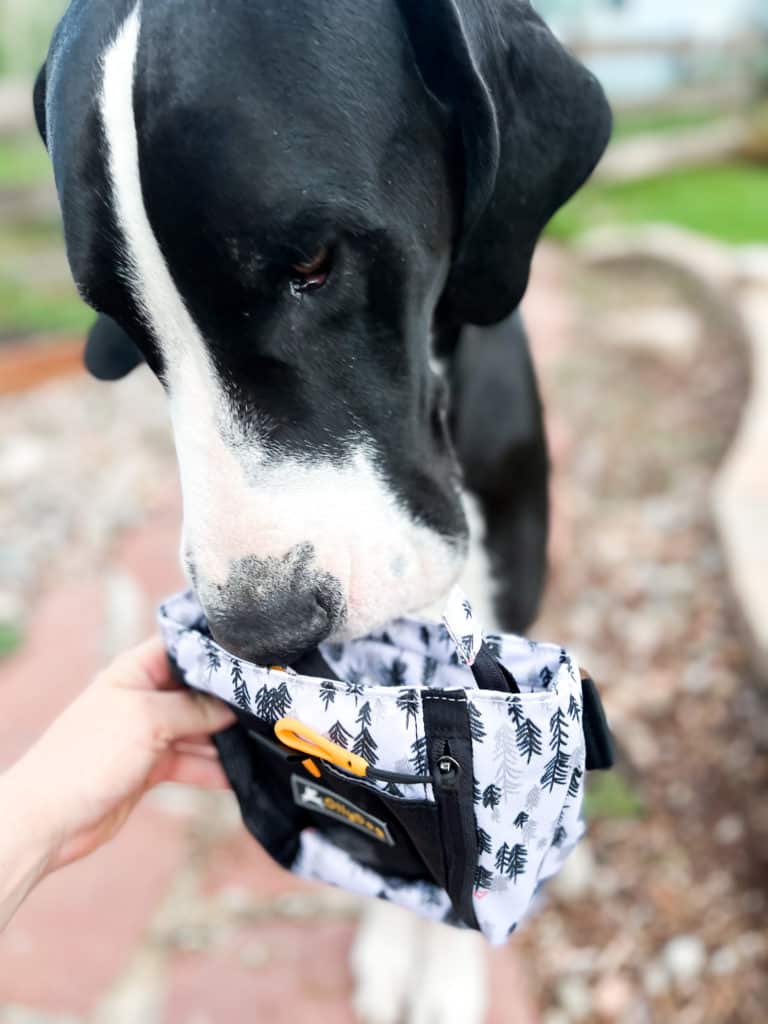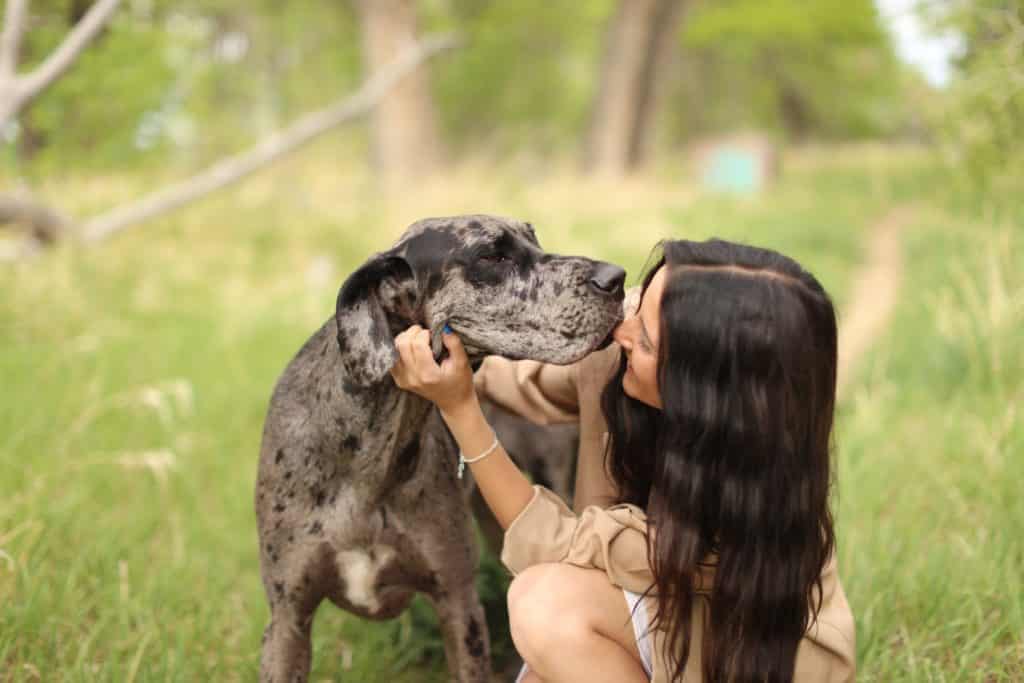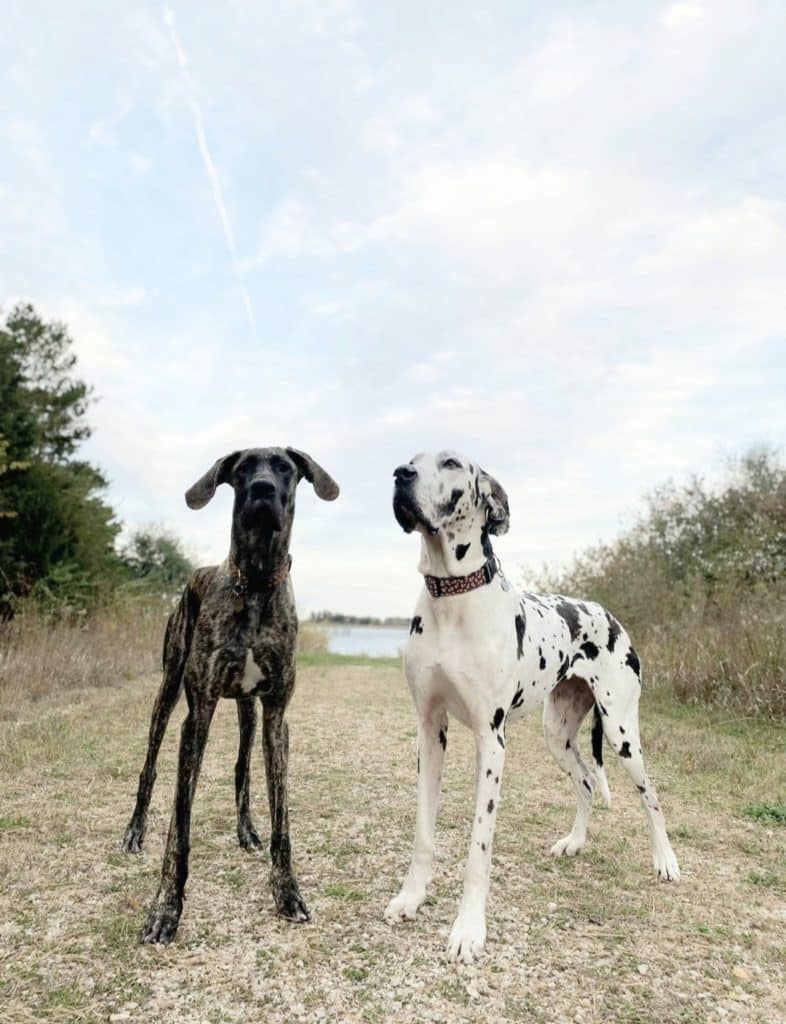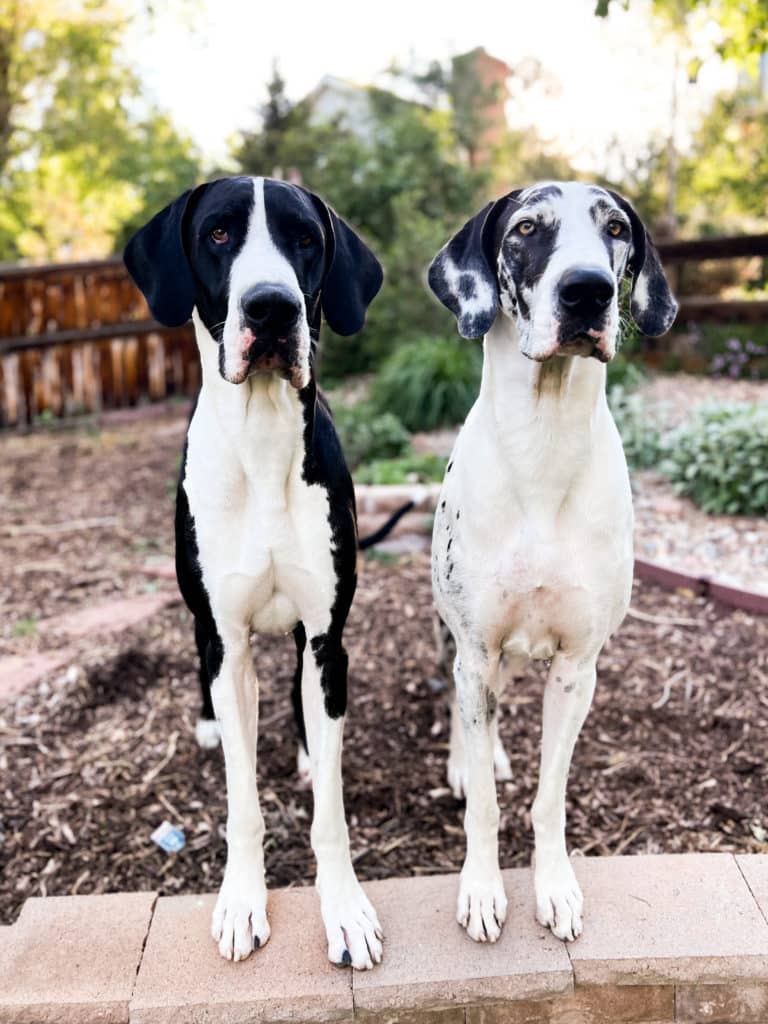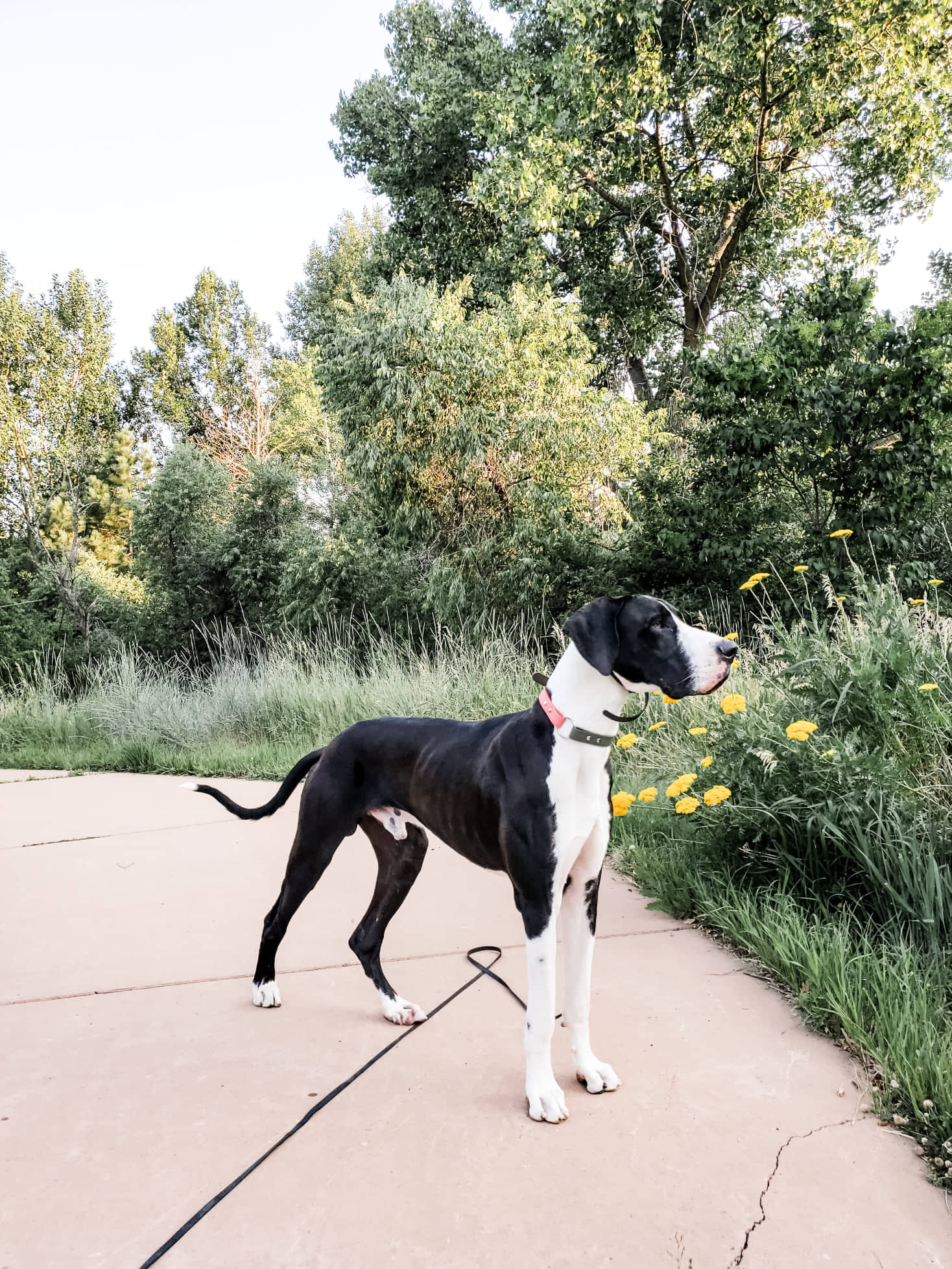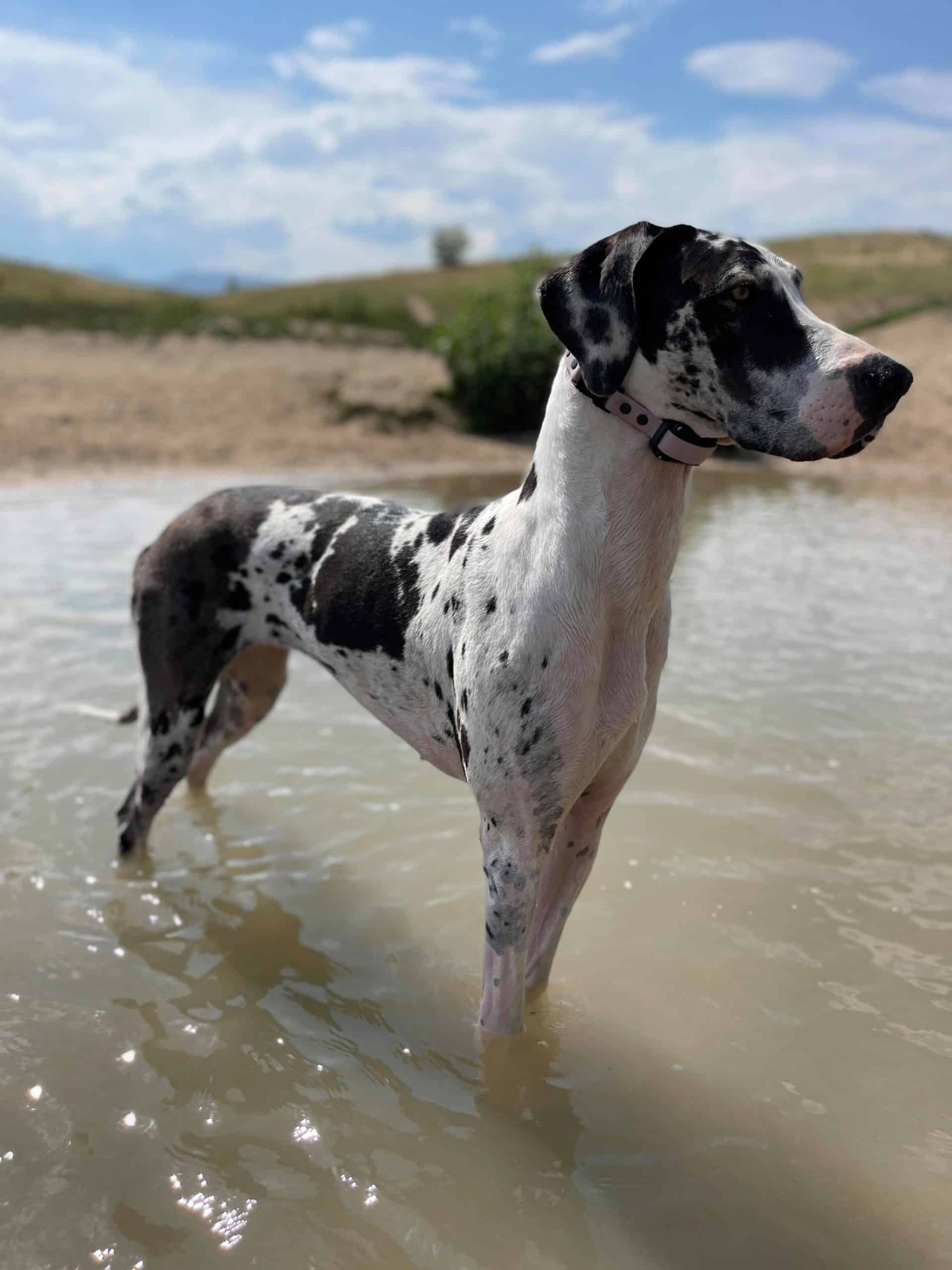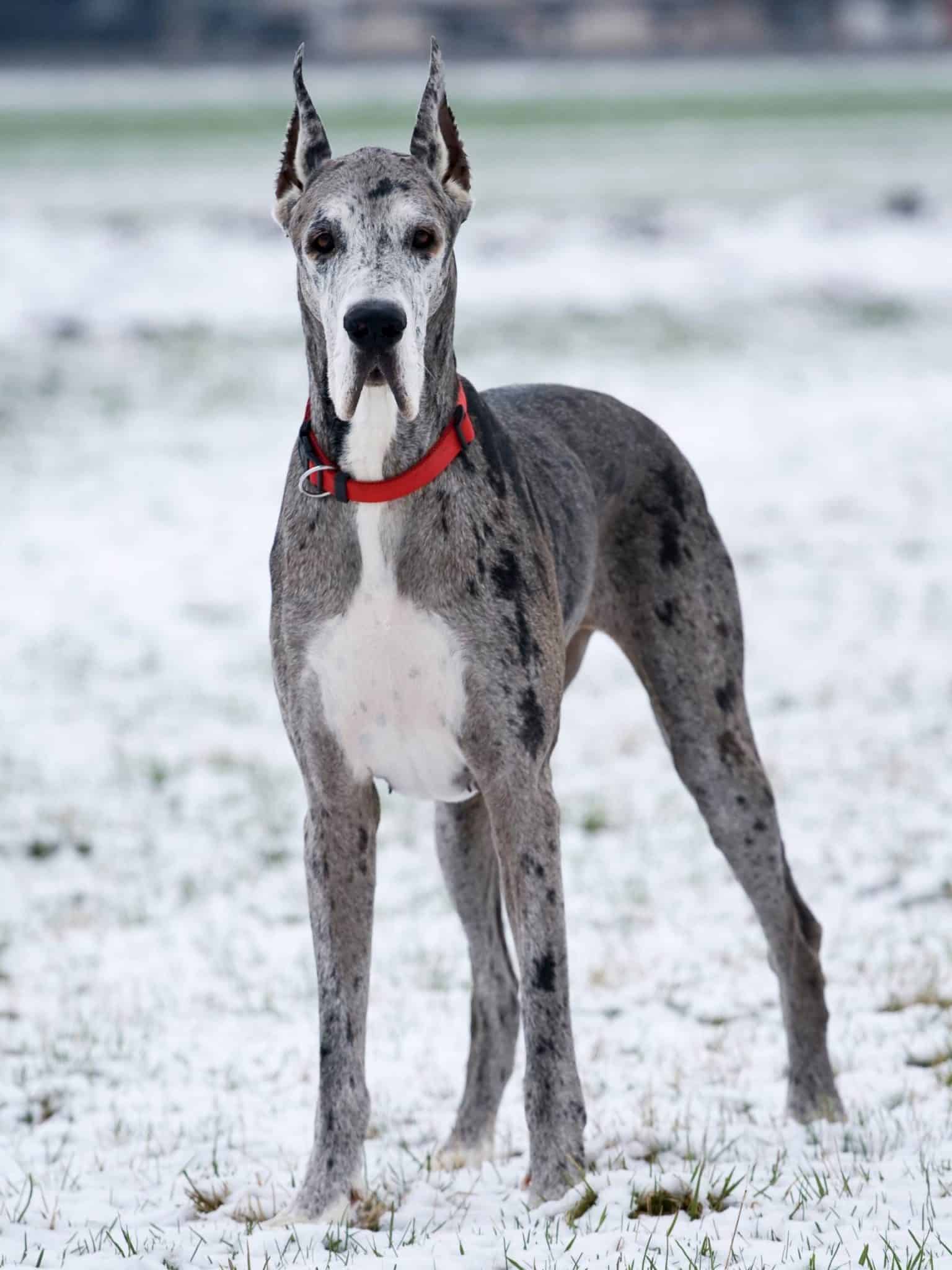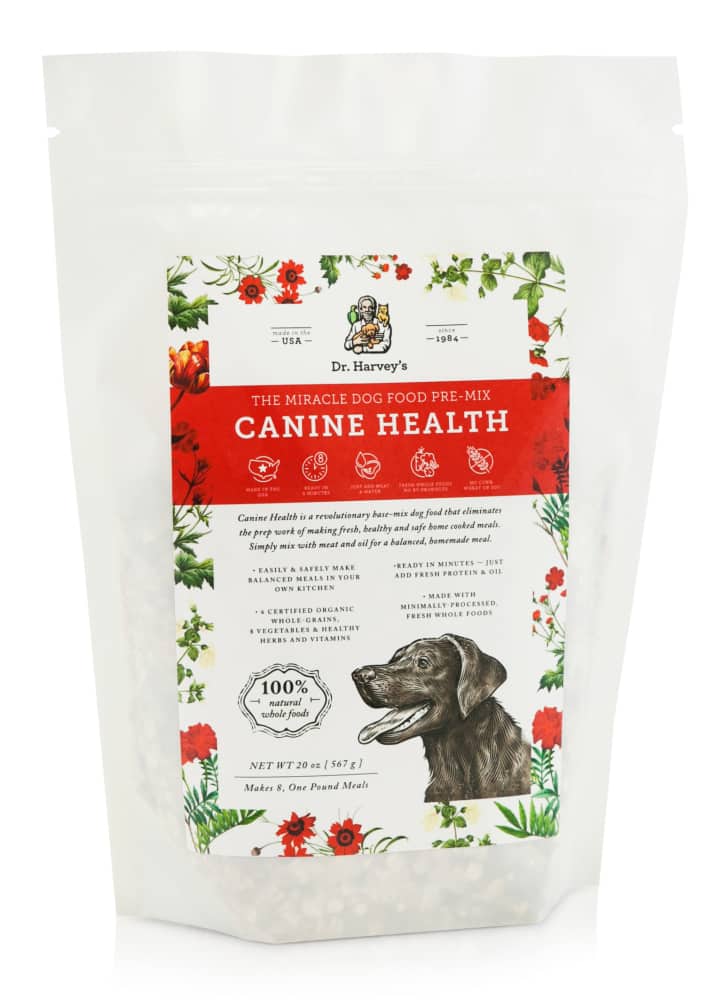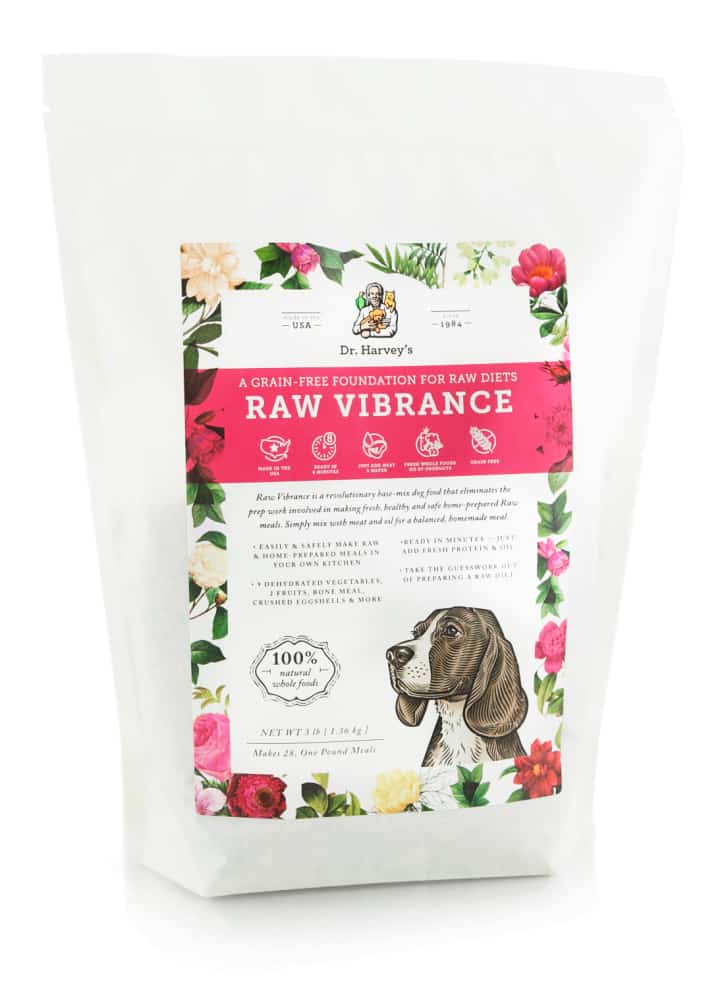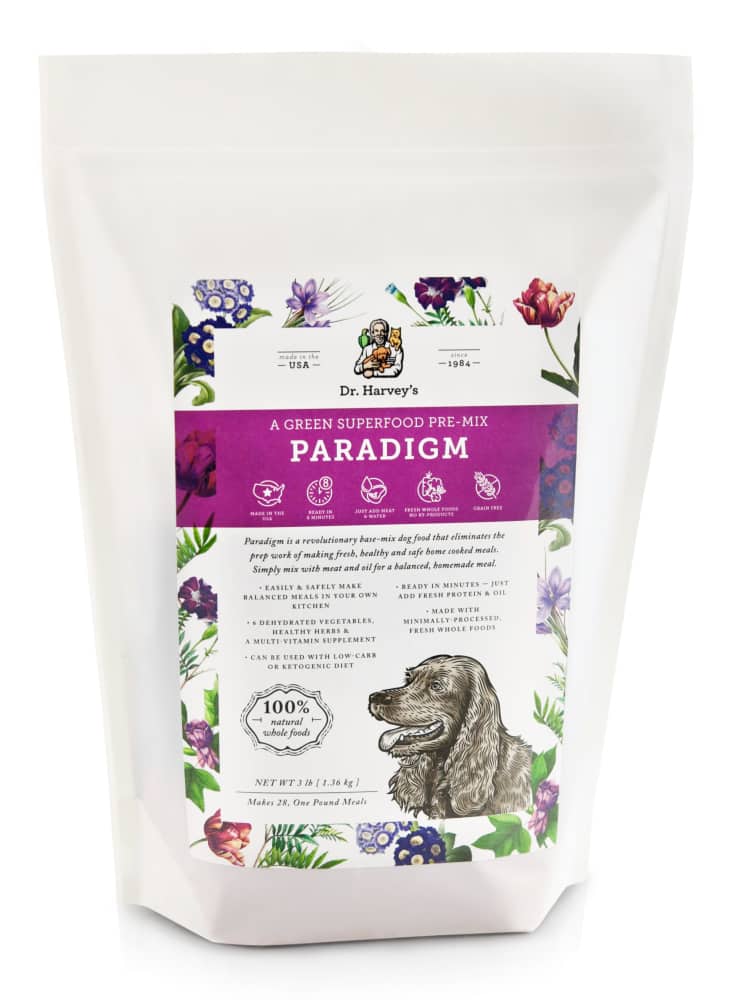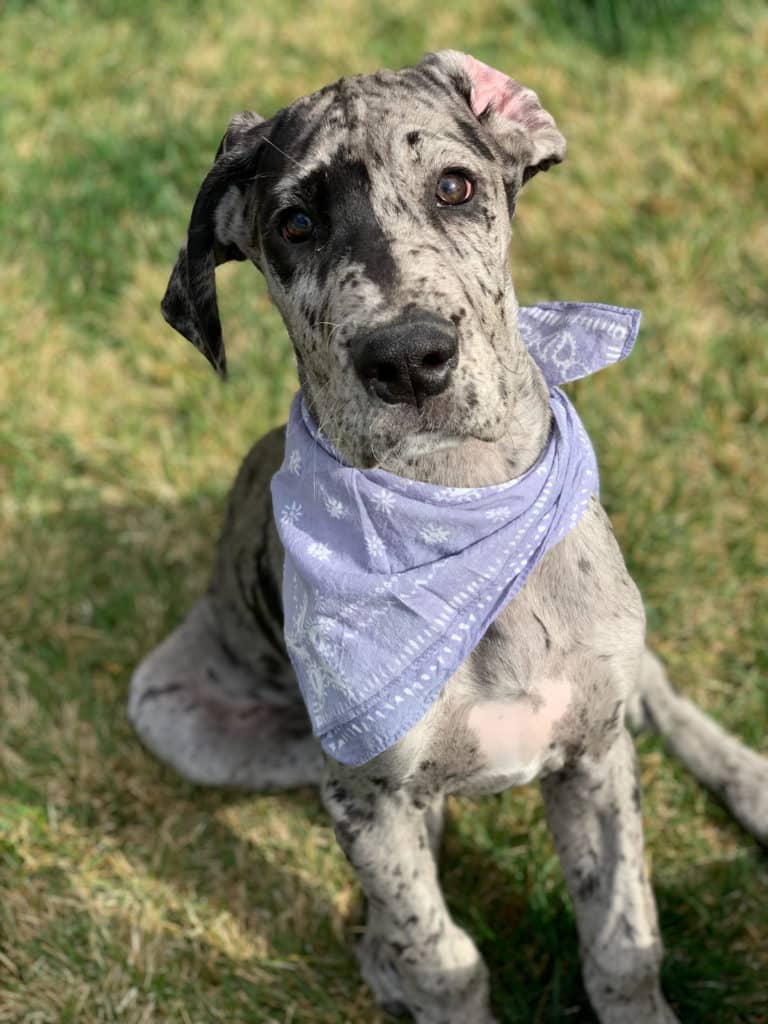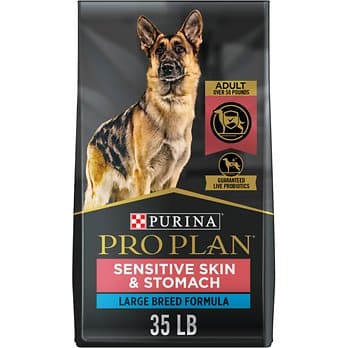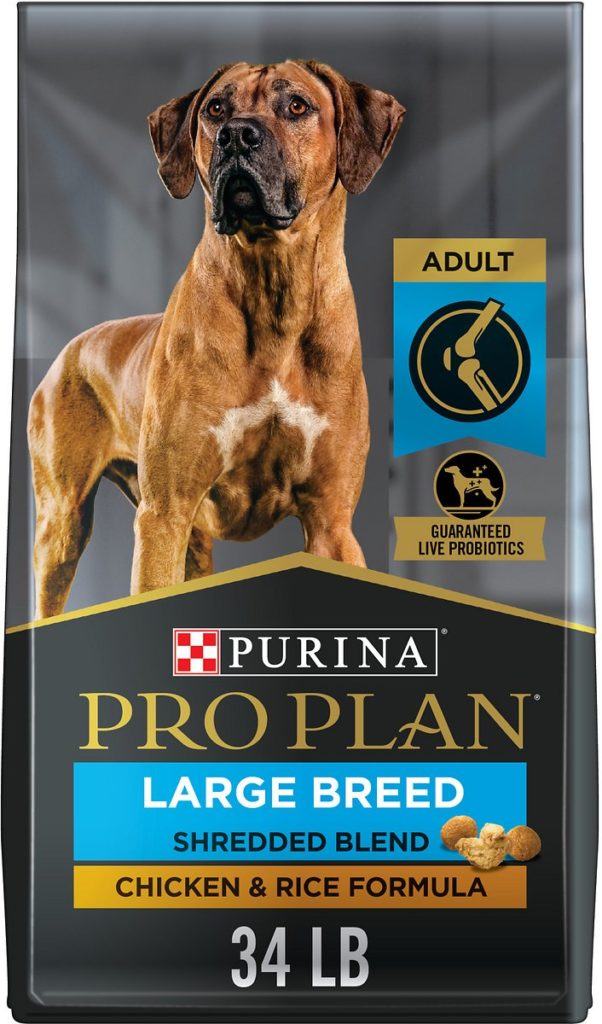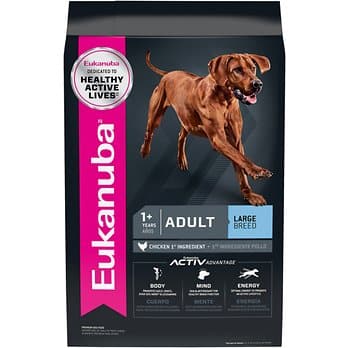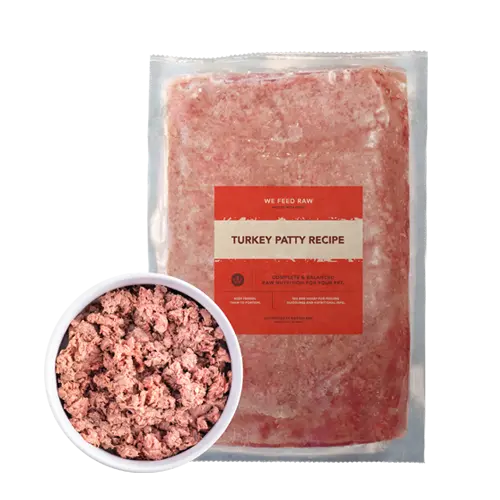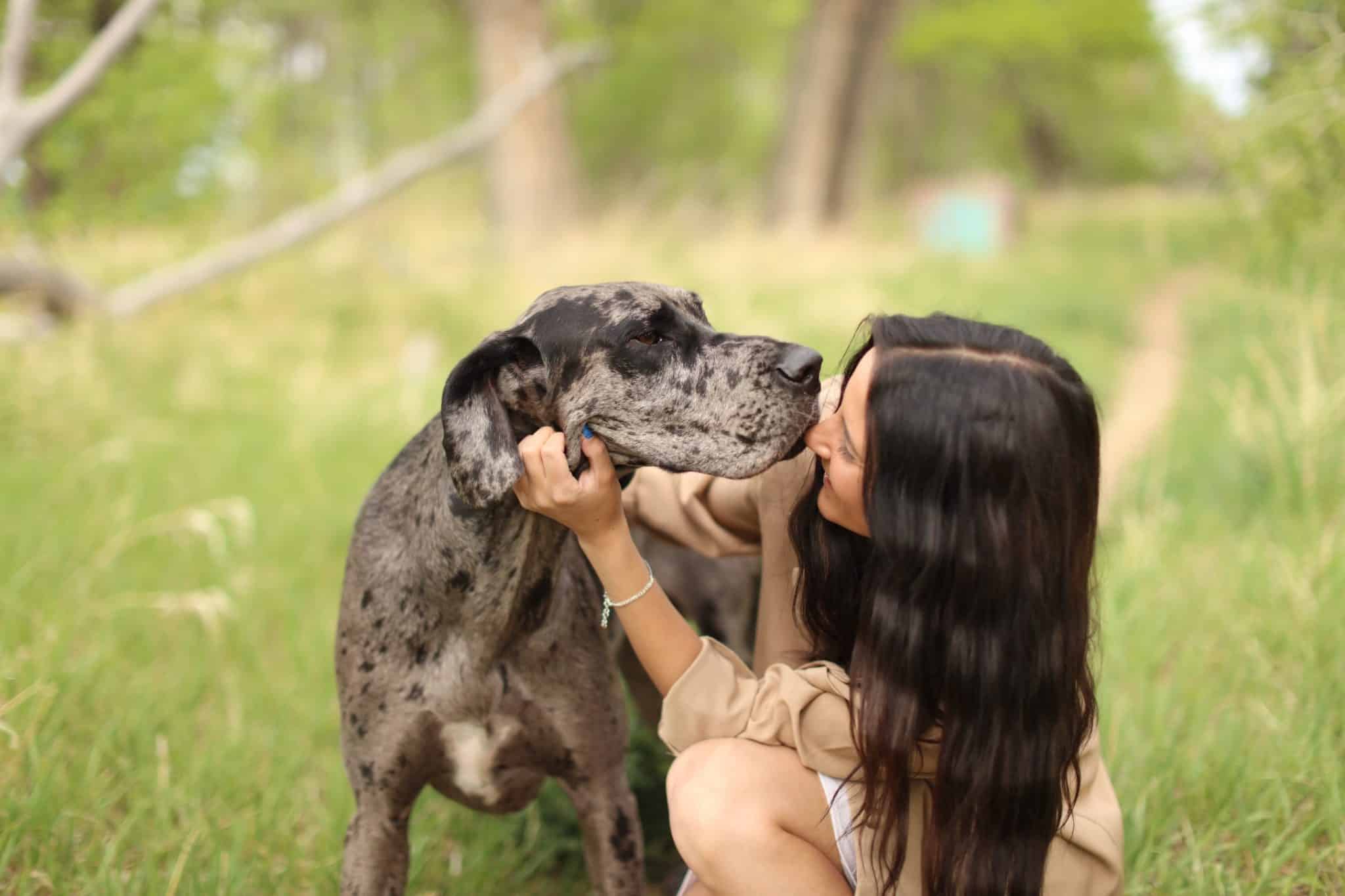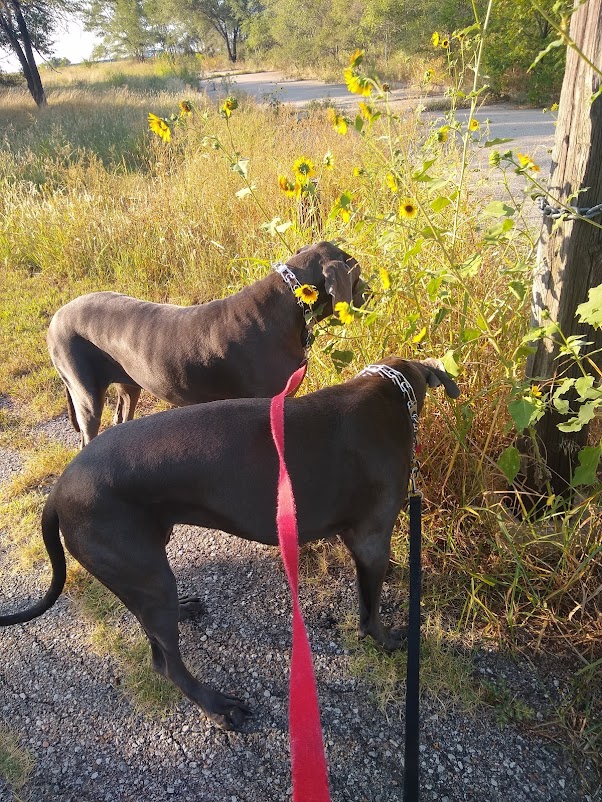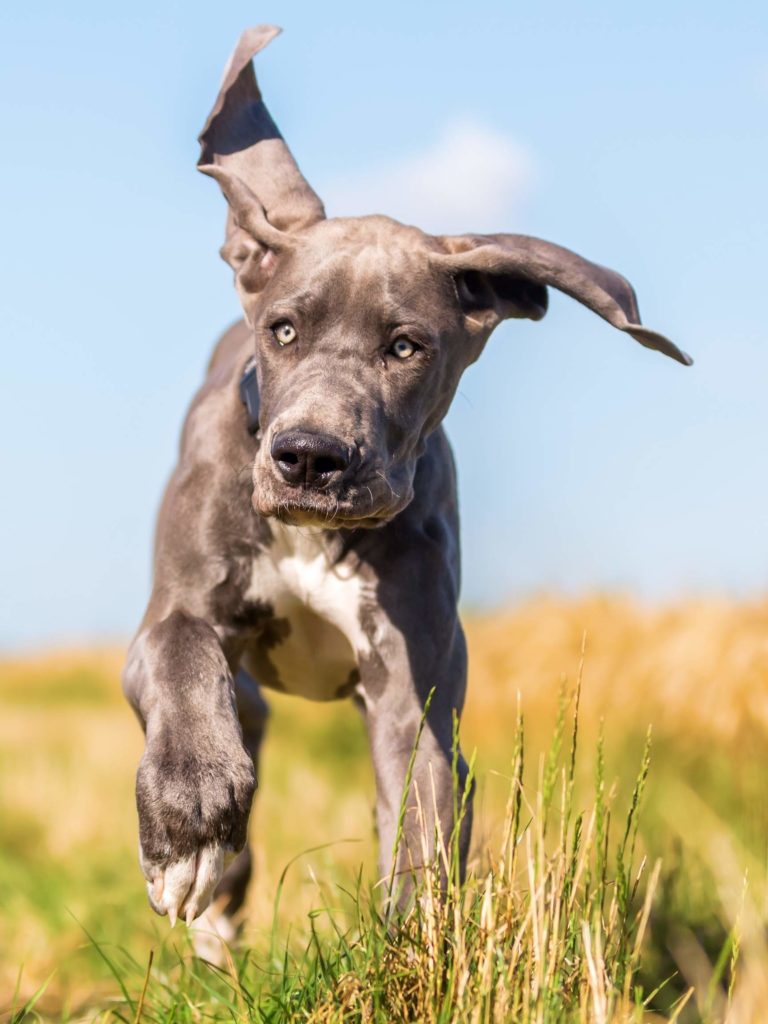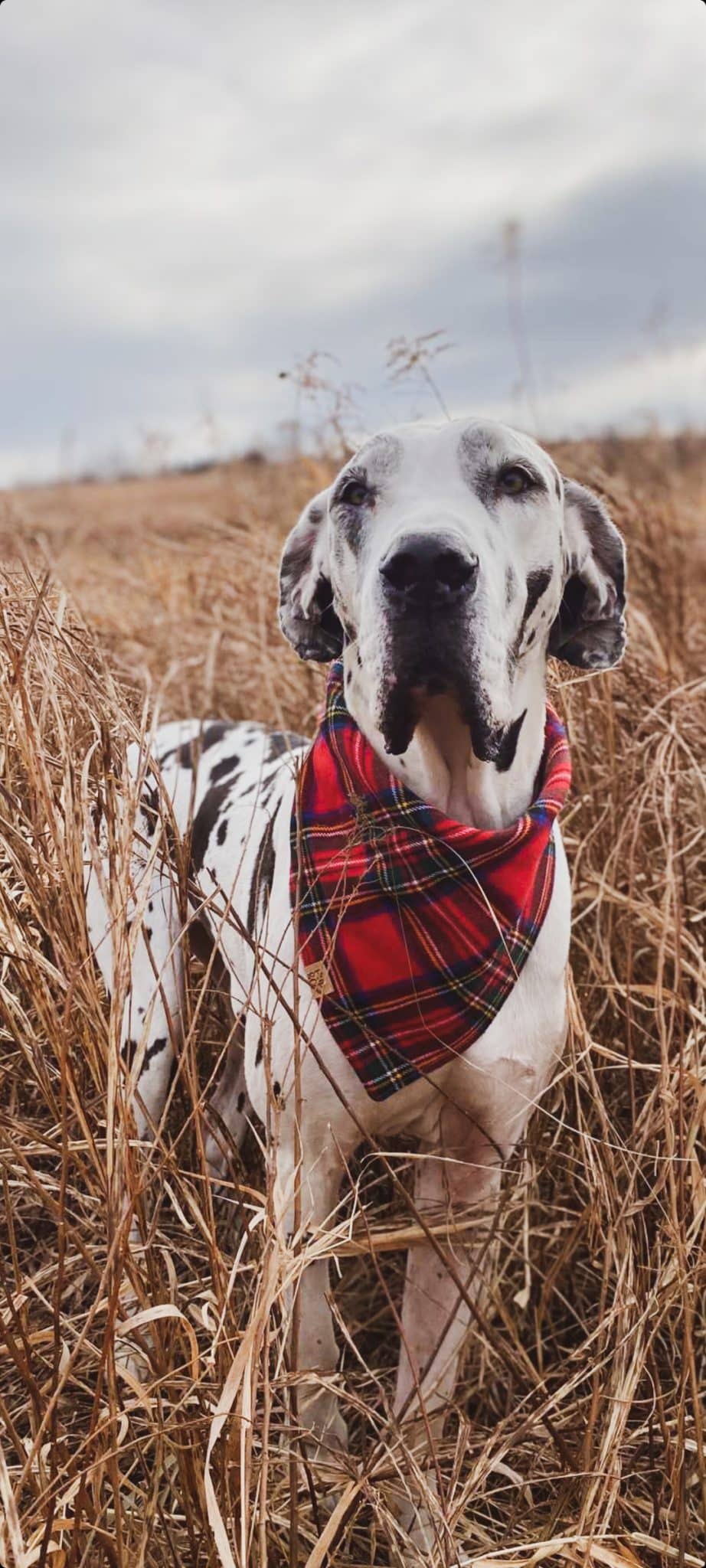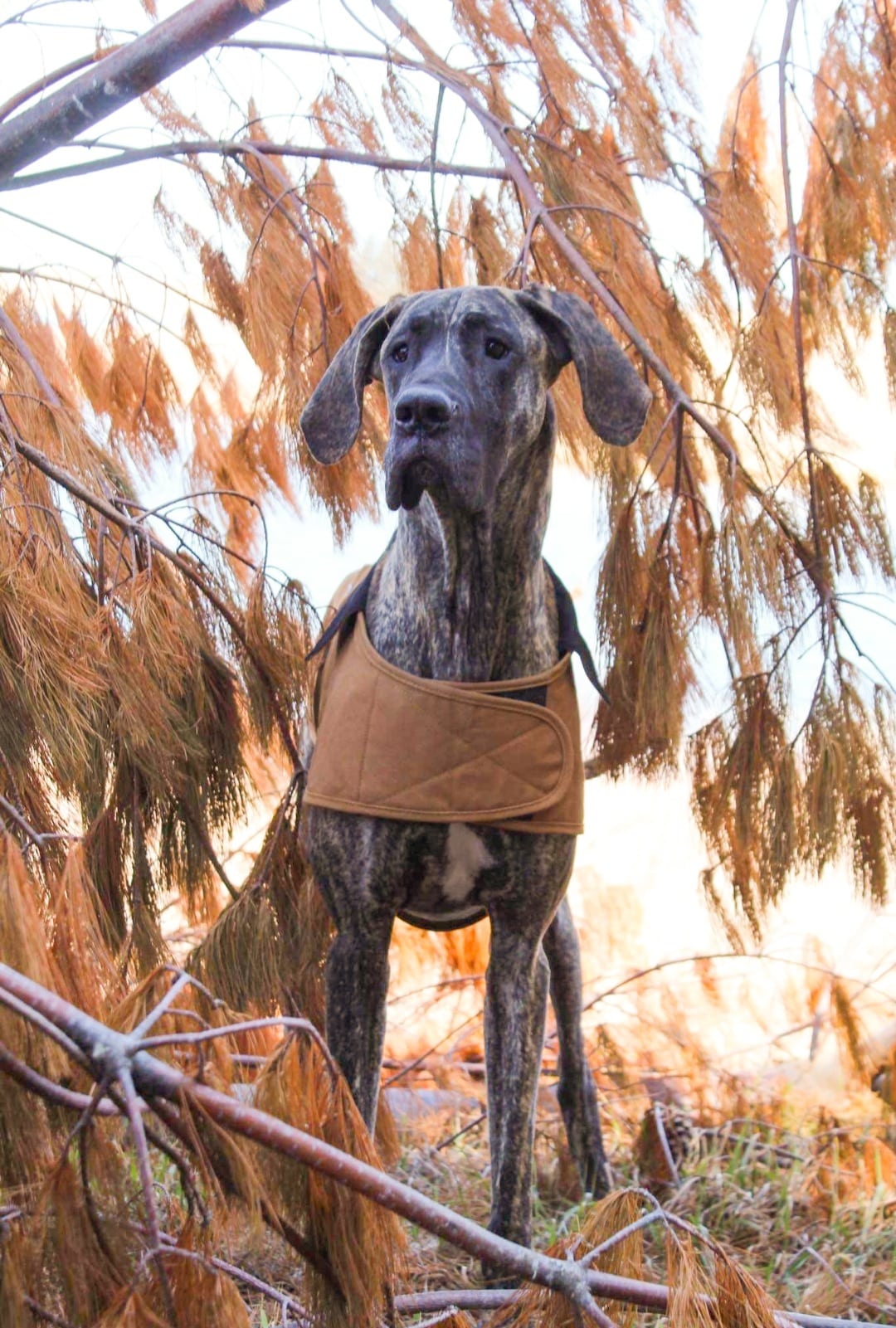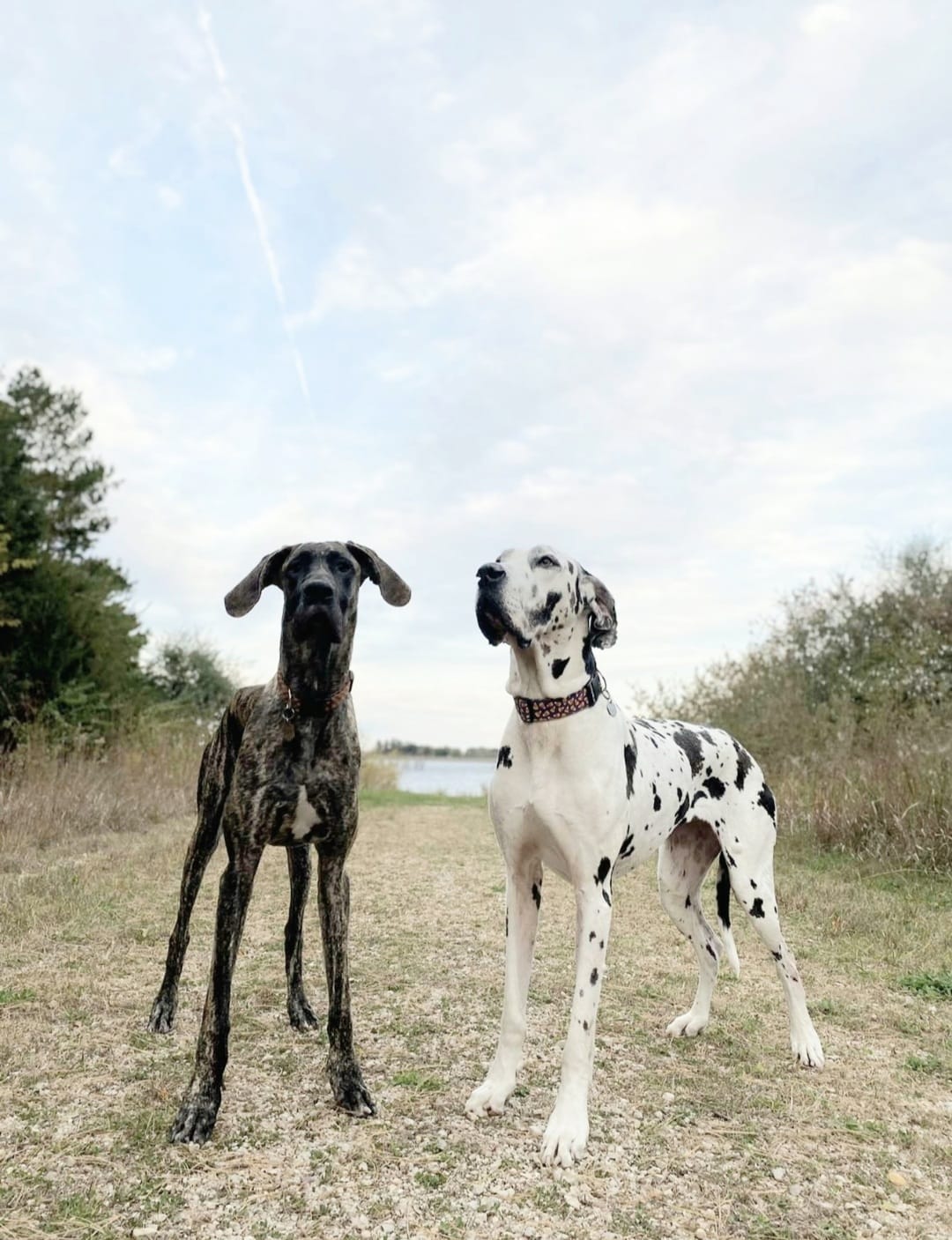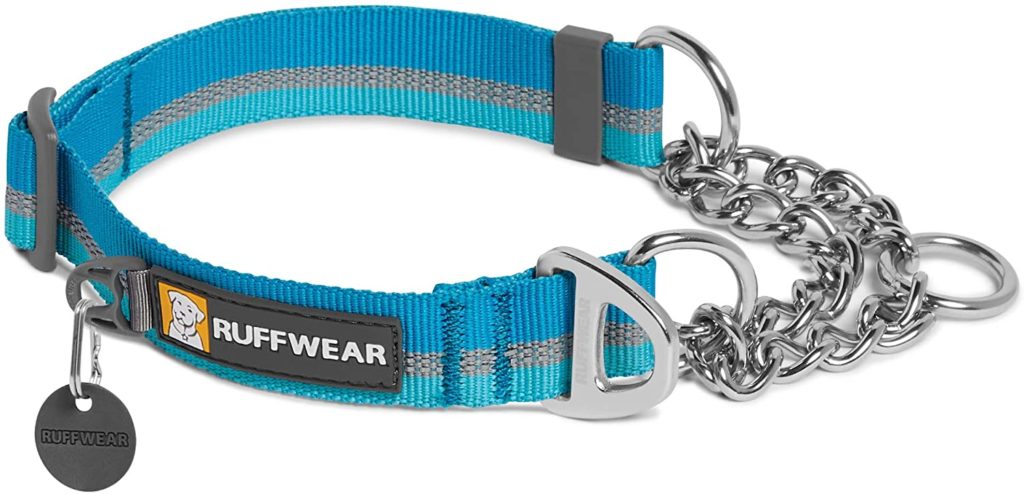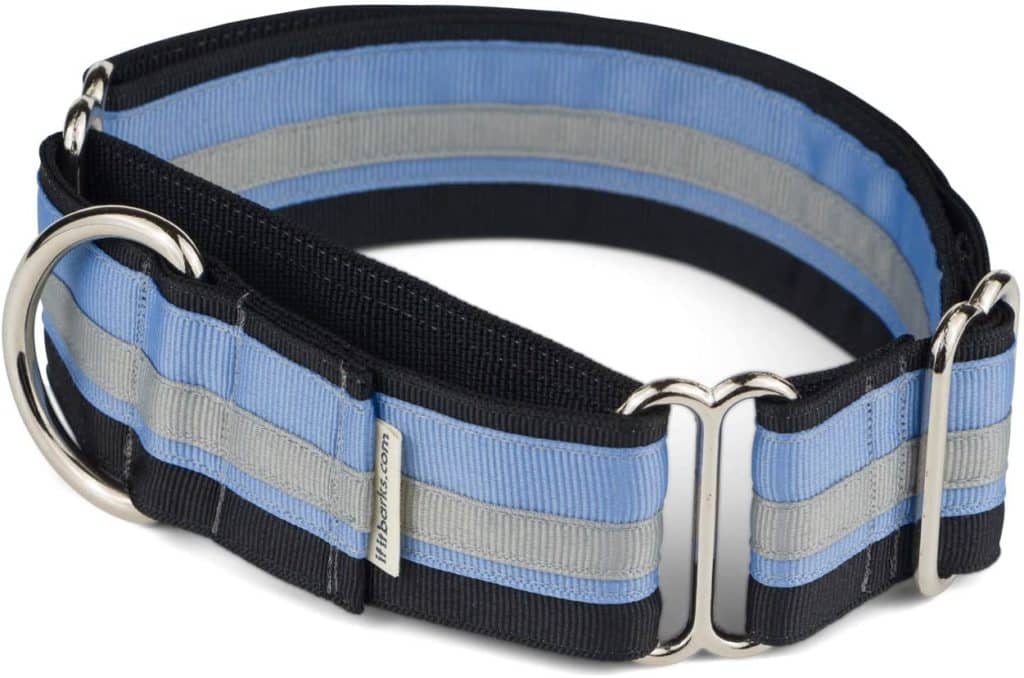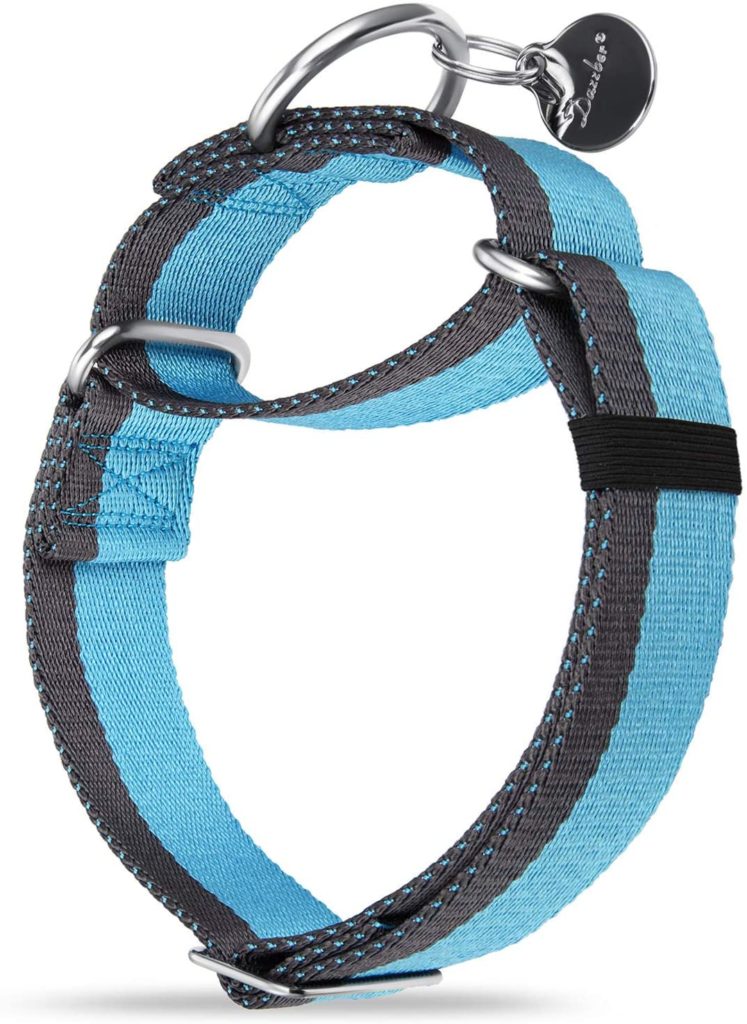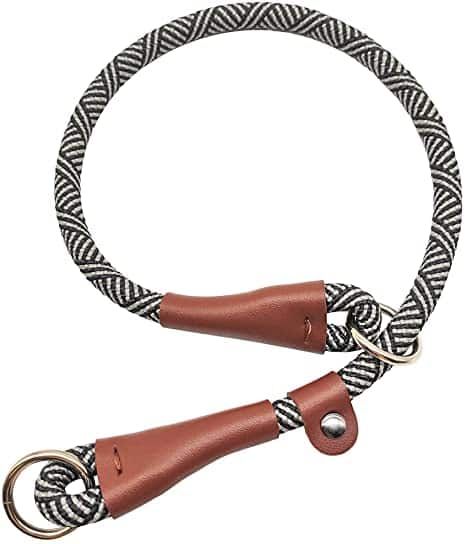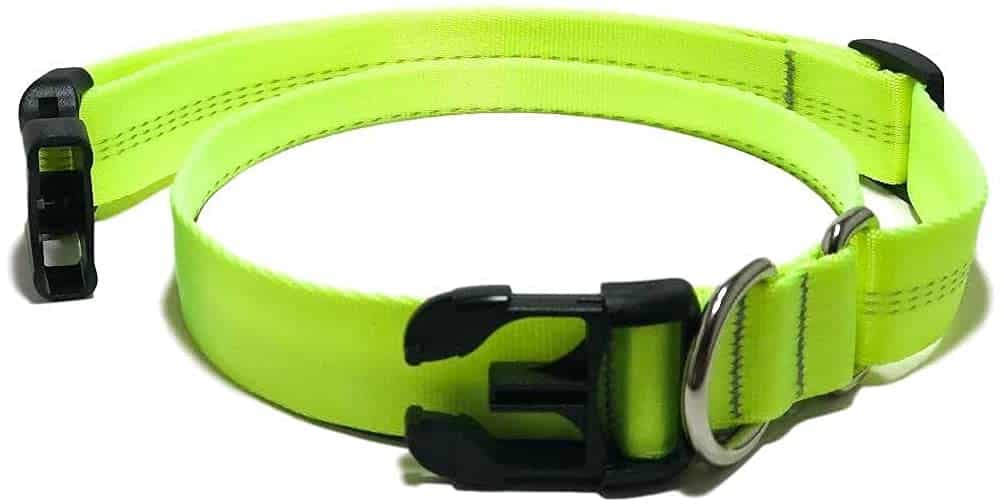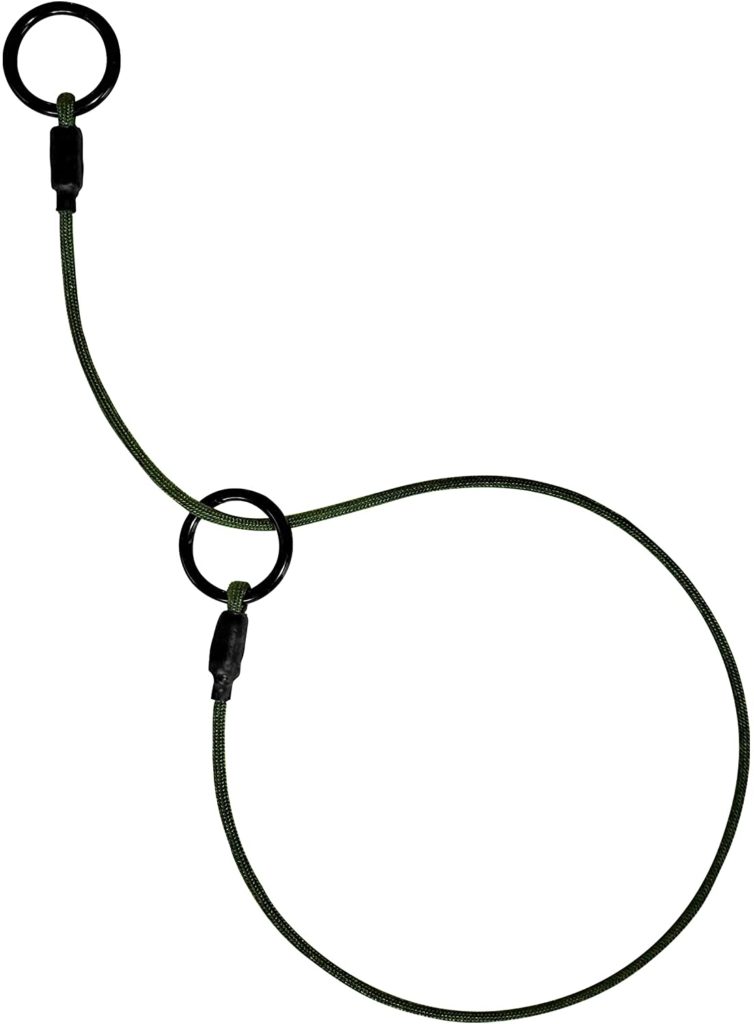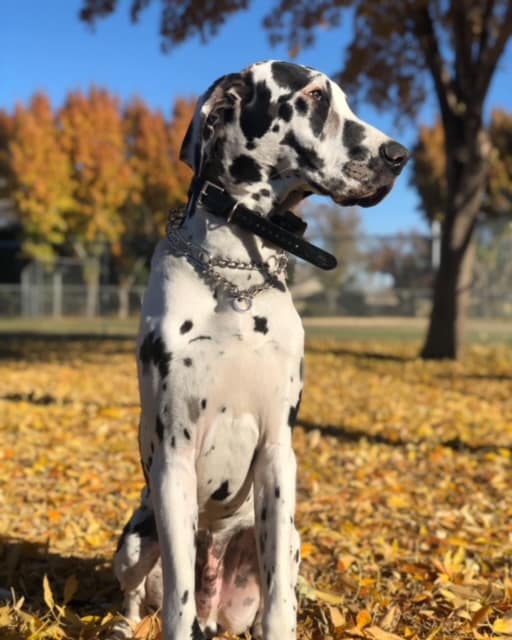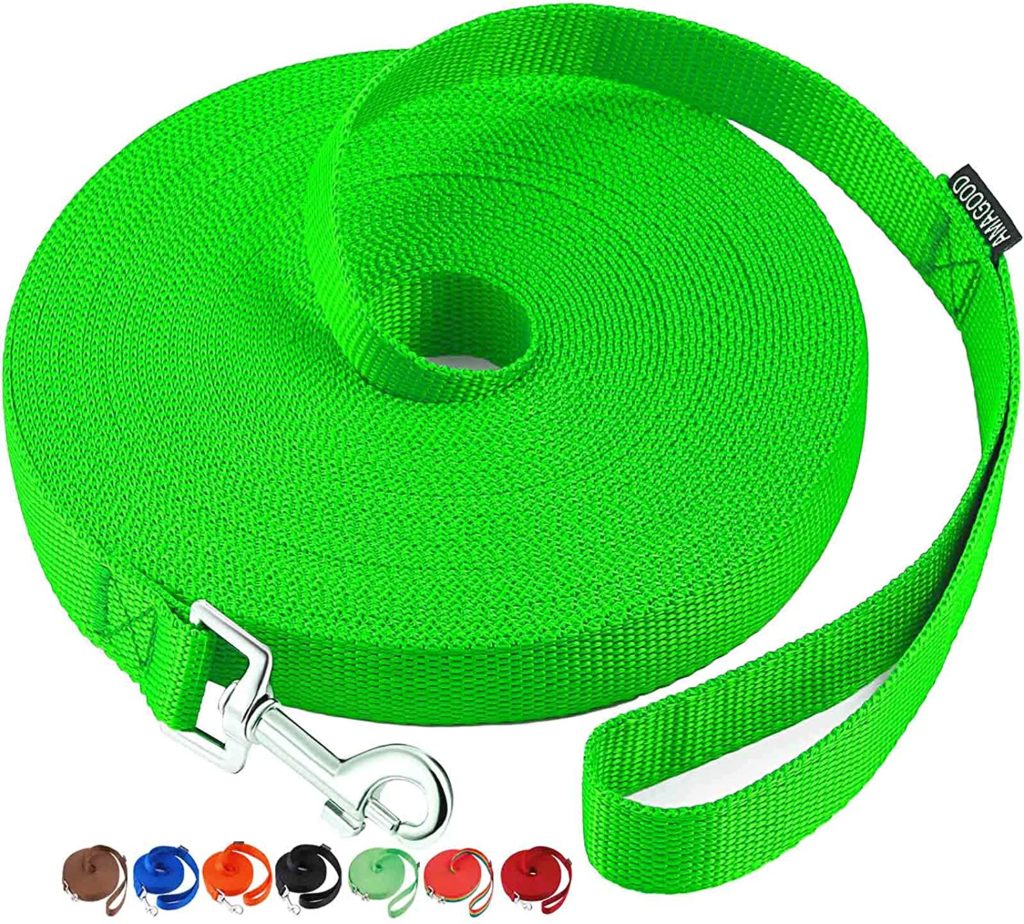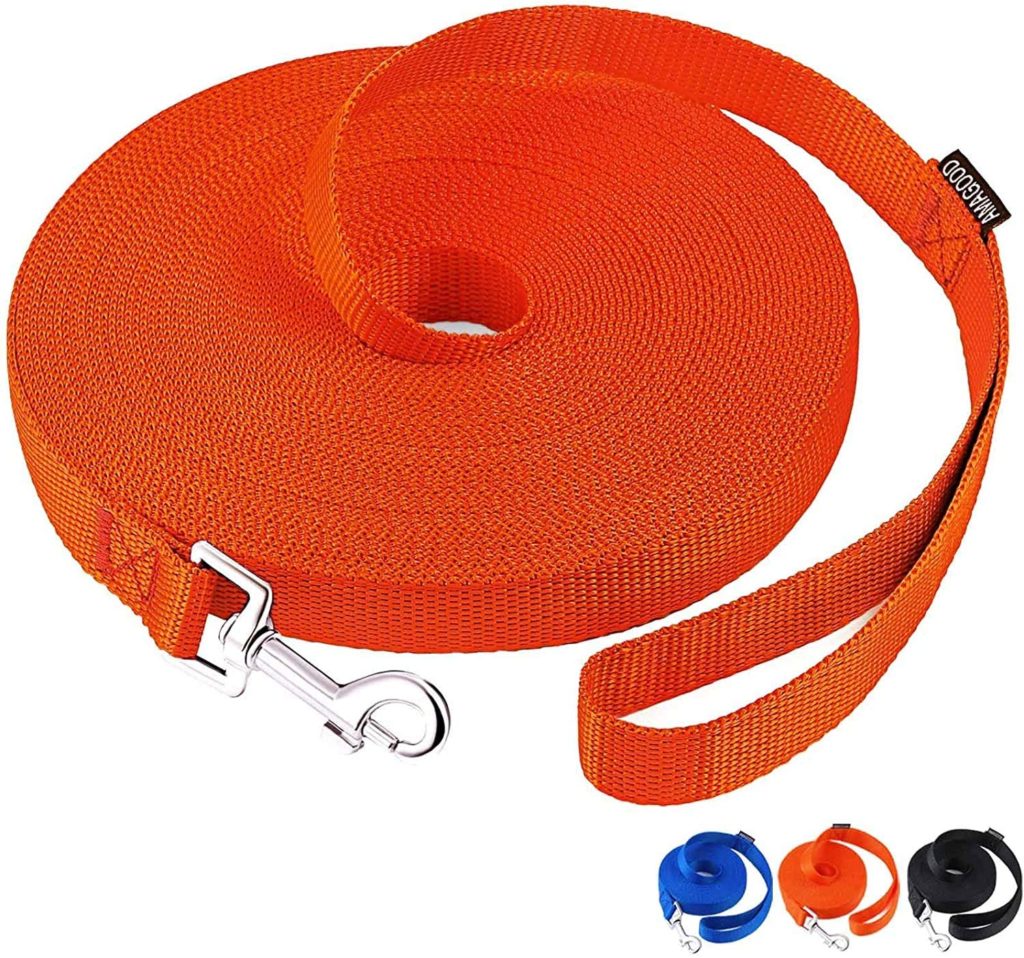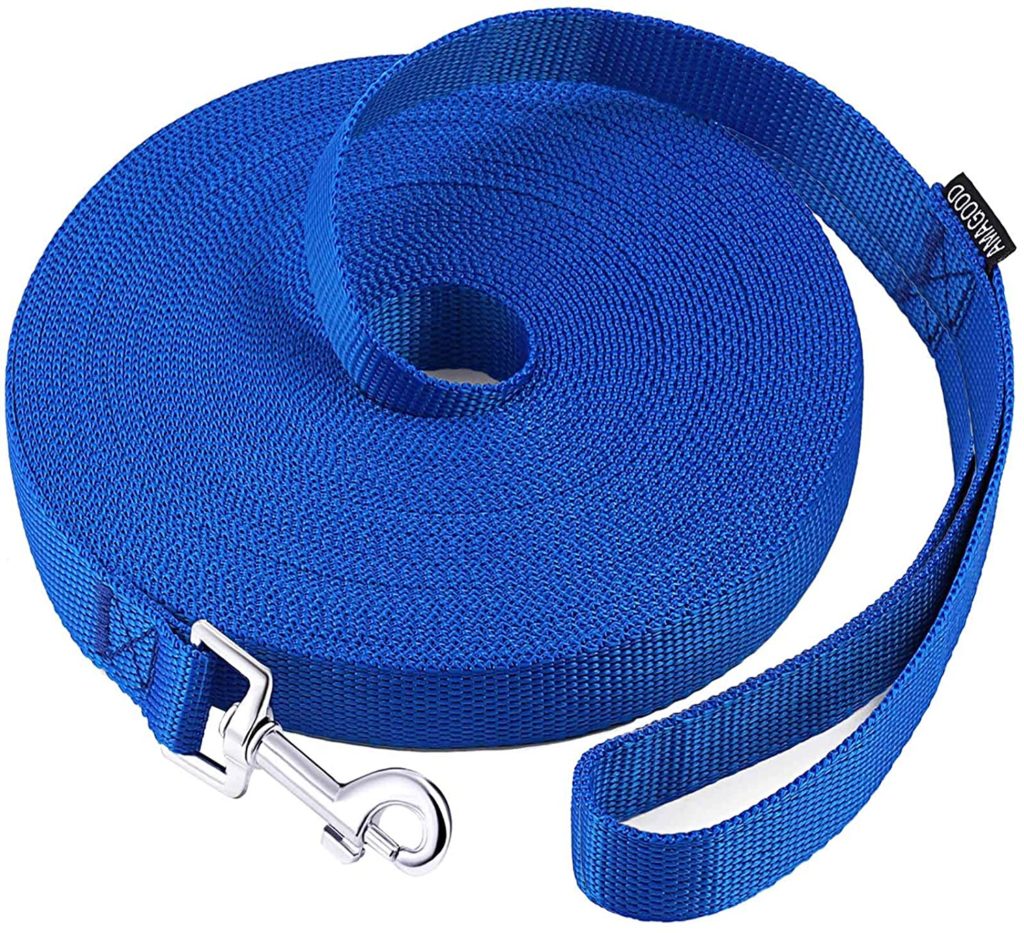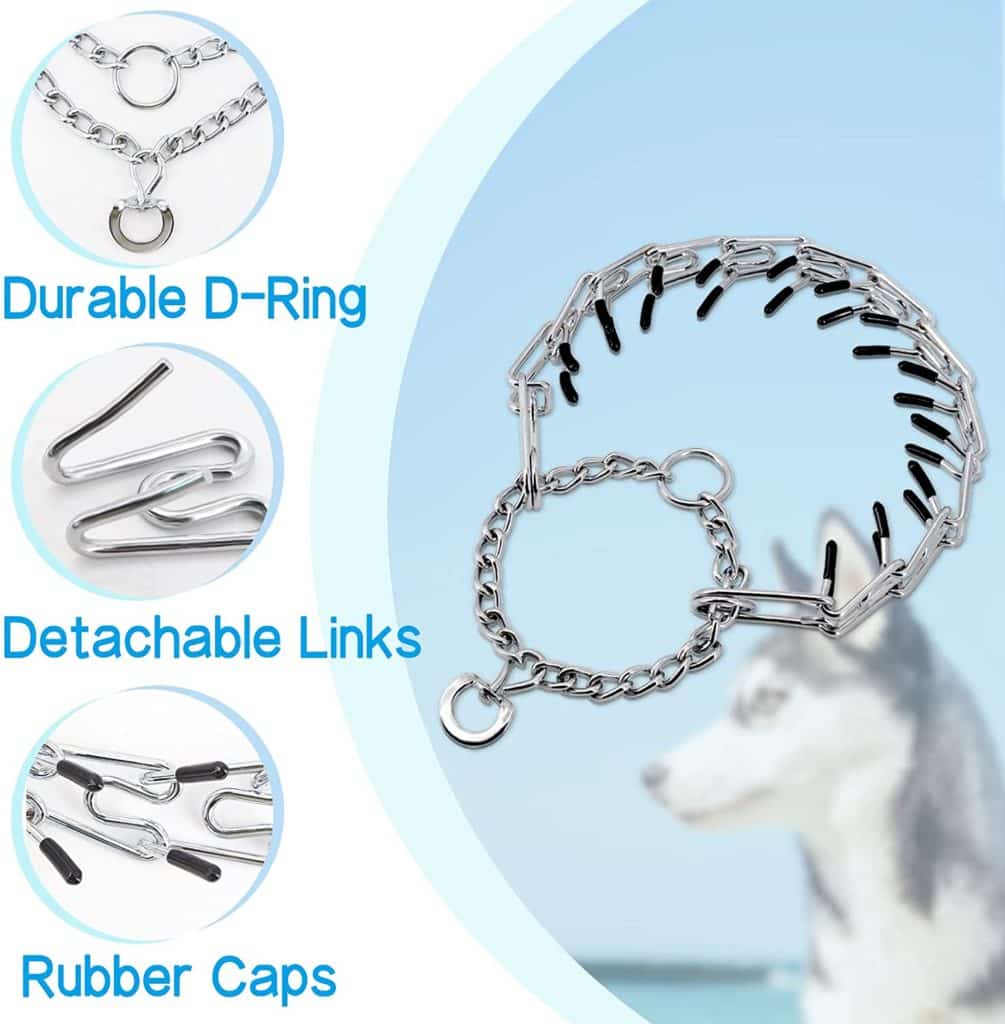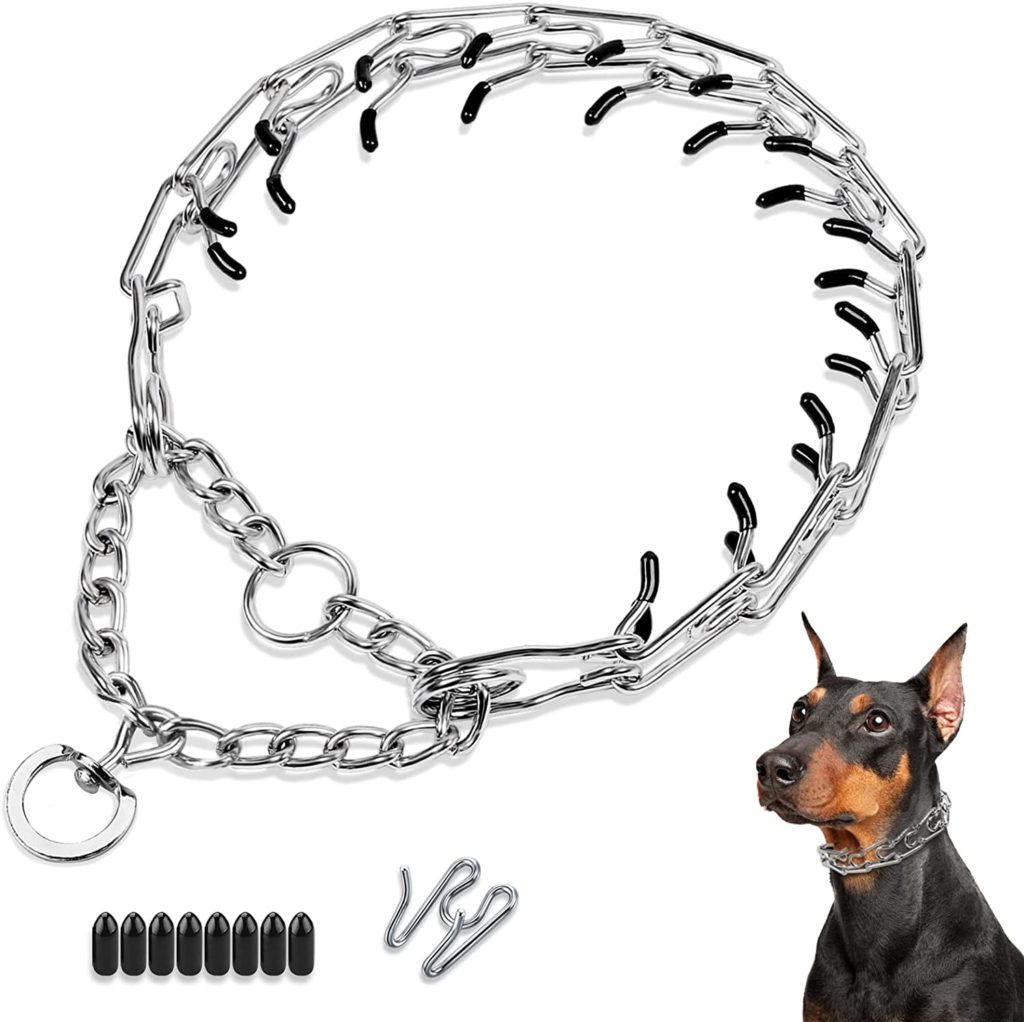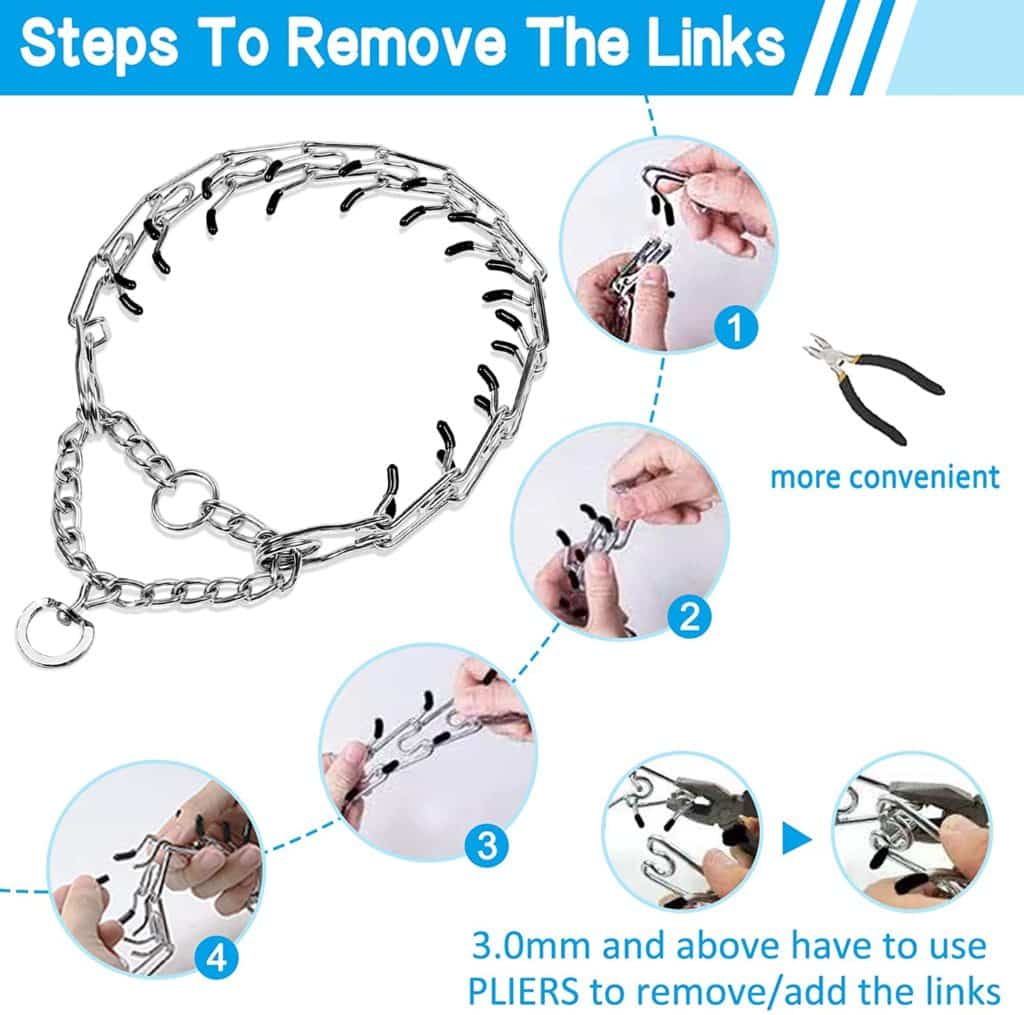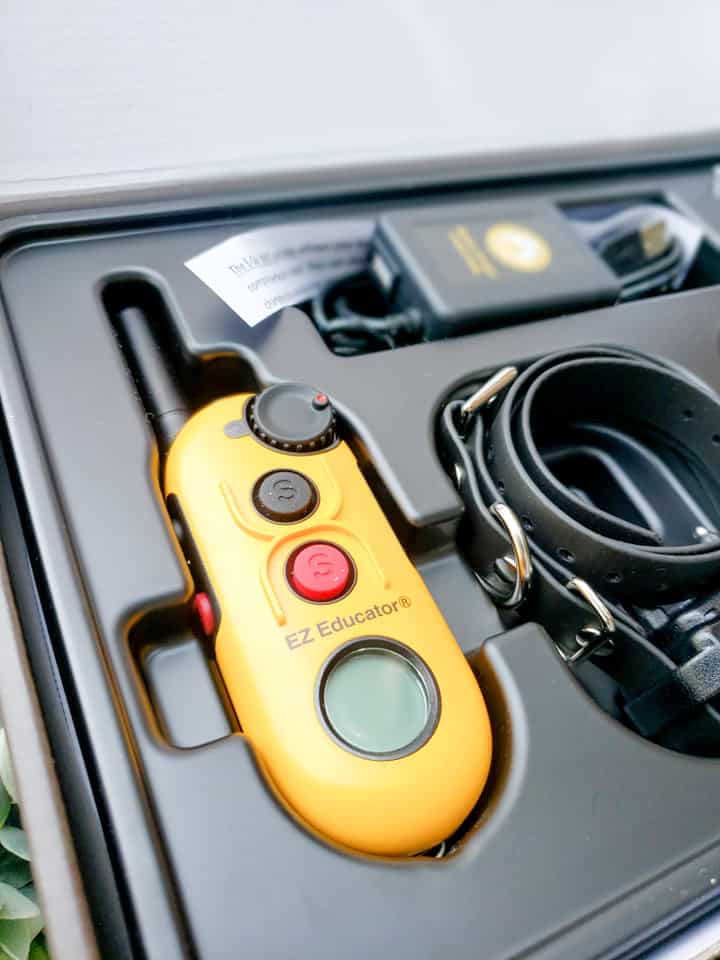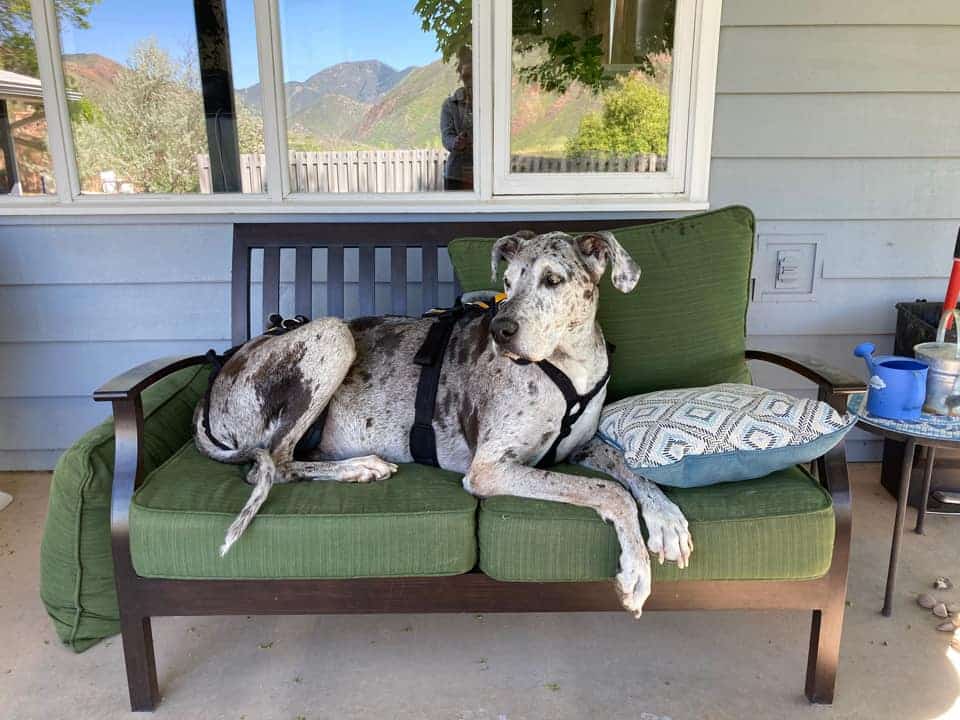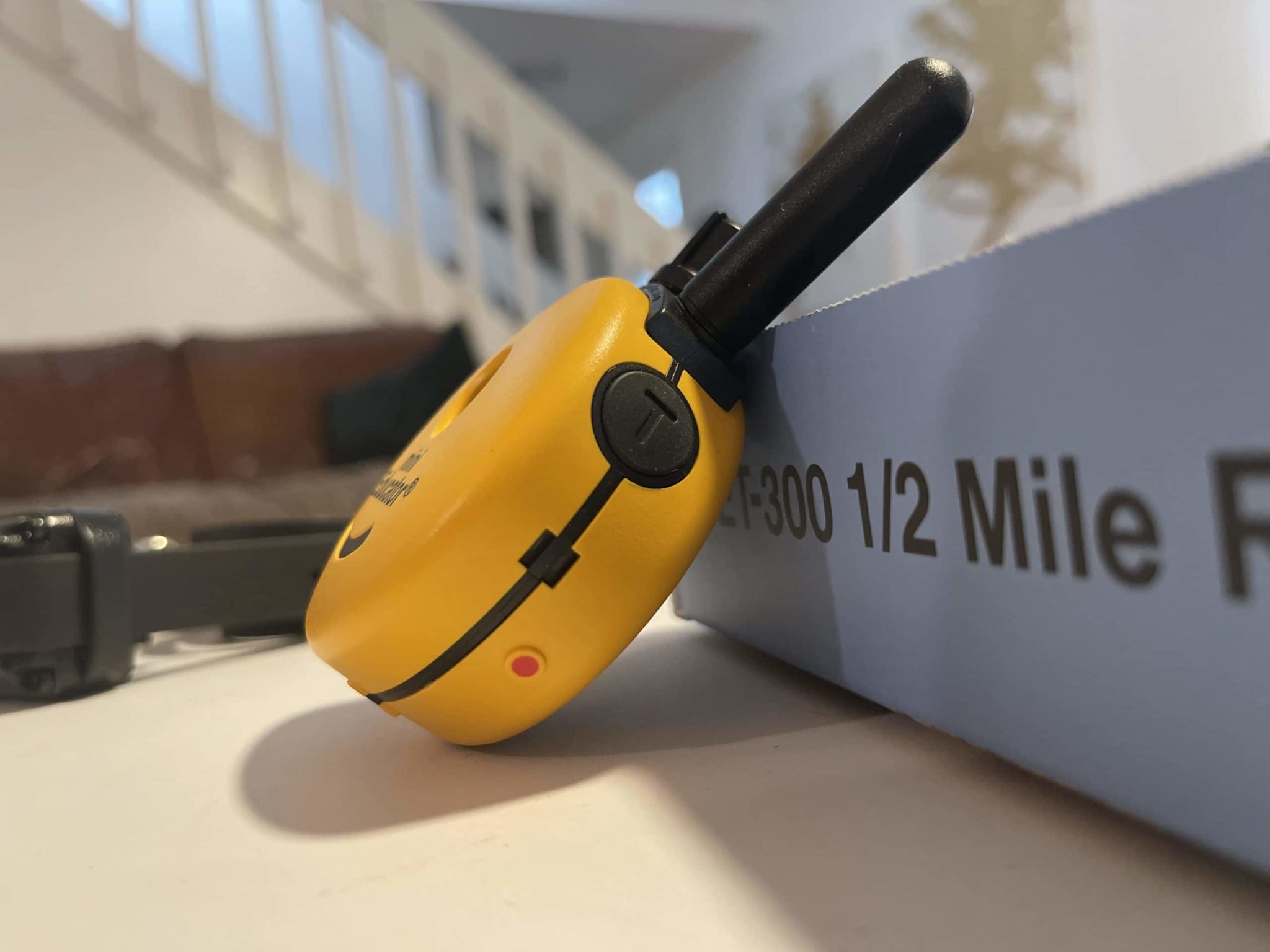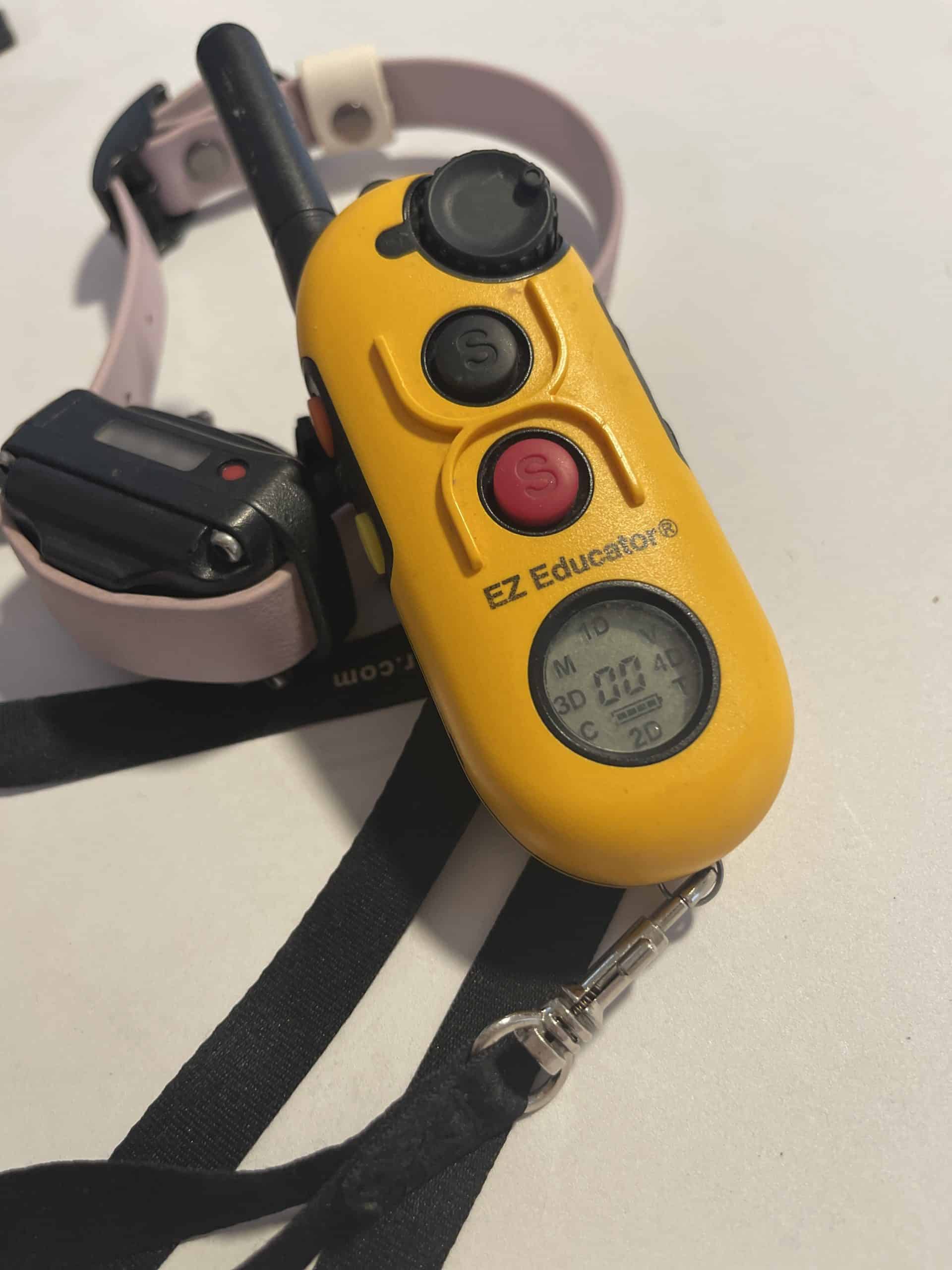Canine Hip Dysplasia is a condition that affects dogs of all breeds, but is most commonly seen in larger breeds. It is a genetic disorder that causes the hip joint to not fit correctly into the socket, which can lead to pain and arthritis. Let’s discuss the causes, symptoms, prevention and treatment options for canine hip dysplasia.
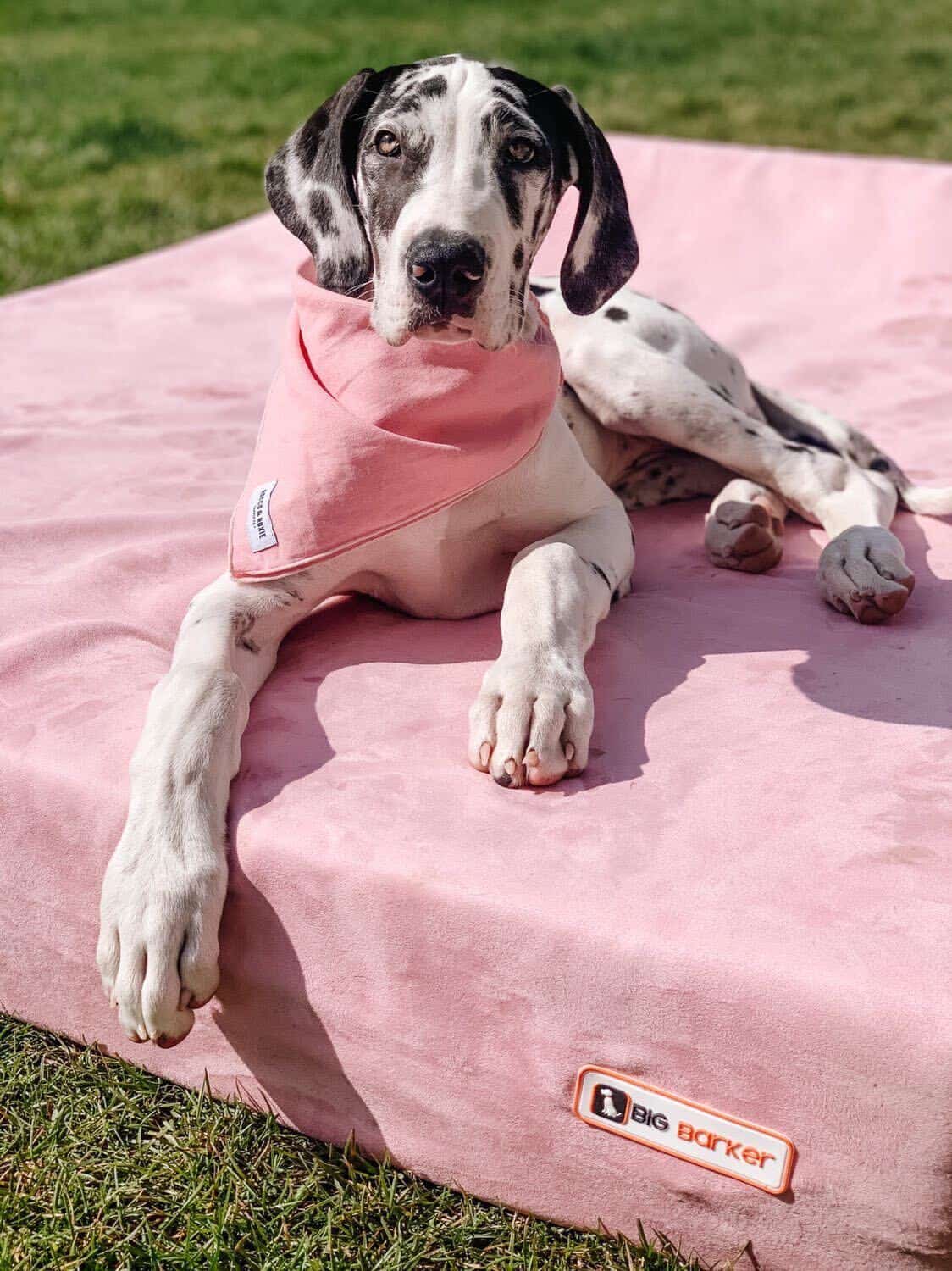
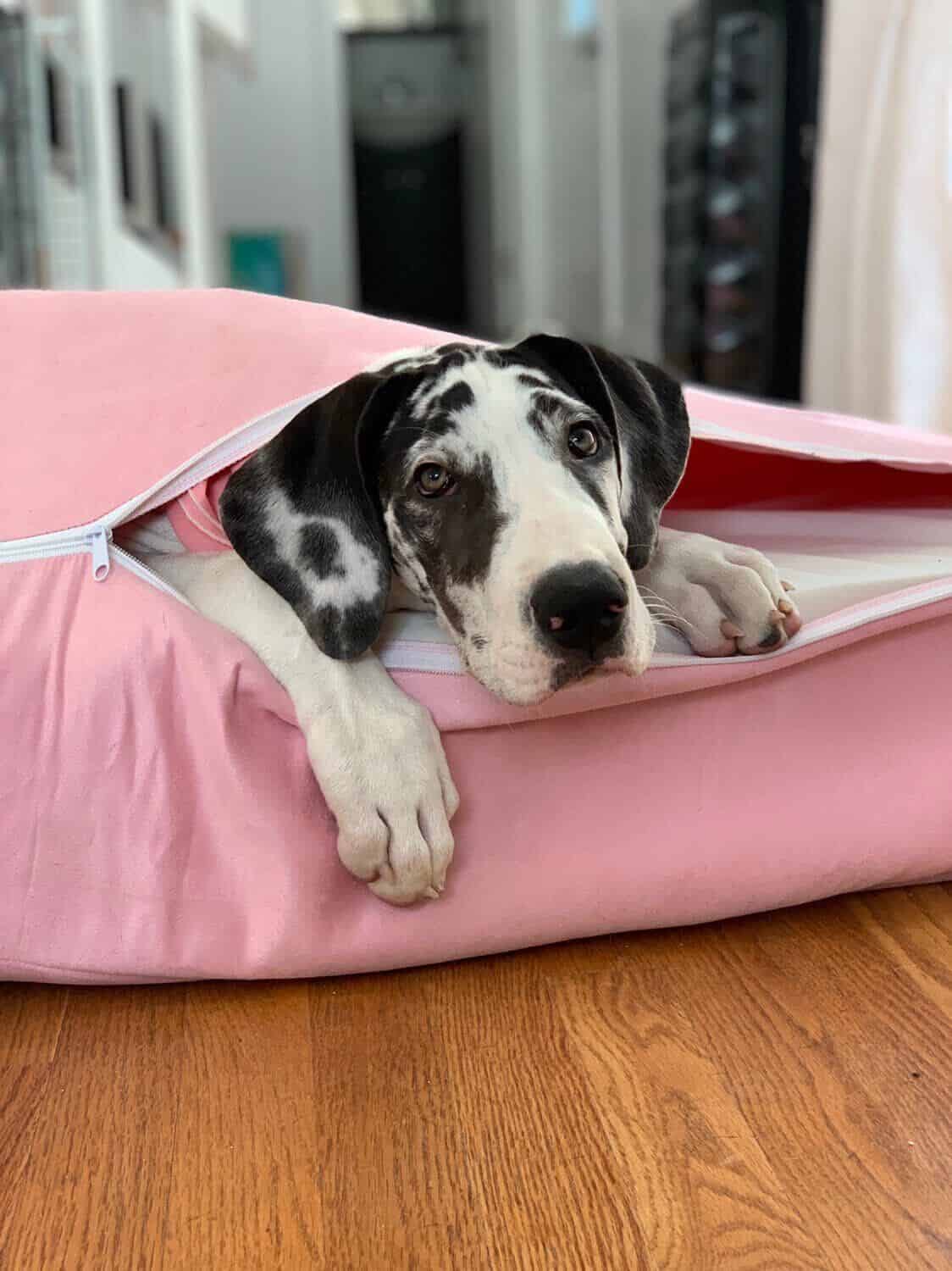
Commonly Affected Breeds
It is mostly seen in large dogs. This is likely due to the fact that larger breeds are more susceptible to joint problems and dysplasia because of their rapid growth rates during puppyhood and size.
Some of the most affected breeds include:
- Great Danes
- German Shepherds
- Labrador Retrievers
- Golden Retrievers
- Rottweilers
Dysplasia can affect many dogs but the dog’s likelihood of developing problems does occur in older dogs and adult dogs who are big.
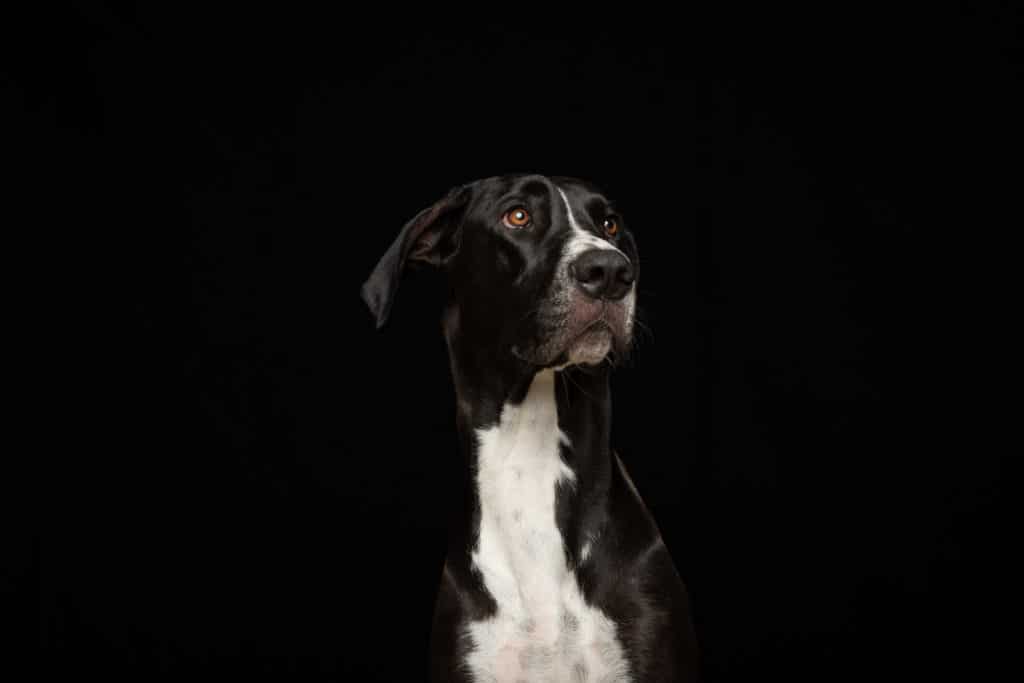
Arthritis in Great Danes? Read here.
Canine Dysplasia Causes
Despite its name, canine hip dysplasia is not actually a disease, but rather a condition that results from abnormalities in the structure of the hip joint.
Dysplasia can affect otherwise healthy dogs and getting a hip dysplasia diagnosis does not mean that dogs with hip dysplasia are unhealthy in all ways.
Joints in dogs hips are composed of a ball and socket joint. However, if the ball or socket are overly large or misaligned, this can lead to friction and strain within the hip joint, causing inflammation, pain, and eventually degenerative joint disease.
Is There a Cure for Dogs With Hip Dysplasia?
While there is no known cure for canine hip dysplasia, there are various treatment options available.
Let’s dive in to discuss some common causes.
Genetic Predisposition and Hip Dysplasia in Dogs
Hip dysplasia is a condition that affects a dog’s hip joints.
This can cause pain and lameness in the affected dog. Hip dysplasia is particularly common in giant breed dogs, although any breed of dog can be affected by this condition.
Hip Dysplasia is a degenerative joint disease that most commonly occurs from a genetic predisposition . This means that the disease is passed down from parent dogs to their puppies.
While there are many different factors that can contribute to the development of hip dysplasia, genetics is thought to be the primary cause.
Developmental hip dysplasia occurs when the hip joints do not develop properly during a puppy’s growth phase.
Excess Weight and Degenerative Joint Disease / Hip Dysplasia in Dogs
Dog owners who have struggled with their dog’s weight loss knows, maintaining an ideal weight can be challenging.
Carrying too much body fat increases risks of degenerative joint diseases, which cause severe pain.
With healthy nutrition / weight, we can boost the metabolic rate and build up muscle mass, while removing pressure on a dog’s hips and dog’s joints.
Proper Diet at a Young Age Plays a Role in Hip Problems
When it comes to degenerative joint disease, diet plays a role in both diagnosing hip dysplasia and treating hip dysplasia. Young, large breed dogs or large mixed breed dogs grow very fast and it is crucial for to feed young dogs a balanced diet.
Great Dane Not Eating- What to Do
Without a balanced diet puppies are prone to conditions like Panosteitis or HOD.
We have an abundance of resources here as to what foods will help set your puppy up for a healthy life.
Inappropriate Exercise
Giving puppies too much or too little exercise can create serious clinical signs and problems.
If they overexert themselves, they can cause scar tissue to form around the joint. This scar tissue can prevent the joint from developing properly, eventually leading to osteoarthritis.
The best way to avoid hip dysplasia is to never ‘force’ your puppy to exercise. Your dog should always have the option to lay down / take a break.
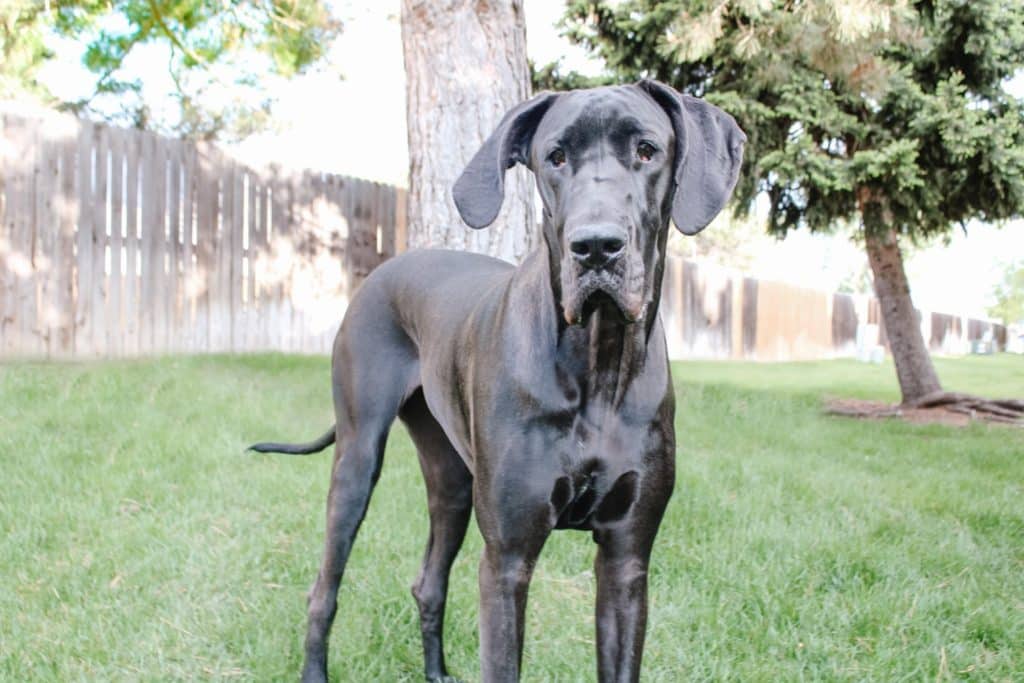
What forms of exercise are best for a Great Dane?
For example, if your puppy is on a leash next to a bicycle, there is no choice for them but to keep running. This can lead them to develop osteoarthritis, hip deformity or hip issues or pain in one or more affected joint.
The Symptoms of Generalized Pain or Hip Pain
If you think your dog is having pain in their hips or joints, there are a few things to look for.
First, check if they are still able to move around normally. If your dog is yelping when they move, has a change in their gait or is walking oddly, this could be a sign that something is wrong.
Other signs to look for are if they are not wanting to jump up on things like they used to, going up and down the stairs slowly or carefully, or having a hard time getting comfortable.
Another sign that causes alarm is ‘bunny hopping’, which occurs with a loose hip joint. The hopping happens when a dog performs more of a bunny hop instead of a traditional run or walk.
How to Treat Hip Dysplasia
If you see your dog develop clinical signs of hip dysplasia, you should take action to treat it. When left untreated, it can progress quicker and cause pain. Here are a few of the treatment methods:
Surgical Procedures
Unfortunately, if your dog’s pain is completely unmanageable, you may have to pursue surgery, which can be invasive and costly.
- One such procedure is called a Femoral Head Ostectomy, or FHO. During a Femoral Head Ostectomy your surgeon will essentially remove part of the femur bone from the affected area. The Femoral Head Ostectomy is a very complicated surgery that requires an experienced surgeon.
- Another option is triple pelvic osteotomy. Triple Pelvic Osteotomy involves surgically exposing and cutting one or more of the three bones connected to the ball of the hip joint.
- The next surgery that can be performed are total hip replacements. A total hip replacement happens when both the socket and ball of the hip joint are removed and replaced with artificial implants. The total hip replacement will be expensive and also high risk, but often times dog owners report an entire new dog after a total hip replacement.
While these surgeries can be very effective, they come with a long list of risks and side effects that you should discuss with your veterinarian.
Pain Medications and Medical Management
There are several different treatment options for hip problems, including nonsteroidal anti-inflammatory drugs (NSAIDs) and therapeutic exercises.
Initially, NSAIDs are often prescribed to help relieve pain and reduce inflammation. These drugs work by inhibiting the production of prostaglandins, which can cause discomfort and joint damage in dogs with hip issues.
Physical Therapy
In addition to medications, clinical signs such as lameness and restricted movement may also be treated through targeted therapy sessions.
Over time, regular exercise can help to ease symptoms of hip dysplasia and improve quality of life for dogs suffering from this condition.
Alternative Treatment
When it comes to treating hip dysplasia in dogs, there are a number of different options available.
This can often be detected by examining the hip, both the ball and the bone itself or by assessing the dog’s gait as they move around.
Ultimately, recognizing the early signs of hip dysplasia will allow you to take action quickly and effectively to provide your dog with the care they need to heal.
Conservative Treatment
Depending on the pet’s clinical signs, you may opt for conservative treatment. This might include using vet prescribed joint supplements, stem cell treatments, exercises that target certain muscles, joint fluid modifiers, or low-impact exercises on the pelvic bone like swimming or swim therapy.
The American Kennel Club also states that Glucosamine is an important supplement for dogs with joint pain, “Large breed dog foods often contain joint supplements like glucosamine. If your veterinarian diagnoses your dog with arthritis, glucosamine will likely be part of a comprehensive treatment plan. They will most likely recommend a chewable supplement veterinarian-grade dose of glucosamine and chondroitin.”
Can I Prevent Hip Dysplasia from Happening?
Since Dysplasia is very largely genetic, you will need to prevent it by choosing a puppy from a breeder who routinely screens their breeding stock for dysplasia. Knowing the breeder in which your puppy comes from can also be a great way to get canine hip problems diagnosed young and work to prevent it from progressing.
You can also take some measures to prevent obesity in your pet, which will help to keep the hip joint healthy and reduce the risk of developing dysplasia later on.
Maintaining a healthy weight is important for all dogs, but it’s especially crucial for those who are predisposed to joint issues.
A good way to keep your dog at a healthy weight is to make sure they get plenty of exercise and eat a balanced diet.
You should also avoid giving them too many table scraps or letting them beg for food, as this can lead to obesity over time.
Juvenile Pubic Symphysiodesis (JPS)
Juvenile Pubic Symphysiodesis (JPS) is a non invasive procedure when a puppy is growing that actually changes the way that a dog grows, ultimately preventing them from developing hip dysplasia.
This procedure needs to be done very young because the puppies joints are still changing and growing, and with a procedure can be ultimately manipulated in order to work to prevent the development of the joint malfunction.
Hip dysplasia is a condition that can be painful and debilitating for dogs, but with early diagnosis and treatment, many pets are able to lead happy lives.
Working to get your canine hip dysplasia diagnosed is important so that you can provide the best possible treatment.
Read More:
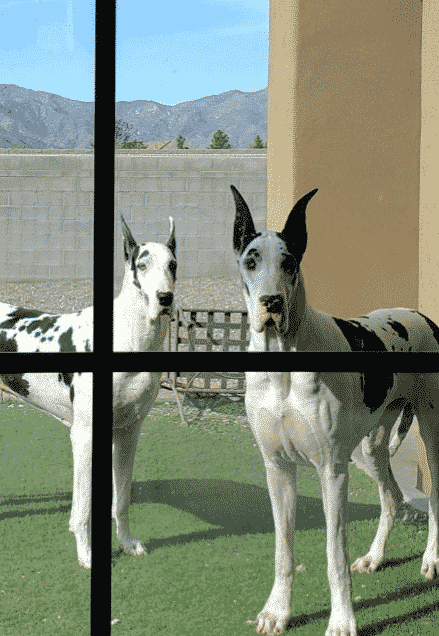
JOIN OUR COMMUNITY
Do you like modern positive+balanced off-leash dog training, science-based information, life with Danes, educated ownership and chatting with other like-minded people?
Join our growing Facebook group!
